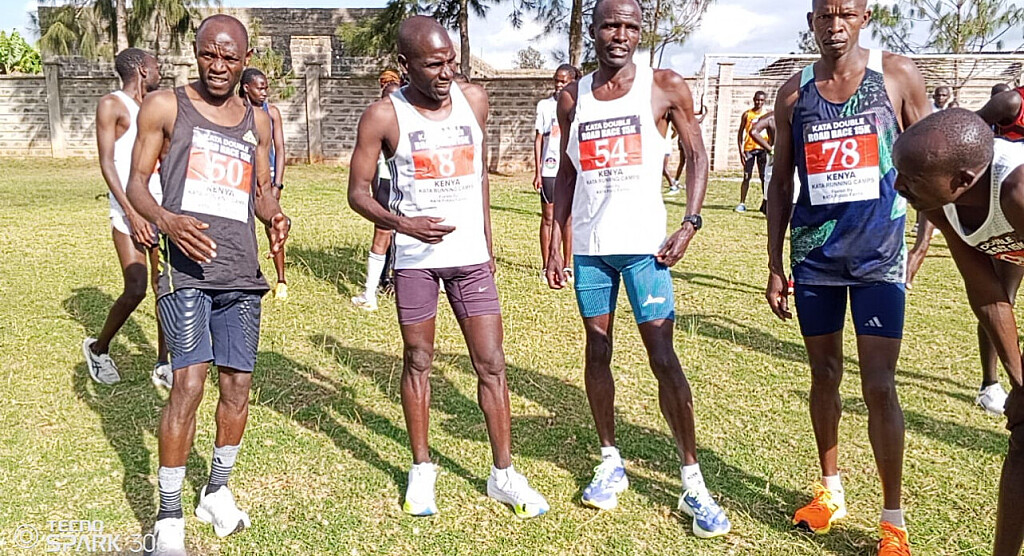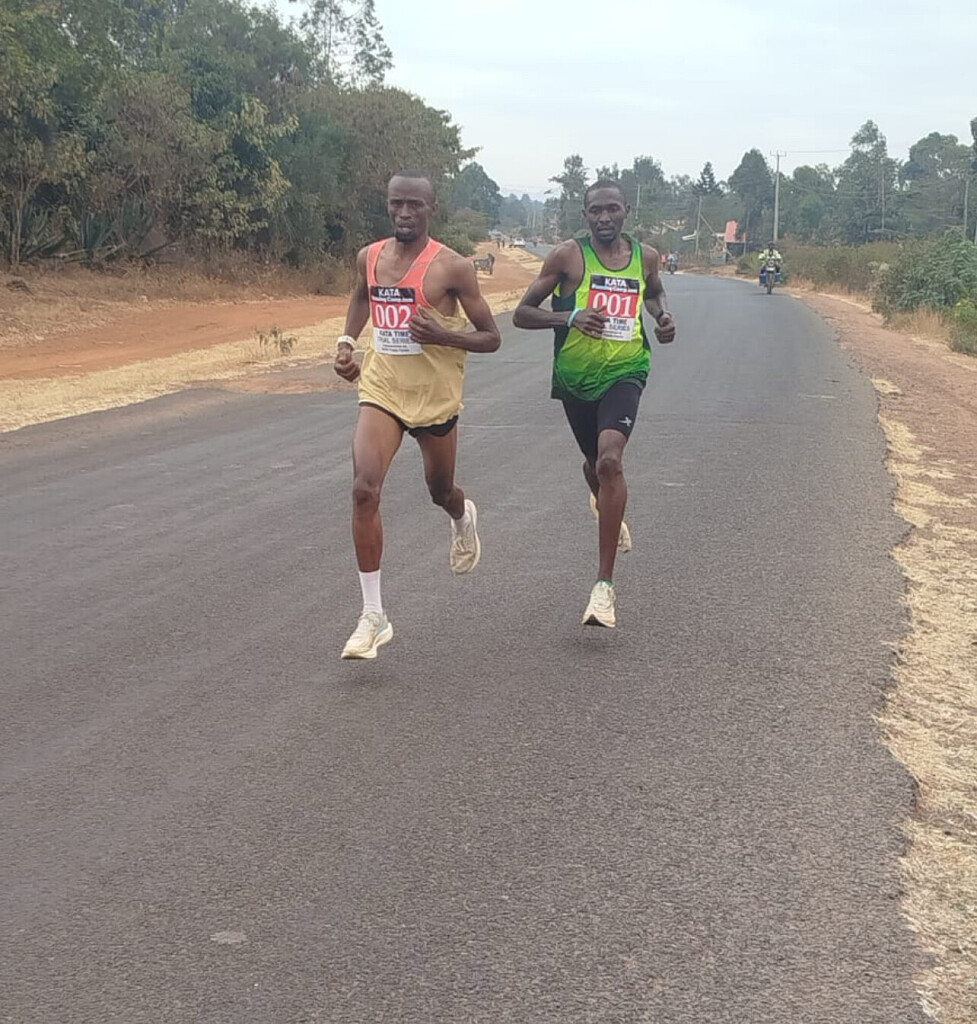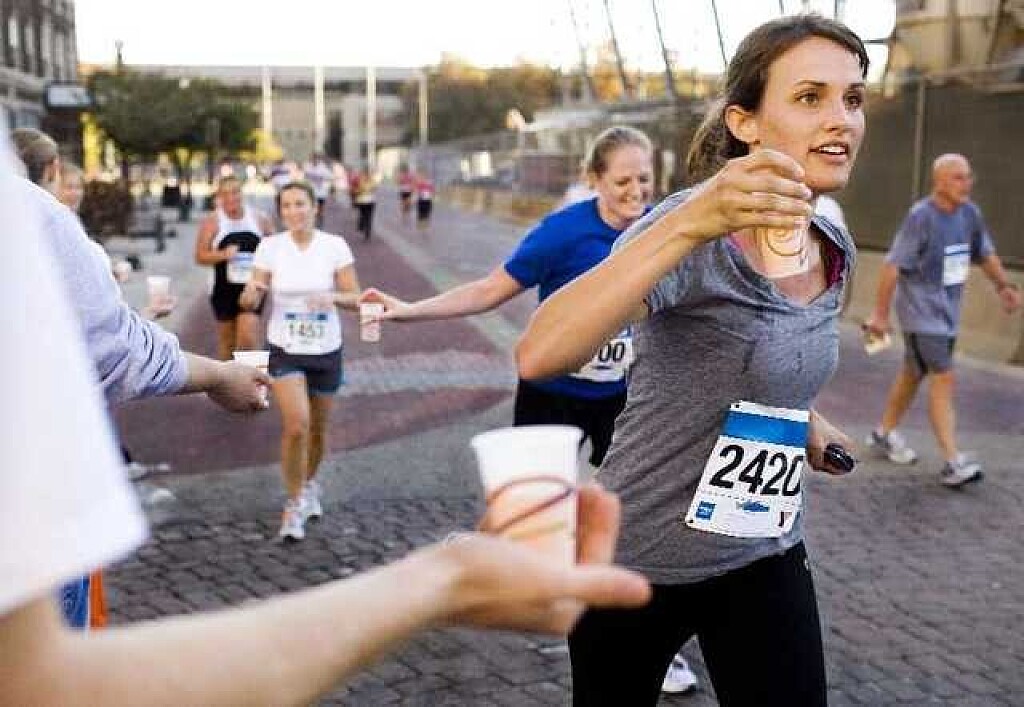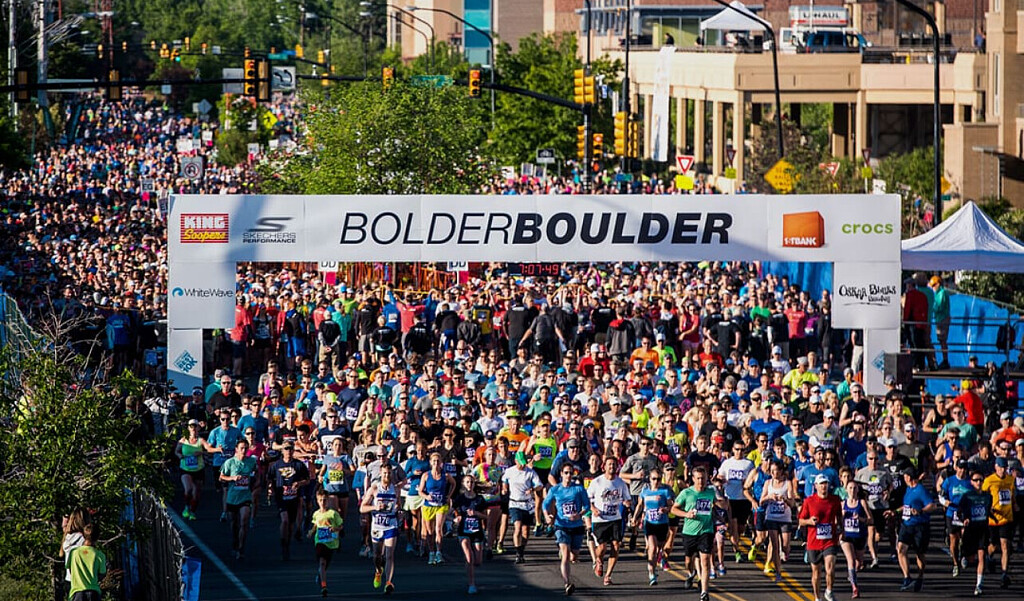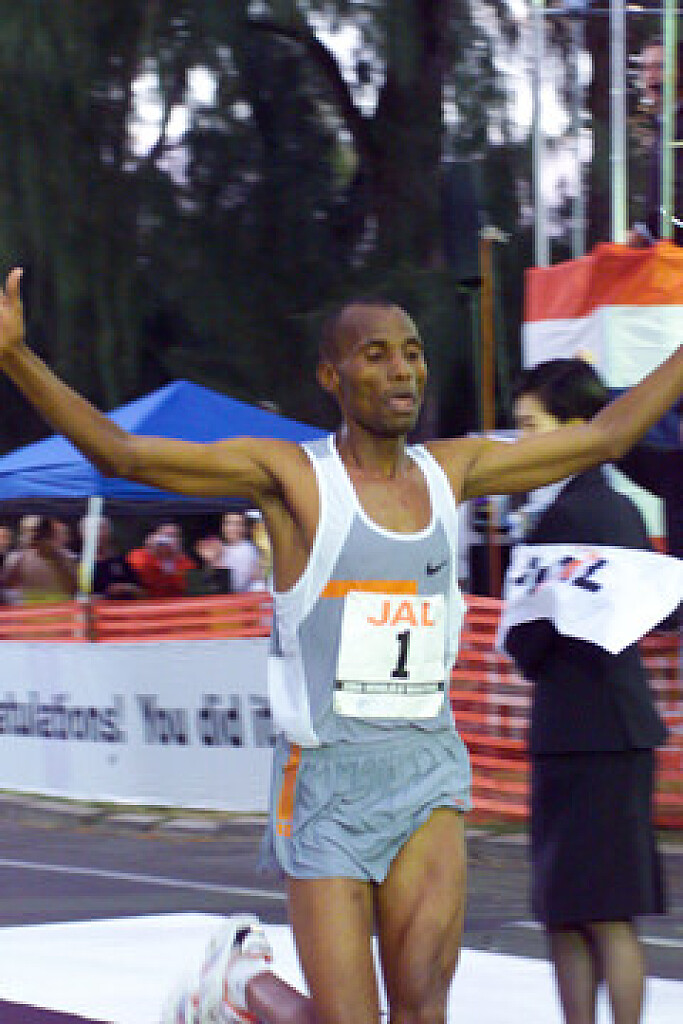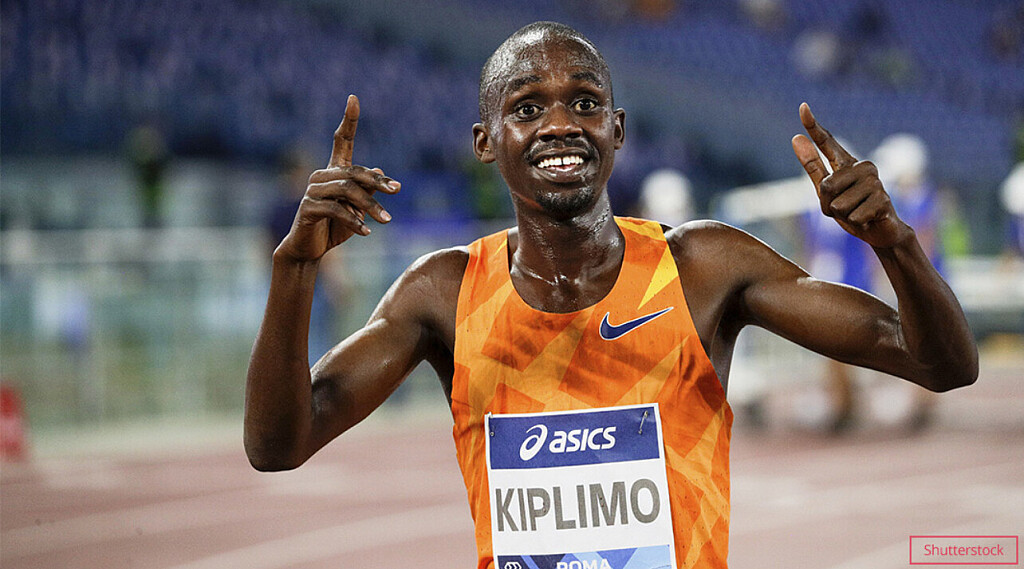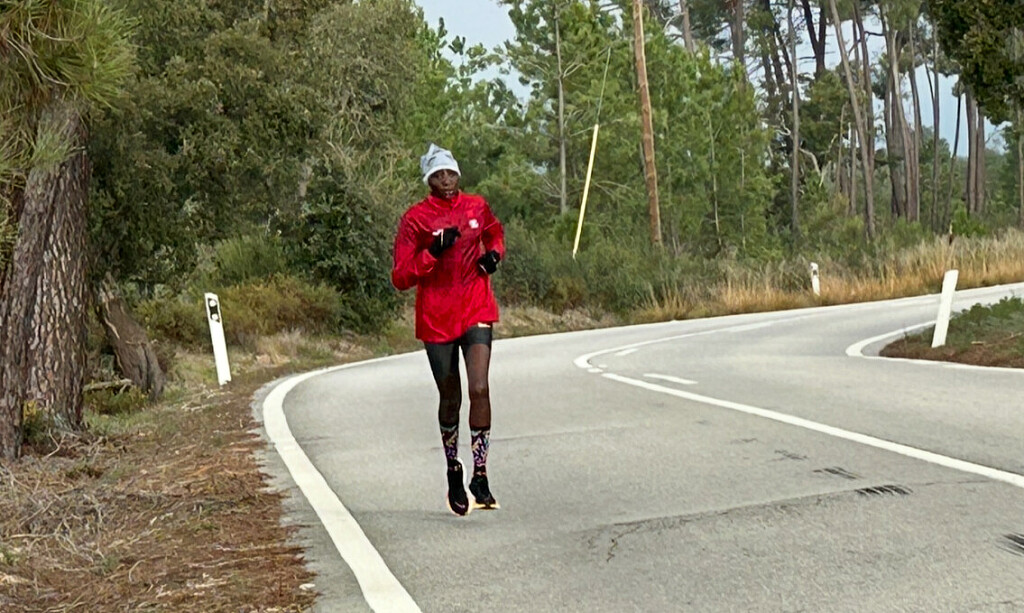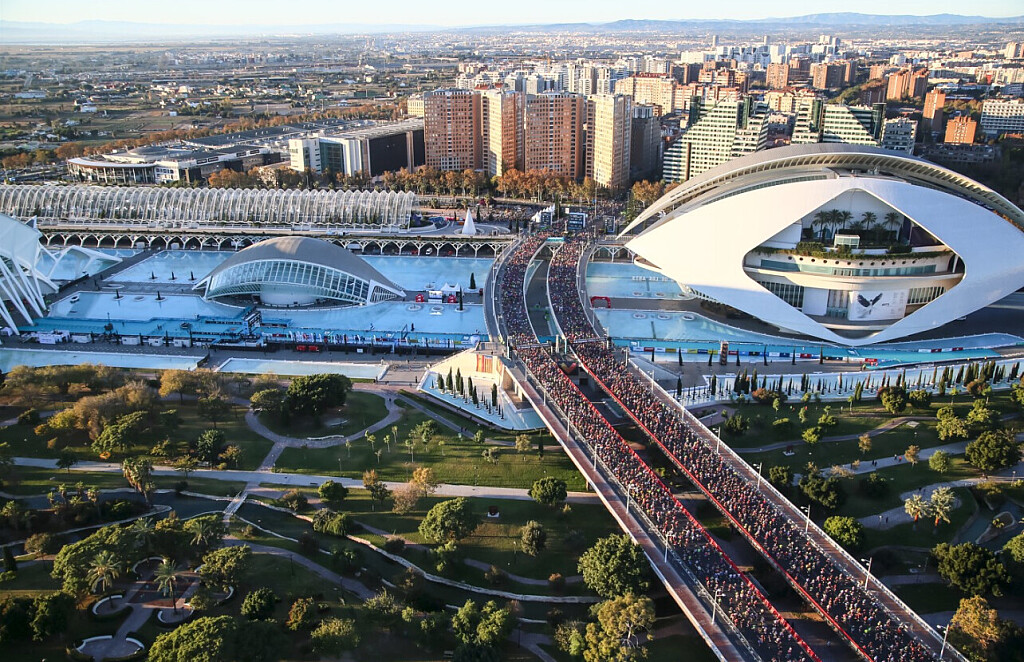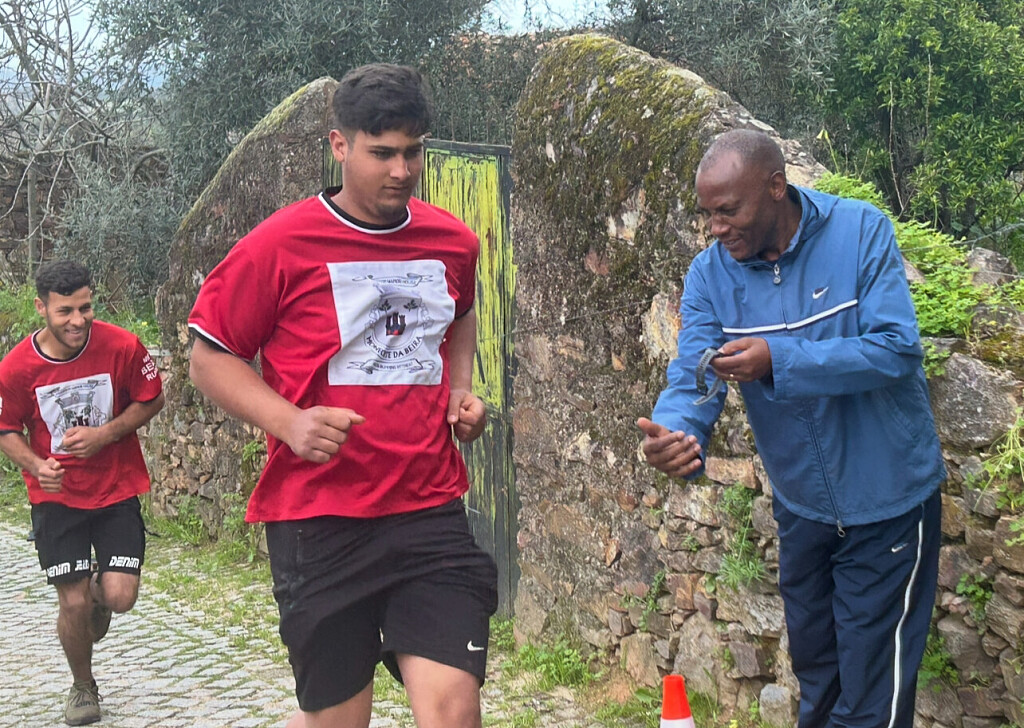Running News Daily
Running News Daily is edited by Bob Anderson. Send your news items to bob@mybestruns.com Advertising opportunities available. Train the Kenyan Way at KATA Kenya and Portugal owned and operated by Bob Anderson. Be sure to catch our movie A Long Run the movie KATA Running Camps and KATA Potato Farms - 31 now open in Kenya! https://kata.ke/
Index to Daily Posts · Sign Up For Updates · Run The World Feed
Articles tagged #Jimmy Muindi
Today's Running News
The fifth annual KATA Double Road Race in the making
The small town of Thika is alive with excitement today. Athletes, coaches, families, and even farmers have gathered at the Kenya Athletics Training Academy (KATA) grounds for the 5th edition of the Double Road Race—a unique competition that, in just five years, has become a symbol of innovation in Kenya’s running culture.
Unlike conventional races, the Double Road Race challenges athletes to complete two segments with a rest break in between. Final standings are determined by combined times. It’s a test of speed, endurance, and resilience that forces runners to rethink race strategy and dig deeper than ever before.
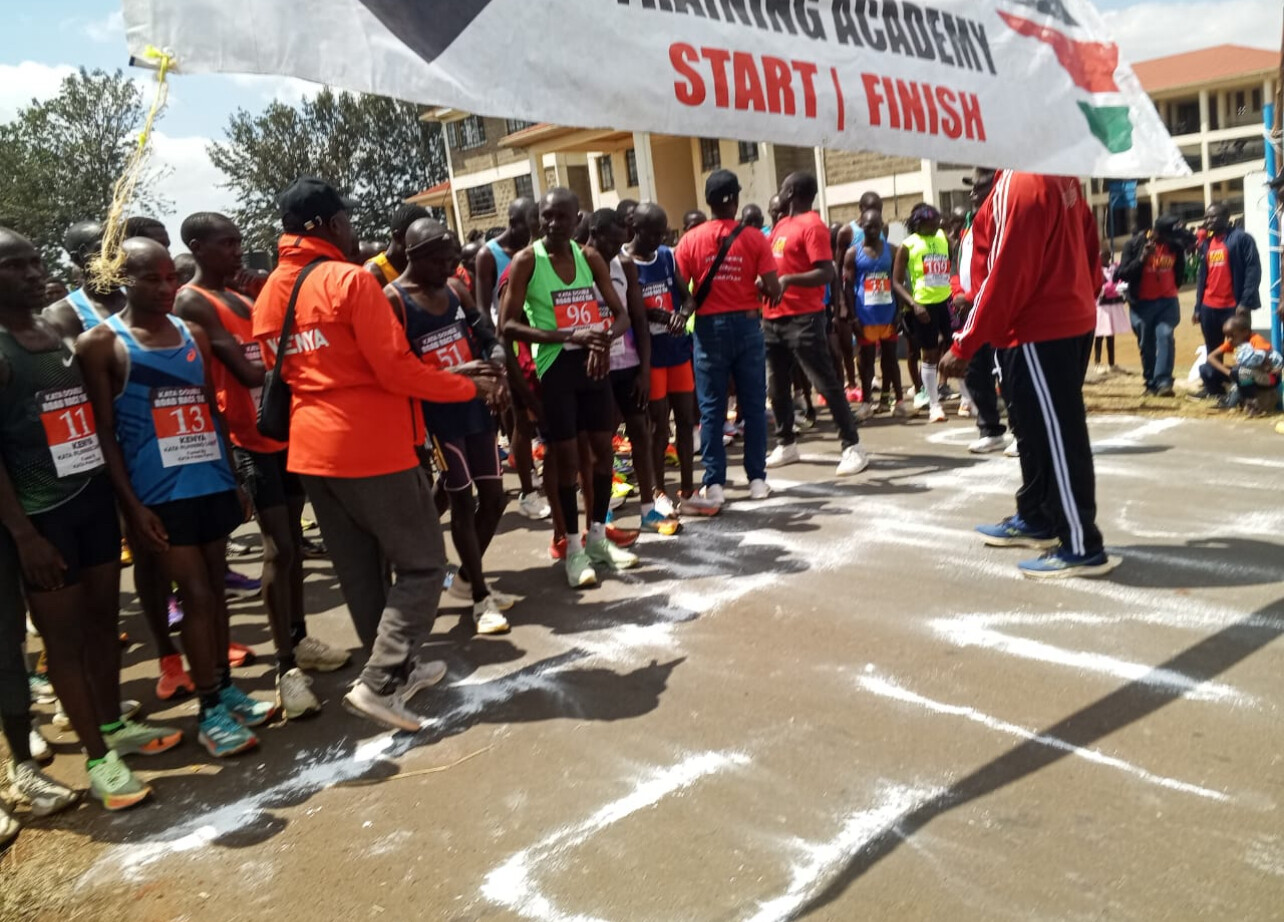
The Birth of a Vision
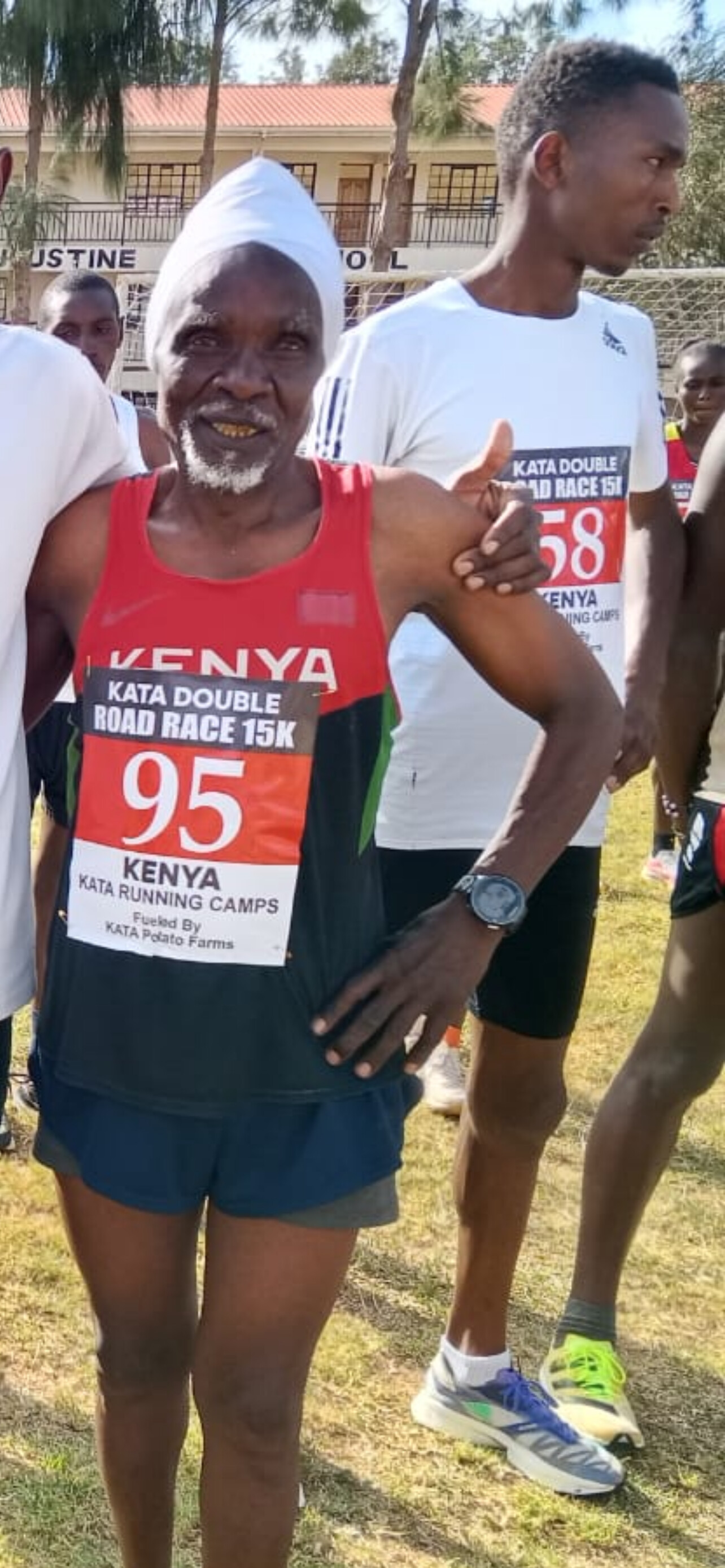
The idea for KATA was born thousands of miles away. Bob Anderson, American publisher and lifelong runner best known as the founder of Runner’s World magazine, was inspired by the immense talent in Kenya but also saw structural gaps that held many athletes back.
Anderson’s vision was radical: create a training academy in Kenya that produced champions while also empowering communities. From this dream, KATA was founded in Thika—and one of its cornerstones was introducing the Double Road Race format to Kenyan soil.
Enter Jimmy Muindi: From Star to Mentor
No story of KATA is complete without Jimmy Muindi. The six-time Houston Marathon champion and former coach of world record holder Patrick Makau embodies the blend of experience and inspiration KATA thrives on.
From steeplechase junior champion at the 1992 World Juniors in Seoul to victories in Rotterdam and Honolulu, Muindi’s career reads like a running epic. As a coach, his highest moment came when Makau broke the marathon world record.
“The double tests body, mind, and spirit,” Muindi says. “It forces athletes to dig deep in ways they are not used to. That is how champions are made.”
Coach John Matheri’s Guiding Hand
While Muindi brought international pedigree, respected Kenyan coach John Matheri rooted the project locally. Known for discovering village talent and molding disciplined athletes, Matheri has helped weave community runners into the Double Road Race fabric.
“Returning for the second run after your body is tired teaches resilience,” Matheri explains. “That is what separates ordinary runners from great champions.”
His philosophy has given countless young runners not only a chance to compete, but also recognition and hope.
The Power of Exposure
One of the Double Road Race’s most innovative features is its commitment to visibility. Every runner’s time—first or last—is posted on the official website. For Kenyan athletes who rarely enjoy digital exposure, this is game-changing.
“Even if you are the last, your time is posted,” Muindi emphasizes. “Managers and sponsors around the world can see it. That exposure is priceless.”
In an age where social media visibility can launch careers, Anderson’s decision to democratize exposure has made the Double Road Race a vital platform.
A Vibrant Turnout in Thika
This year’s participation proves the format’s momentum. Squads from across the region have confirmed attendance, including Kata 1, 3, 4, 7, 9, 10, 13, 14, 15, 16 (with an impressive 16 runners), 17, 18, 20, 23, 24, 25, 29, 30, 31, and 32.
Adding further depth, farmers’ groups F20, F24, and F31 are also present—evidence of KATA’s reach beyond athletics and into the heart of Kenyan communities.
As one organizer shared in a WhatsApp update: “What an amazing turnout we are going to have.”
Beyond Competition: Building a Culture
For runners, today is more than a race. It’s a chance to test themselves, mark progress, and belong to something larger. For KATA, it’s proof of concept: grassroots blending with elite, communities meeting global culture, and tradition reimagined through innovation.
The Double Road Race, once a bold experiment by an American visionary, has now become part of Kenya’s running story.
Looking Ahead
Five editions in, the Double Road Race is no longer a novelty—it’s becoming an institution. Under the Thika sun, young runners, seasoned coaches, and cheering farmers weave together a tapestry of resilience and hope.
Anderson’s ambition, supported by Kenyan mentors like Muindi and Matheri, is for KATA to nurture athletes from primary schools to the world stage. With support from federations, sponsors, and government, the academy could become a model far beyond Kenya.
For now, as the second leg unfolds, Thika celebrates not just a race but the journey of an idea that dared to be different. Kenya’s running legacy isn’t only about medals—it’s about reimagining what running can be, and building a future where every stride counts.
Photo Gallery: https://kata.ke/gallery.php?g=1
by Robert kibet
Login to leave a comment
KATA Time Trial at Kangundo Camp 17 Showcases Rising Talent
Kangundo, Kenya – August 2025 – The KATA Running Camp 17, operated by legendary marathoner Jimmy Muindi, hosted a competitive 10km time trial that highlighted both established runners and emerging young talent.
The event saw Thomas Mutua take command of the race, finishing first in a sharp 30:35, closely followed by Francis Kioko, who crossed the line just ten seconds later in 30:45. The battle for third was claimed by Joshua Maingi in 31:40, holding off Daniel Kilonzo (32:30).
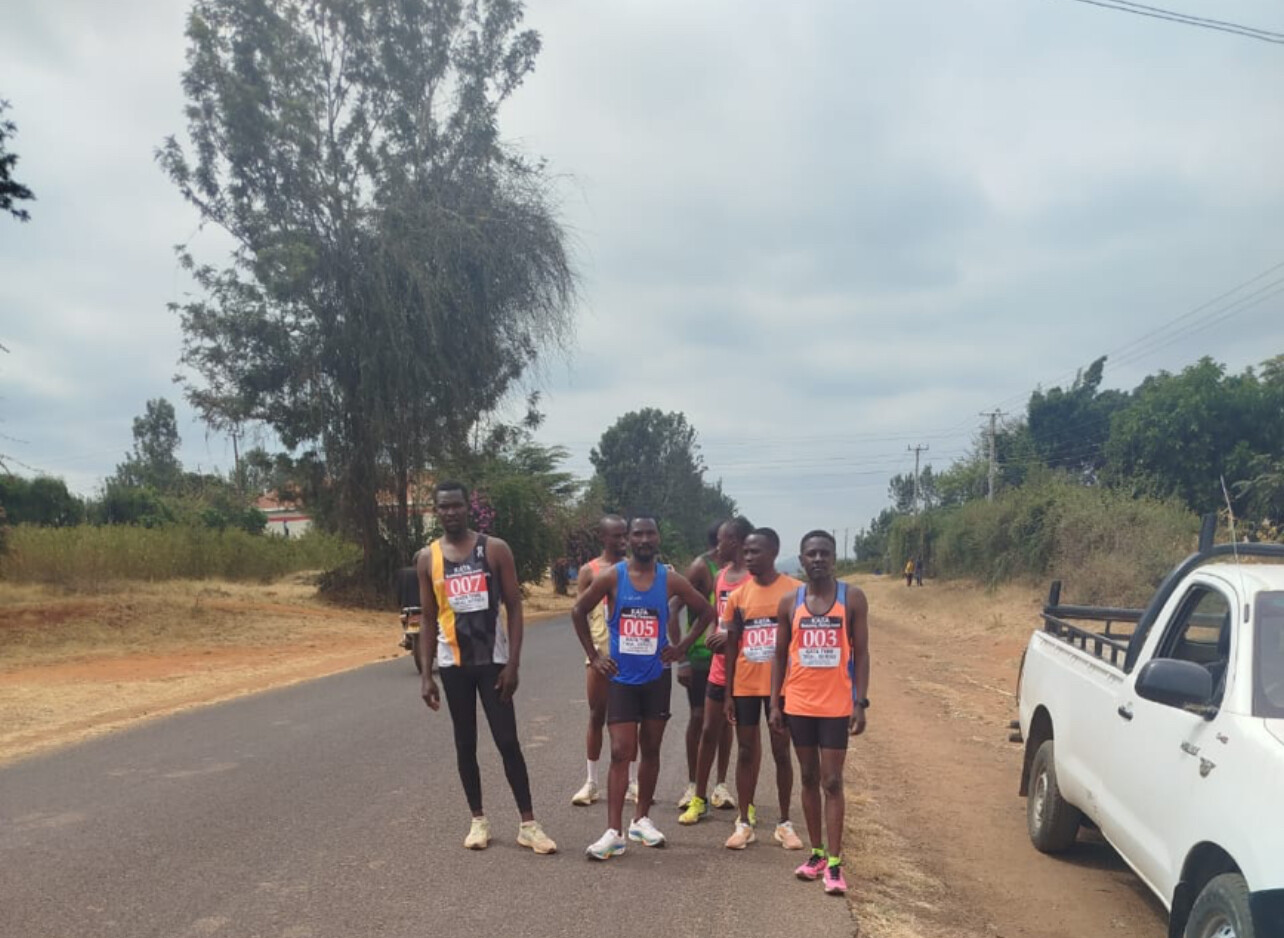
Further down the field, Charles Ndunda clocked 35:25, while the standout performance of the day came from 14-year-old Stephen Kioko, who impressed the camp with a determined 37:20 over the challenging 10km distance. Maingi Mutisya rounded out the results with 37:40.
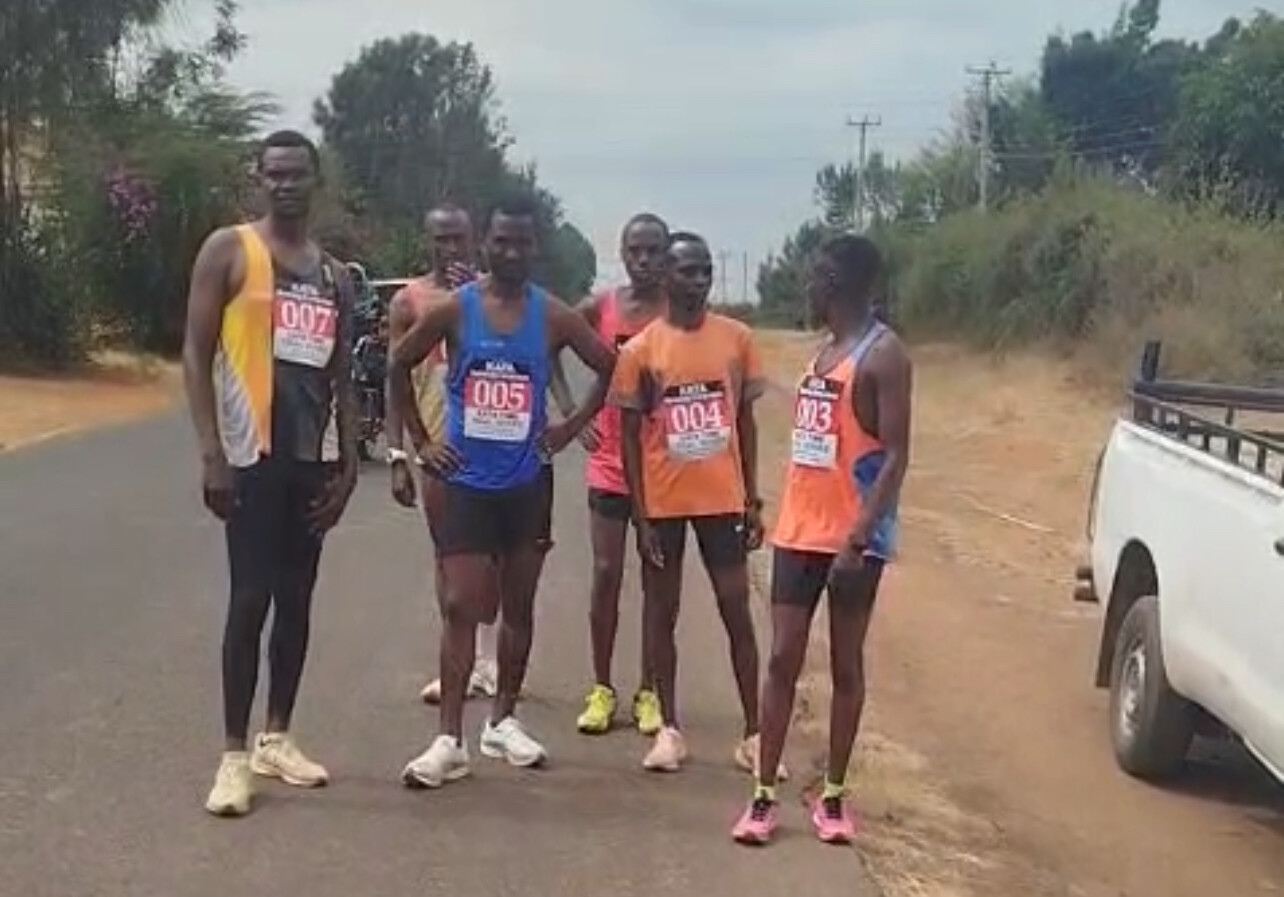
Results – KATA Kangundo Camp 17, 10km
1. Thomas Mutua – 30:35
2. Francis Kioko – 30:45
3. Joshua Maingi – 31:40
4. Daniel Kilonzo – 32:30
5. Charles Ndunda – 35:25
6. Stephen Kioko (14 yrs) – 37:20
7. Maingi Mutisya – 37:40
Camp 17 continues to build momentum under the guidance of Muindi, a six-time Honolulu Marathon champion and one of Kenya’s most respected road runners. The Kangundo group is part of the expanding KATA program, founded by Bob Anderson, which has now established 30 KATA Running Camps across Kenya. Each camp pairs elite-level training with a sustainable farming model, creating opportunities for athletes to chase their running dreams while supporting local communities.
by Boris Baron
Login to leave a comment
From Dirt Roads to Global Dreams: Inside Kenya’s Fastest-Growing Running Movement
In the heart of Kenya’s Rift Valley and beyond, a quiet revolution in athletics is underway. What began as a modest idea has grown into a dynamic movement that now spans 19 KATA Running Camps and Potato Farms across Kenya—plus two international retreats, including one at the historic Anderson Manor in Monforte da Beira, Portugal.
And it’s happening fast.
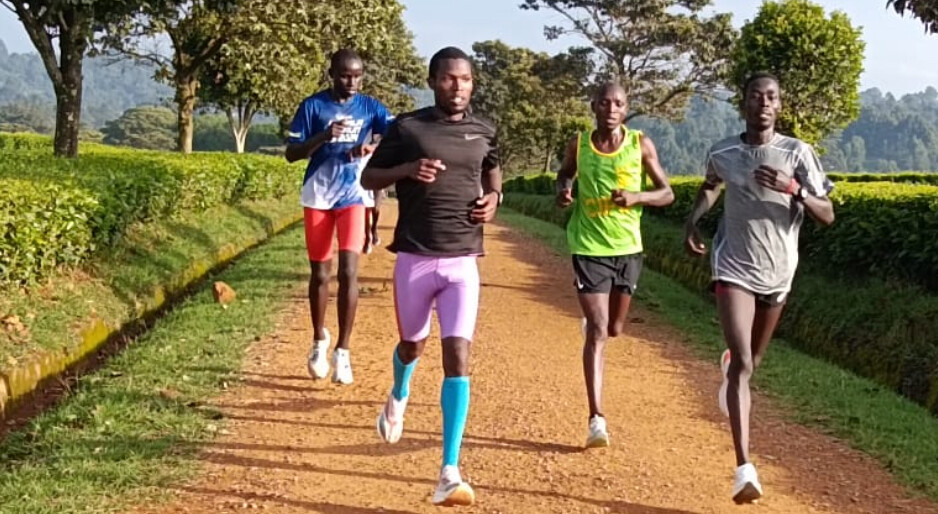
“We never planned to expand this quickly,” says Bob Anderson, founder of KATA and a lifelong advocate for long-distance running. “But the momentum of this movement just couldn’t be slowed down. We’ll be confirming one more camp shortly, and additional locations will follow in early 2026.”
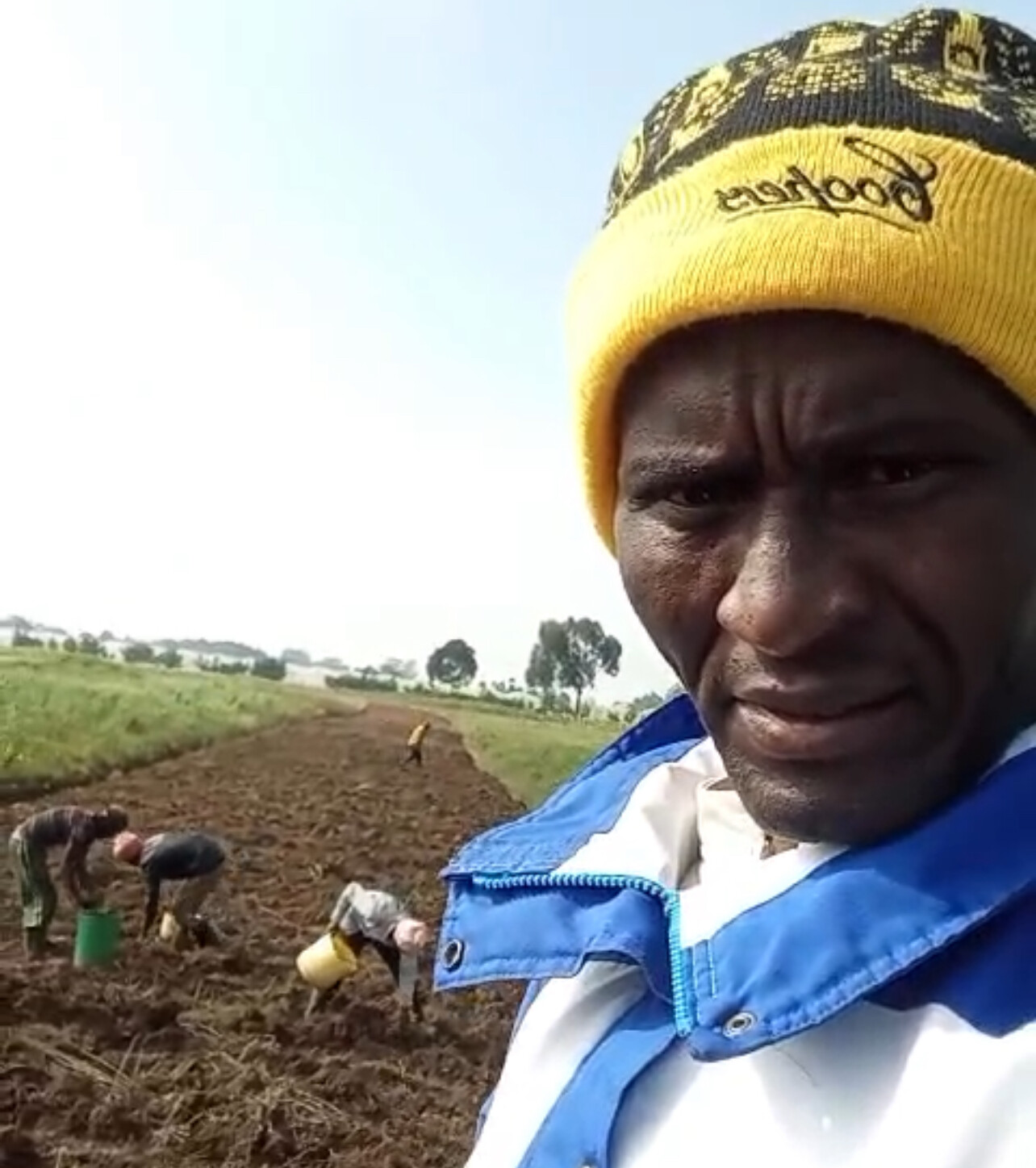
KATA—short for Kenyan Athletics Training Academy—is unlike anything else in the world of distance running. It blends elite training with economic empowerment, giving young athletes not only the tools to run fast, but also a system that sustains them—and their communities—beyond the track.
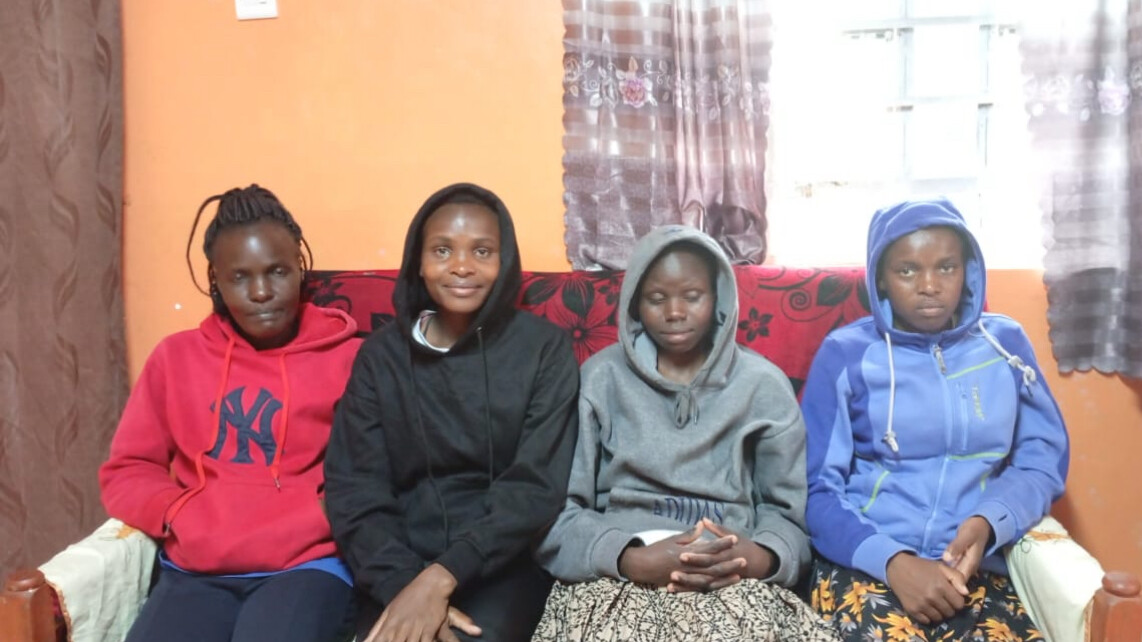
“This is not just sports development,” says Brigid Chebet, a Kenyan journalist who has closely followed the program. “It’s a model of rural transformation through athletics. And Kenya may finally have found a winning formula for generations to come.”
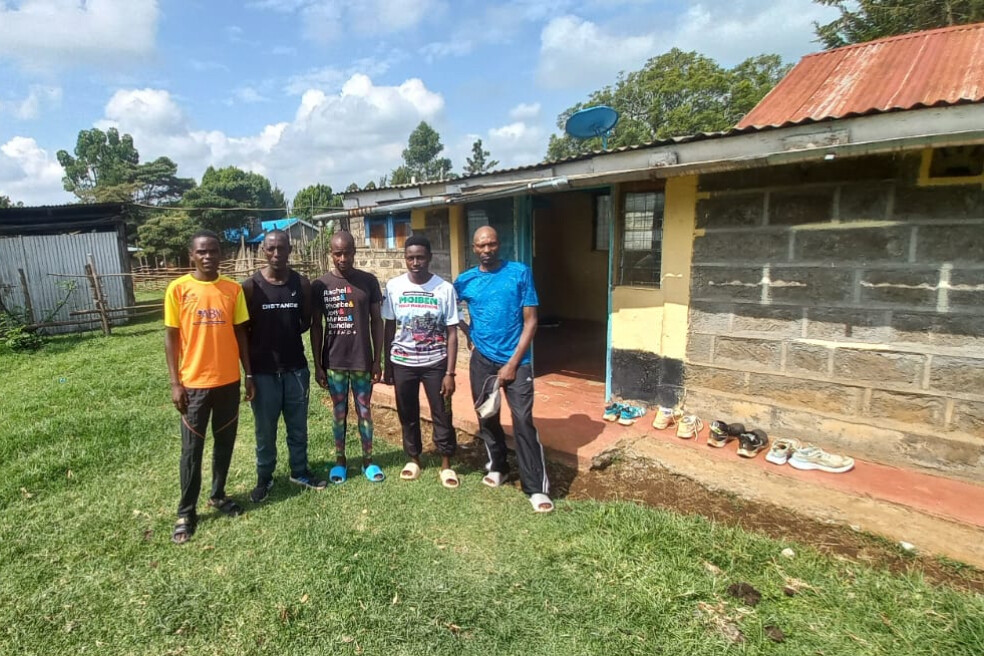
From a Vision to a Movement
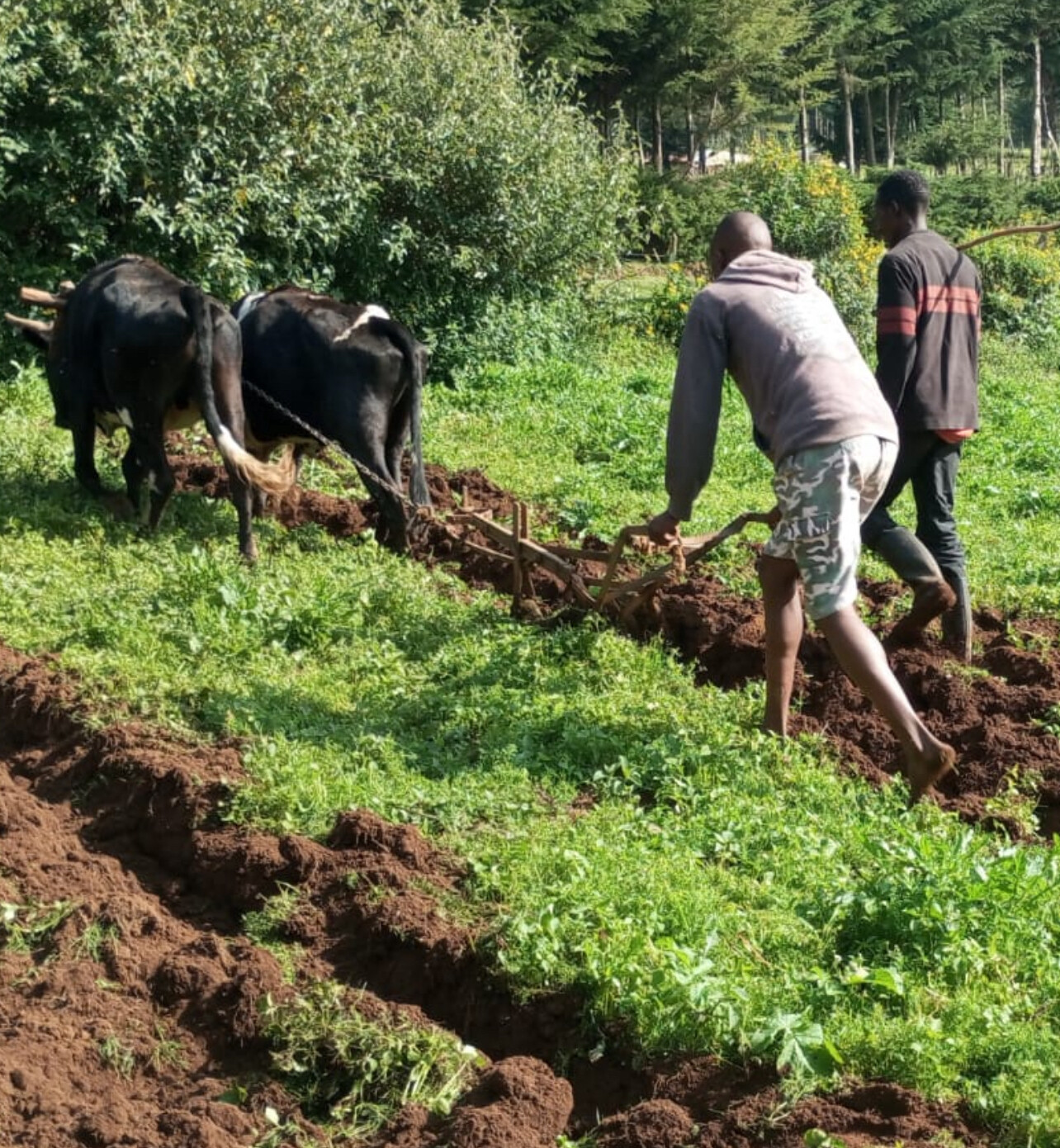
KATA was founded by Bob Anderson, an accomplished American runner who created Runner’s World magazine and later My Best Runs. After visiting Kenya in 2014, he was deeply inspired by the raw talent scattered throughout rural communities—athletes with potential but no pathway.
“He saw a path that few others in athletic management had envisioned—a system that not only trains champions but empowers them economically,” writes Chebet.
That system became KATA: a network of running camps, each paired with a three-acre potato farm. Each camp receives an interest-free loan from KATA to establish operations. In exchange, athletes train full-time and contribute 25 hours a week to the farm. Revenue from the potato harvest supports camp expenses, housing, and meals—creating a self-sustaining ecosystem.
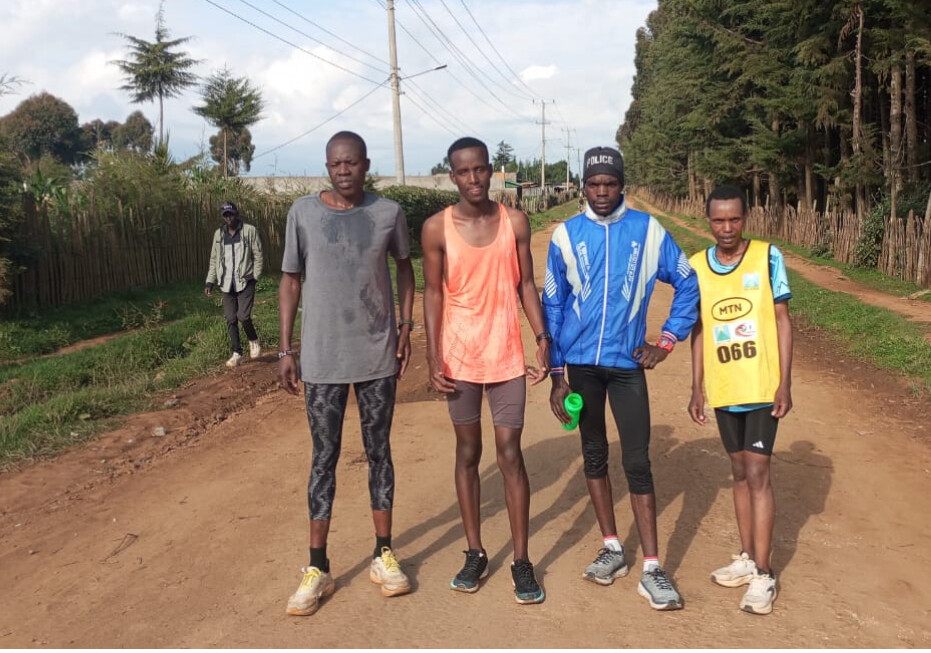
A Growing National Network
The first KATA retreat opened in Thika in 2019. Today, the initiative includes 19 camps spread across Kenya, each run by an experienced operator—many of them former elite athletes.
|
Location |
Operator |
|
Kapcherop |
Philemon Kipruto |
|
Molo |
Eric Chepkwony |
|
Kurengat |
Sammy Dismas |
|
Nyandarua |
Peter Njoroge |
|
Kericho |
|
|
Sotik |
|
|
Sachangwan |
Amos Chirchir |
|
Iten |
David Kellum |
|
Tenden |
Philemon Kipruto |
|
Eldoret |
Ruth Chumo |
|
Njerian Bomet |
Paul Kipsiele Koech |
|
Olenguruone |
Charles Ngeno |
|
Kapkembu |
Kipyegon Nehemiah |
|
Gasharrarge |
Job Langat |
|
Kaptagat |
Joseph Ngure |
|
Kiambu |
Julius Gacheru Migwi |
|
Kangundo |
Jimmy Muindi |
|
Moiben |
Hillary Kiplagat |
|
Kiptoror |
Caleb Rut |
In addition to these camps, two retreats serve as international training hubs: the KATA Running Retreat Thika, operated by Chris Muiruri, and the KATA Running Retreat Portugal, operated by Alberto Santos. Guests from around the world come to the two KATA retreats to train the Kenyan Way.
Elite Experience, Grassroots Impact
At the heart of KATA’s success is its leadership team. Olympic medalist Edwin Soi, now managing the Kuresoi Camp, brings both credibility and experience. Legendary steeplechaser Paul Kipsiele Koech, who has run under 8:10 in the 3000m steeplechase over 110 times, oversees two KATA camps/farms.
Veteran coach Charles Ngeno, known for his early work with Olympic champion Faith Kipyegon, now heads the Olenguruone camp, ensuring that young athletes from even the most remote villages receive structured training and economic opportunity.
“The new vision embraces sustainability, resilience, and empowerment,” writes Chebet. “It ensures that our athletes thrive both on and off the field.”
Looking Ahead
Anderson and the KATA team have ambitious plans: confirming one more camp this month and preparing for even more in 2026. The goal is clear—build up to 50 self-sustaining running camps across Kenya and replicate the model in other parts of the world.
“We’re not just chasing medals,” says Anderson. “We’re building lives.”

For partnership opportunities or more information, contact Bob Anderson on WhatsApp: +1-650-400-6643
by Brigid Chebet with Boris Baron
Login to leave a comment
What Happens When the Finish Line Feels 100 Miles Away
We’ve all seen the footage: a runner, sometimes even an elite, staggering or crawling across the marathon finish line. It’s a powerful image—equal parts dramatic and heartbreaking. But what causes those jelly legs, and can it be prevented?
The Science of “Jelly Legs”
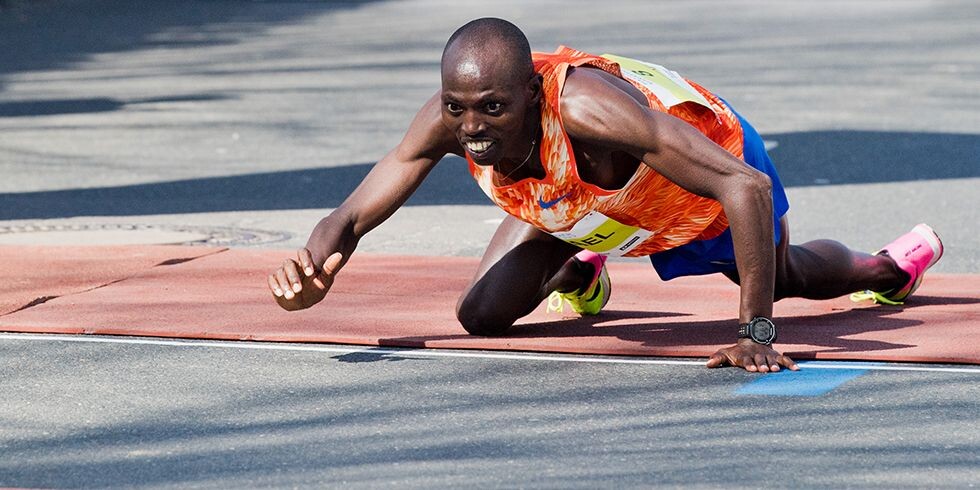
The feeling of wobbly or unresponsive legs at the end of a marathon is often the result of neuromuscular fatigue and metabolic depletion. After 26.2 miles, the body’s ability to send signals from the brain to the muscles can falter.
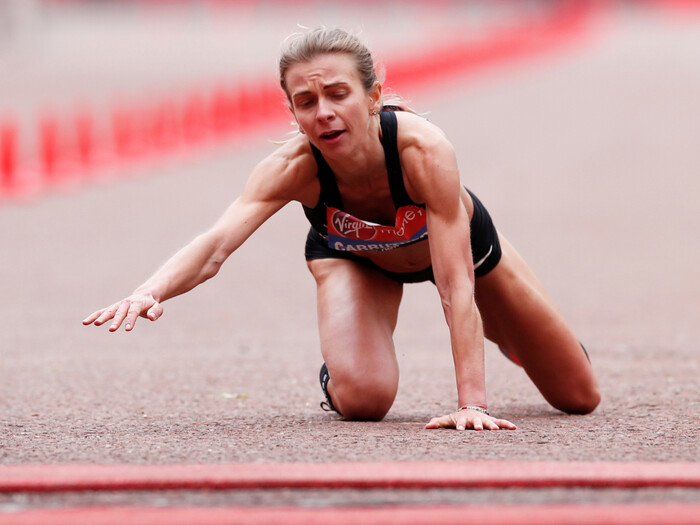
“You’re not just tired,” says Coach Jimmy Muindi, seven-time Honolulu Marathon champion. “Your legs stop responding to what your brain is telling them to do.”
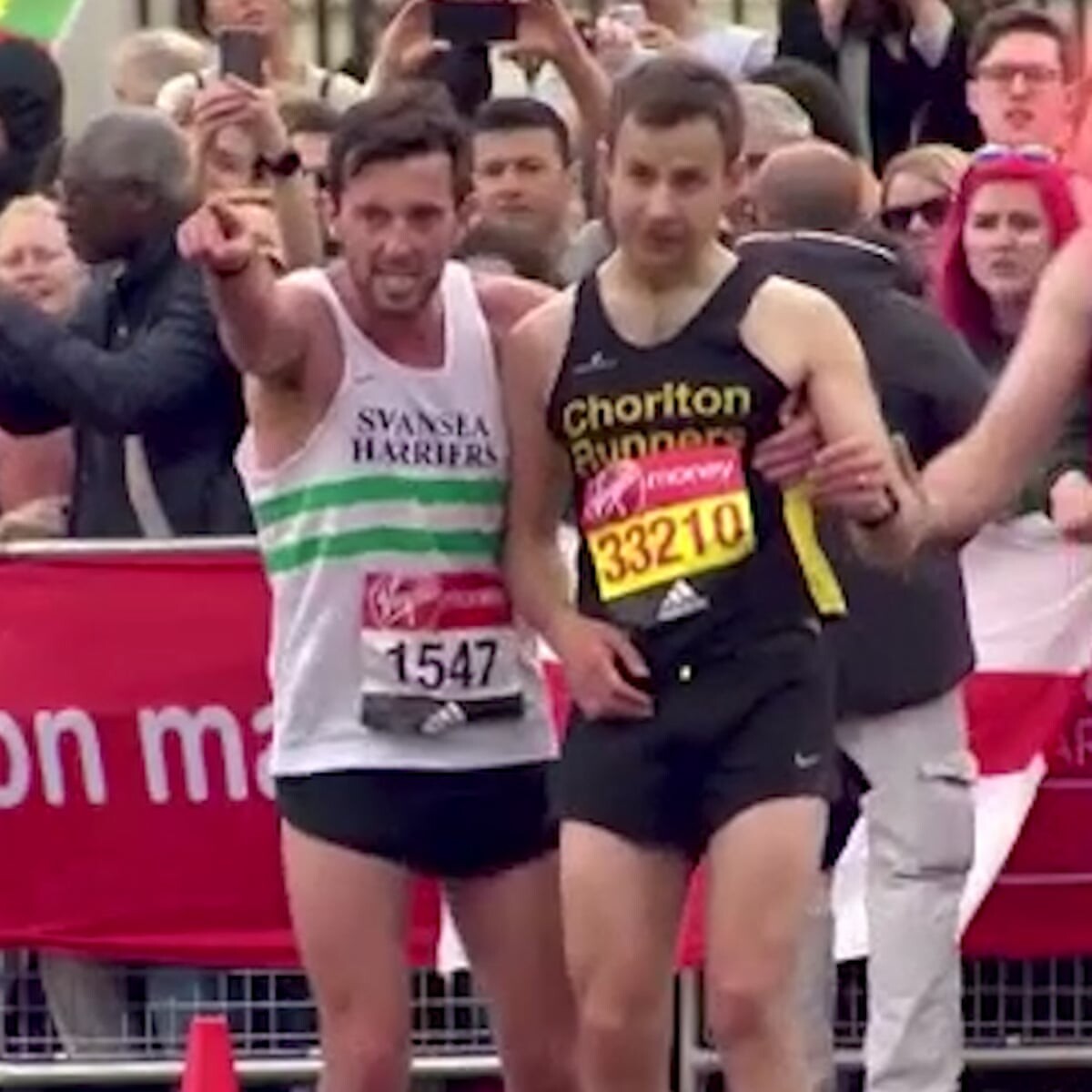
Key Causes
1. Glycogen Depletion
Muscles run on glycogen, and after two to three hours of running, those stores run dry—especially if fueling is inadequate.
2. Dehydration and Electrolyte Imbalance
Even a small loss in body fluid affects muscle function. Electrolyte imbalances (particularly low sodium or potassium) can trigger cramps and weakness.
3. Central Nervous System Fatigue
Your brain gets tired, too. Prolonged effort reduces the brain’s ability to send strong, coordinated signals to the muscles.
4. Improper Pacing
Going out too fast early in the race can lead to full-system shutdown in the final miles. Your body simply can’t hold that pace.
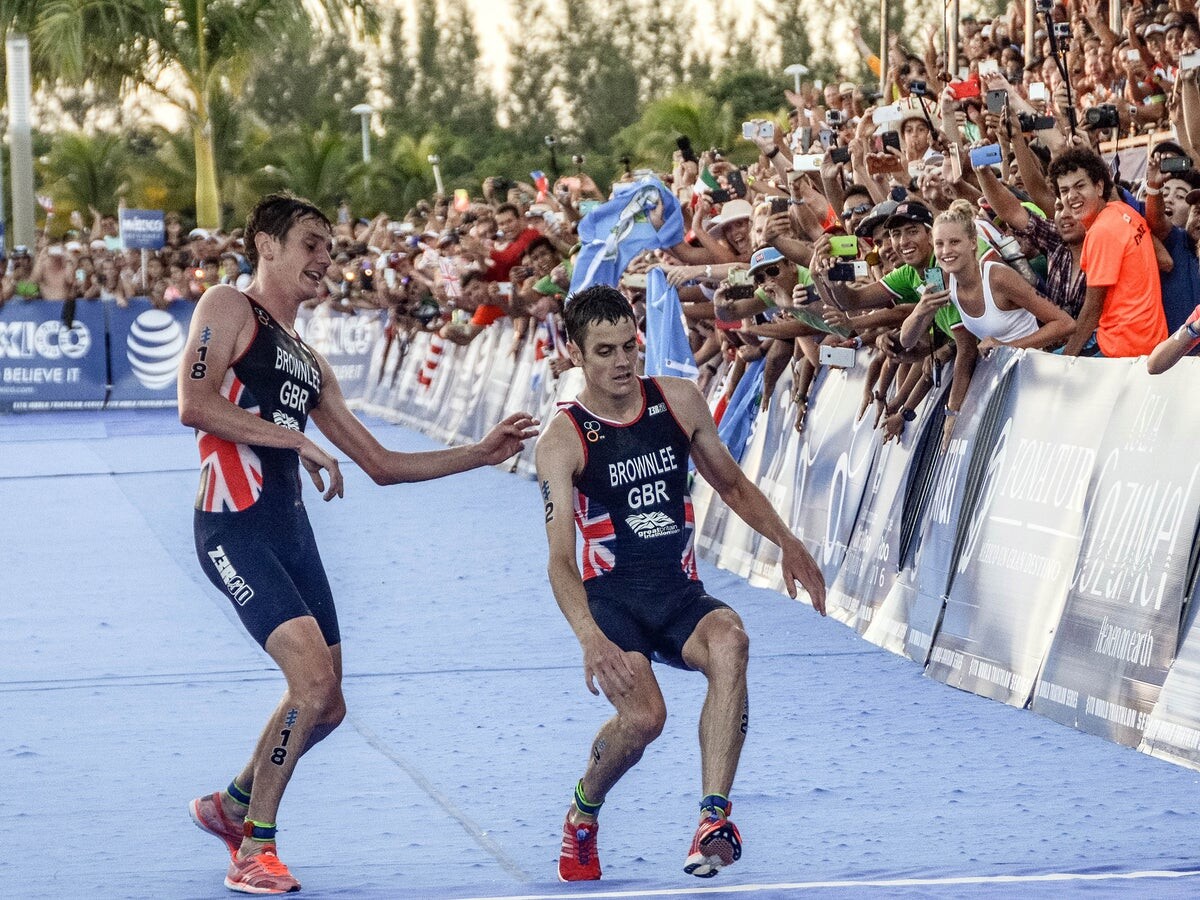
5. Heat and Humidity
Hot races amplify all of the above. Core temperature rises, making it harder for muscles to function efficiently.
Why It Even Happens to Elites
Elite runners push their bodies to the limit. Sometimes a miscalculation in pace, nutrition, or weather adjustment can bring even the strongest athlete to their knees—literally. And because they’re aiming for peak performance, they’re often operating on a knife’s edge.
In 2018, American runner Sarah Sellers nearly collapsed after finishing second at the Boston Marathon, a race defined by brutal weather. Others, like Gabriela Andersen-Schiess in the 1984 Olympics, became iconic for their final, staggering strides.
Prevention Strategies
• Dial in race-day nutrition. Practice fueling with gels, fluids, and electrolytes during training.
• Train your brain. Long runs, heat training, and race simulations help develop mental toughness and delay central fatigue.
• Know your pace. Use race predictors and experience to avoid going out too fast.
• Hydrate smart. Don’t just drink water—replace lost electrolytes.
Final Thought
Marathon running pushes the human body to its limits. Jelly legs and crawl finishes are not signs of weakness—they’re the body’s emergency brake. With smarter training and fueling, most runners can avoid it. But when it does happen, it reminds us how far people will go to finish what they started.
by Boris Baron
Login to leave a comment
Why Hot Weather Running Can Make You Stronger
As temperatures rise, many runners retreat indoors. But embracing the heat can be a game-changer. Training in hot conditions isn’t just about endurance—it’s about building resilience, optimizing performance, and gaining a competitive edge.
The Science Behind Heat Training
Running in the heat prompts your body to adapt in remarkable ways:
• Enhanced Blood Plasma Volume – aids in better cardiovascular stability and thermoregulation
• Earlier Onset of Sweating – helps your body cool more efficiently
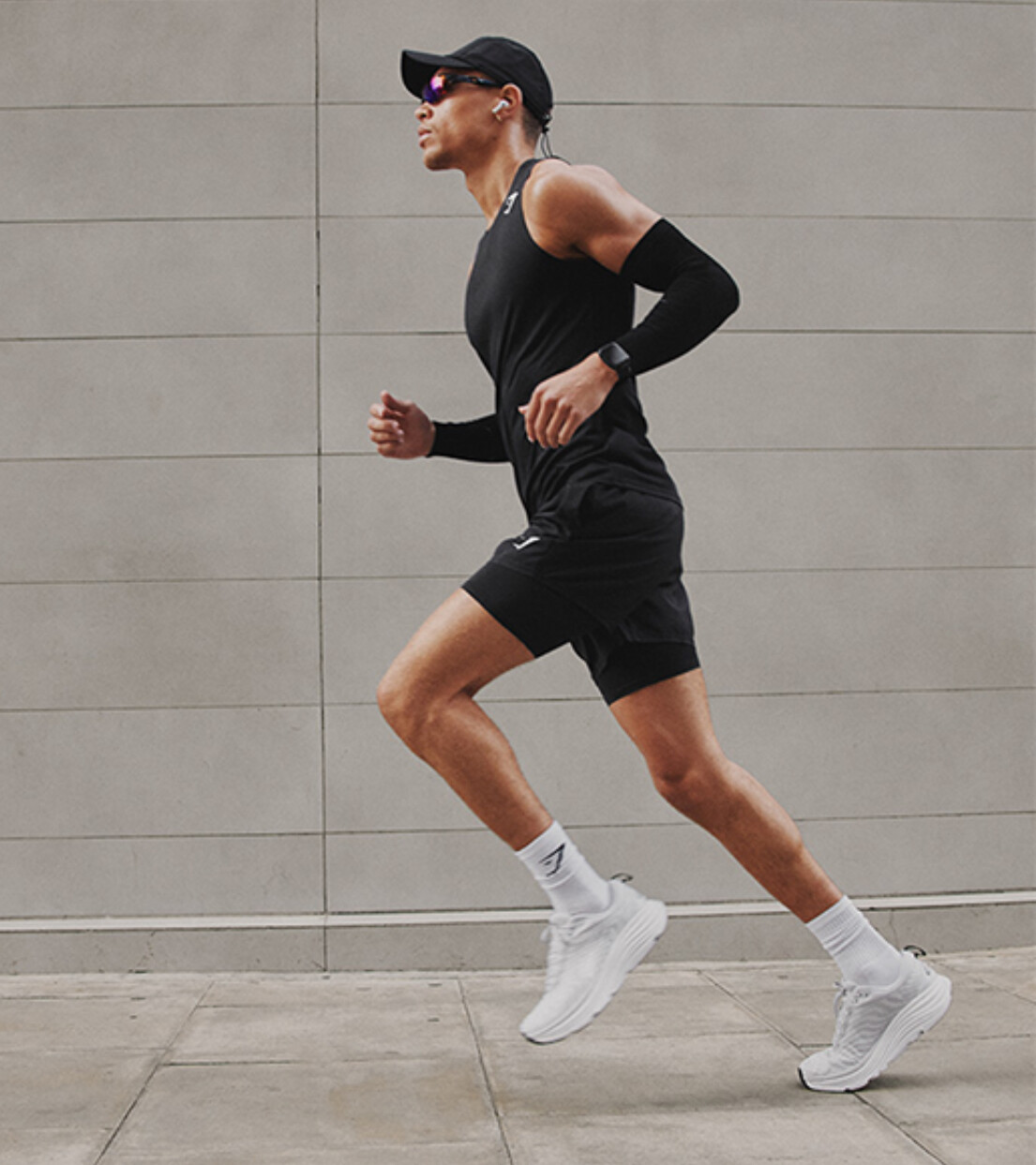
• Reduced Core Temperature – teaches your system to handle stress more effectively
These adaptations can lead to improved performance, especially when racing in cooler conditions after heat training.
Training Tips for the Heat
1. Gradual Acclimatization
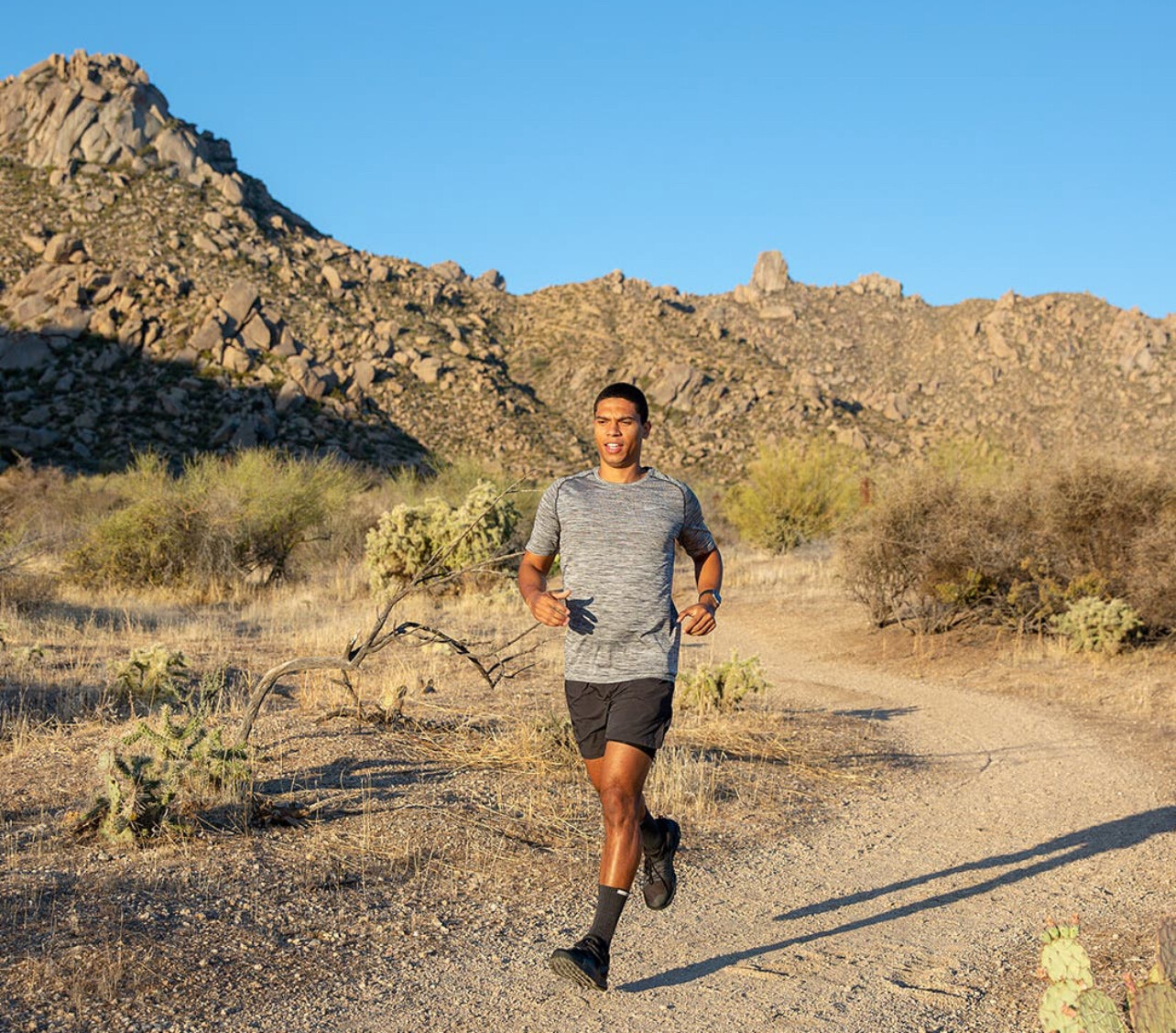
Start with shorter sessions during cooler parts of the day, then increase time and intensity over 10–14 days.
2. Hydration is Crucial
Drink before, during, and after your runs. Add electrolytes, especially for longer workouts.
3. Dress Smart
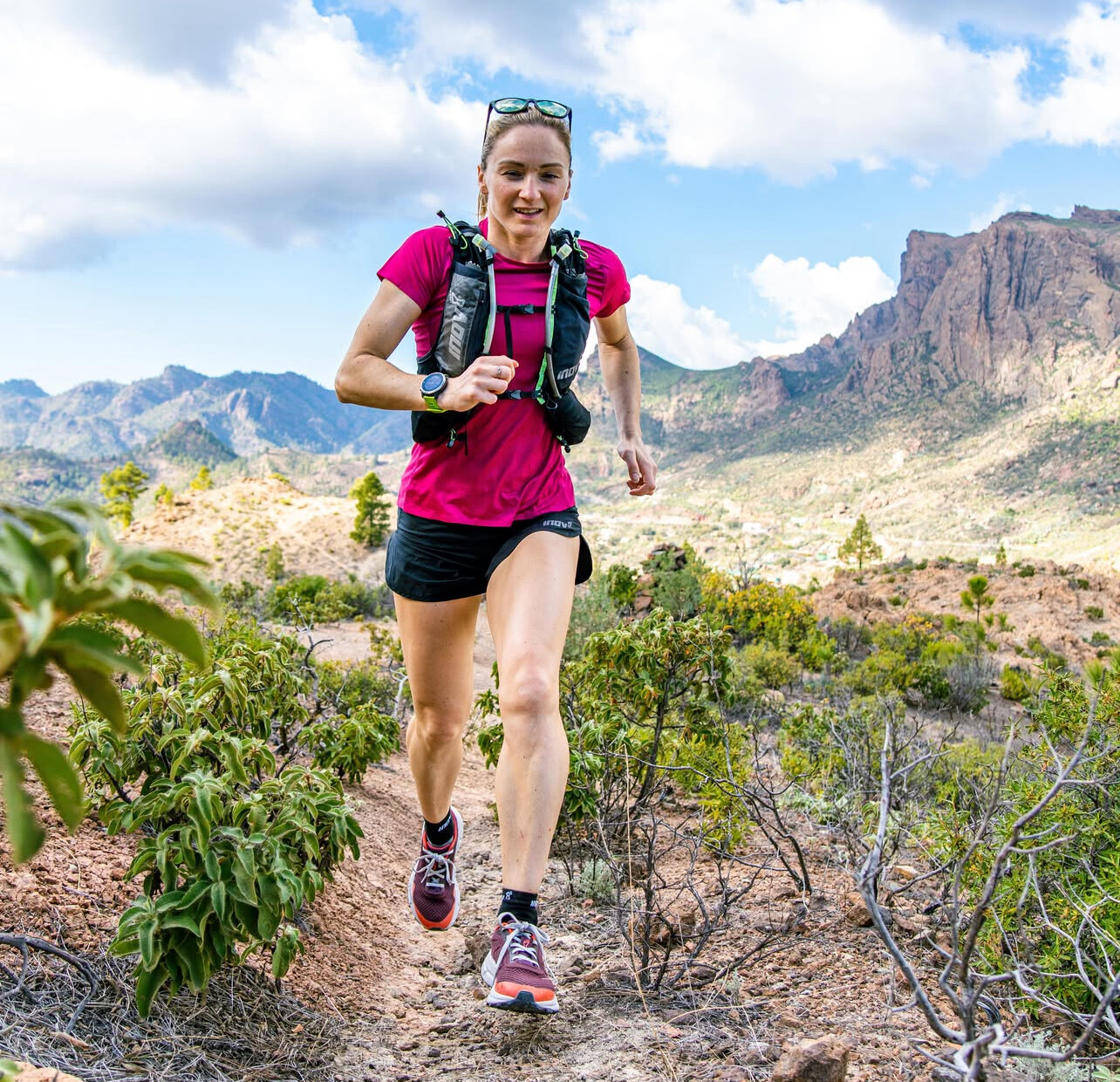
Wear light-colored, moisture-wicking fabrics. A visor is better than a hat for heat management.
4. Listen to Your Body
Know the signs of heat exhaustion—dizziness, nausea, or chills—and stop immediately if needed.
Insights from the Pros
At the KATA Running Retreat in Portugal, heat training is part of the process. Coach Jimmy Muindi, who won the Honolulu Marathon seven times, brings firsthand experience to the table.
“Running in the heat challenges your body and your mind,” he says. “But if you train for it, the heat can become your strength.”
KATA founder Bob Anderson agrees: “When we train in Kenya, we don't complain about the sun. You learned to respect it—and to push through. That makes race day feel easier.”
Embrace the Heat
Instead of avoiding the summer sun, use it. Heat builds grit, sharpens mental focus, and prepares you to perform at your best when race day arrives. Used wisely, heat is not a barrier—it’s a training tool.
by Boris Baron
Login to leave a comment
Running on Empty – Why Fueling Mistakes Are Sabotaging PRs
You trained for months. Your splits in workouts hinted at a breakthrough. But on race day, it fell apart—not because your legs gave out, but because your fueling plan did.
From the 5K to the marathon, runners at all levels are discovering that the difference between a personal record and a personal disaster often comes down to what—and when—they eat and drink.
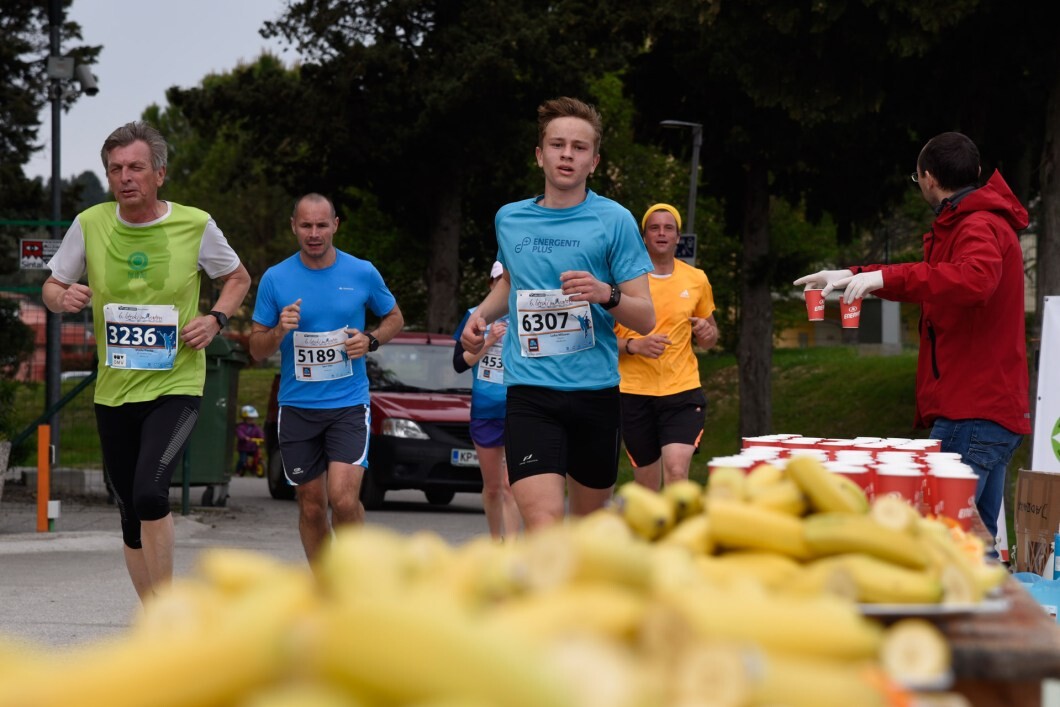
The Silent Saboteur
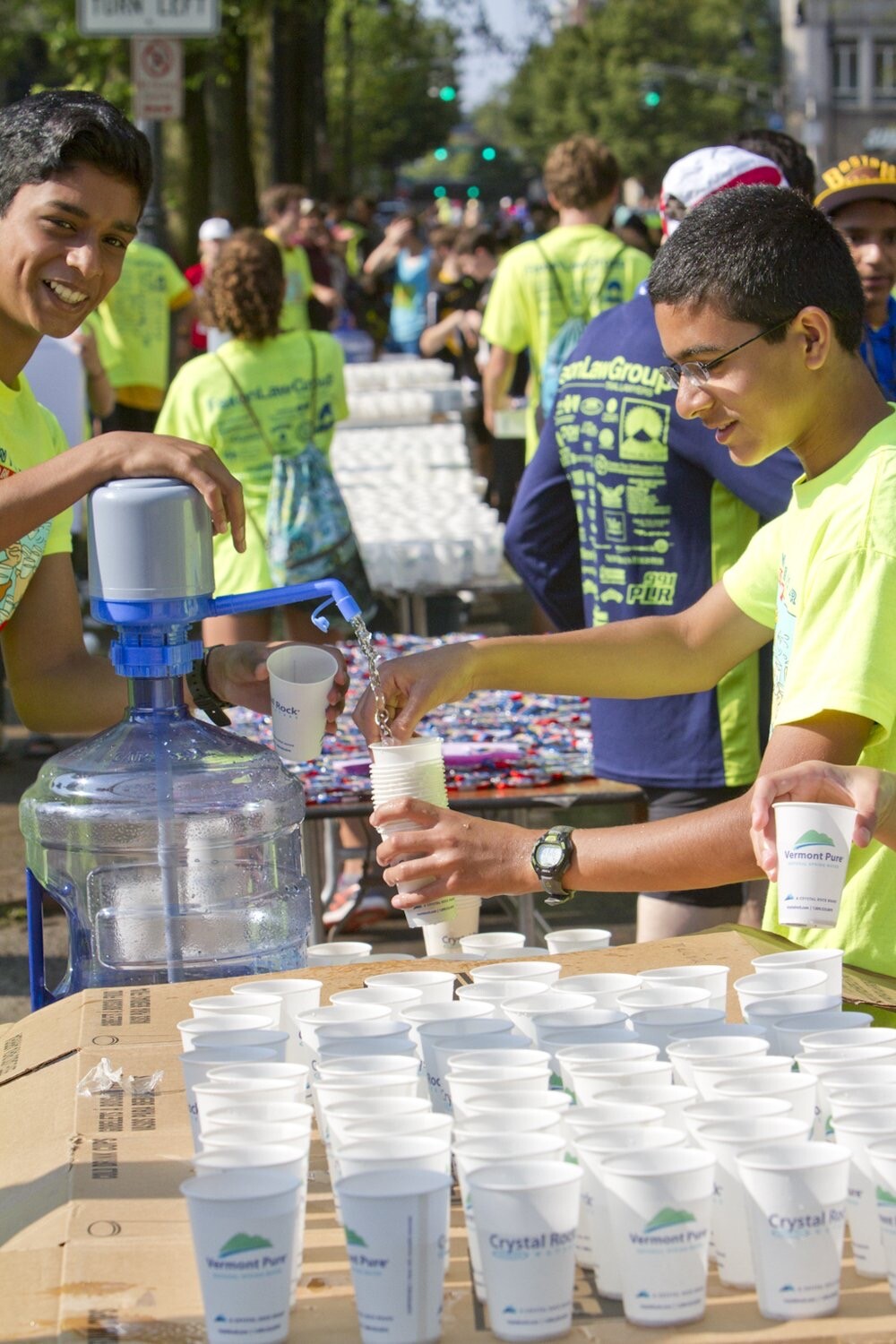
Poor fueling is one of the most common and overlooked reasons runners fail to hit their potential. “You can be in the best shape of your life and still bonk if you don’t fuel right,” says KATA coach Jimmy Muindi, a 2:07 marathoner. “I’ve seen runners collapse mentally and physically simply because they didn’t respect the science of fueling.”
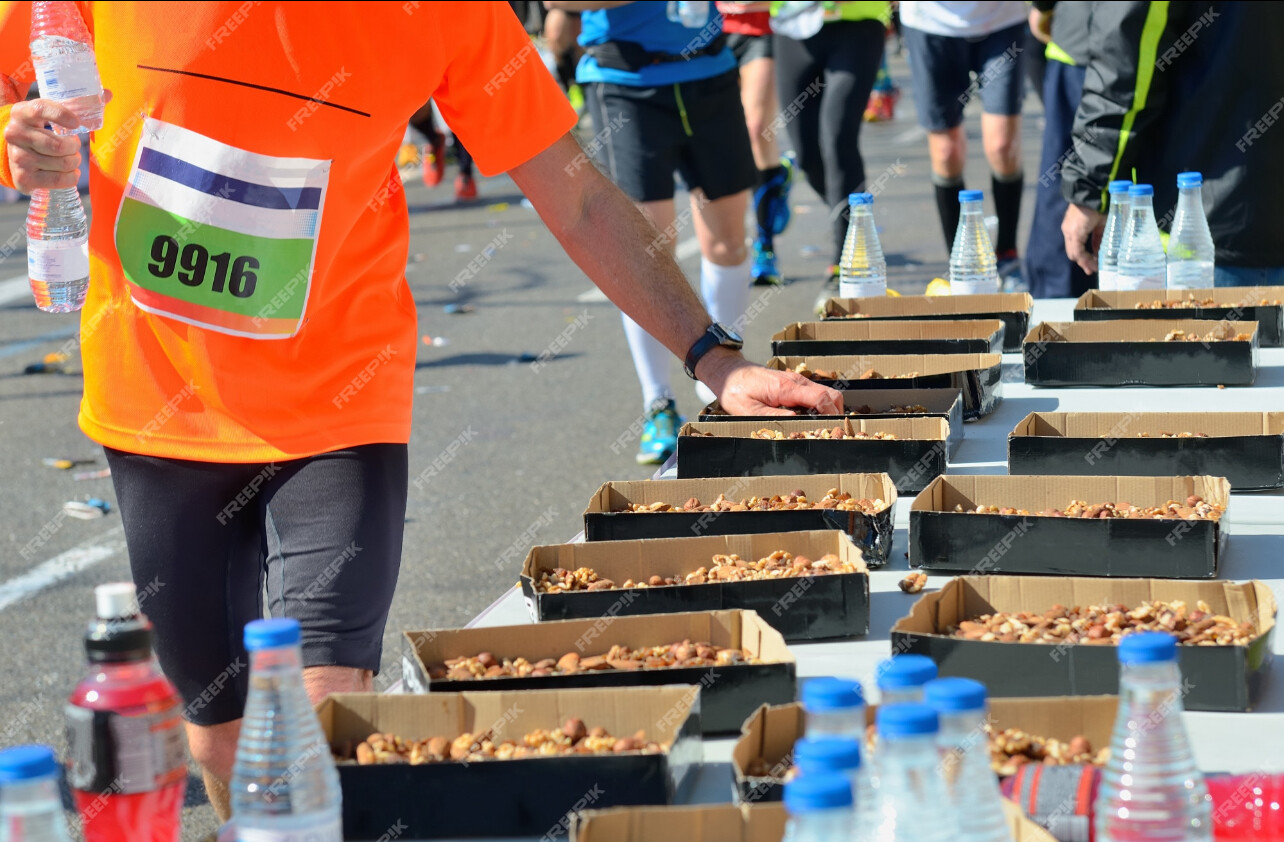
Common Mistakes That Kill Races
1. Skipping breakfast – Whether it’s nerves or an early start, too many runners toe the line on an empty stomach, leaving their glycogen tanks half-full.
2. Mistimed gels – Taking a gel too late—or not at all—leads to sudden energy crashes, especially in races 10 miles and up.
3. Underhydration – Dehydration doesn’t just slow you down—it affects focus, coordination, and thermoregulation.
4. New foods on race day – Testing out a new sports drink or energy bar mid-race can spell disaster for your gut.
Real-World Wake-Up Calls
Derek Alvarez, a 28-year-old runner from Denver, trained for a sub-3:00 marathon for months. At mile 21 of the Los Angeles Marathon, his energy vanished. “I only had one gel and barely drank water because I was trying to avoid bathroom stops,” he said. He ended up walking the last 5K and finished in 3:22.
After revising his fueling plan—eating 300 calories of oatmeal and banana pre-race, and taking a gel every 30–35 minutes—he came back six months later and ran 2:58 in Chicago.
Elite Insights
Even top-level athletes fine-tune their fueling obsessively. “It’s not just about carbs or calories. It’s about timing, digestion, and routine,” says Coach Dennis at KATA Portugal. “We train our athletes to practice fueling just like they train their pace.”
Fuel to Win
To help avoid the most common pitfalls, here’s a quick checklist every runner should use:
• Eat a familiar carb-based meal 2–3 hours before the race.
• Hydrate with water and electrolytes starting 24 hours out.
• Plan to consume 30–60 grams of carbs per hour in races over 90 minutes.
• Practice your fueling strategy during long runs.
Final Thoughts
You wouldn’t drive cross-country without gas in the tank. So don’t line up at your next race underfueled. Your training deserves better—and your PR.
by Boris Baron
Login to leave a comment
The Last Push Before Summer: How Runners Are Peaking This Spring
As the calendar turns toward May, runners across the globe are entering a crucial phase in their annual training cycles: the final opportunity to race hard and fast before summer heat shifts the strategy.
While many spring races are just wrapping up—or happening this weekend—runners are still chasing personal bests and season goals. The London Marathon, Madrid Marathon, and Big Sur International Marathon are all set for this Sunday, capping off one of the most exciting stretches of the global racing calendar.
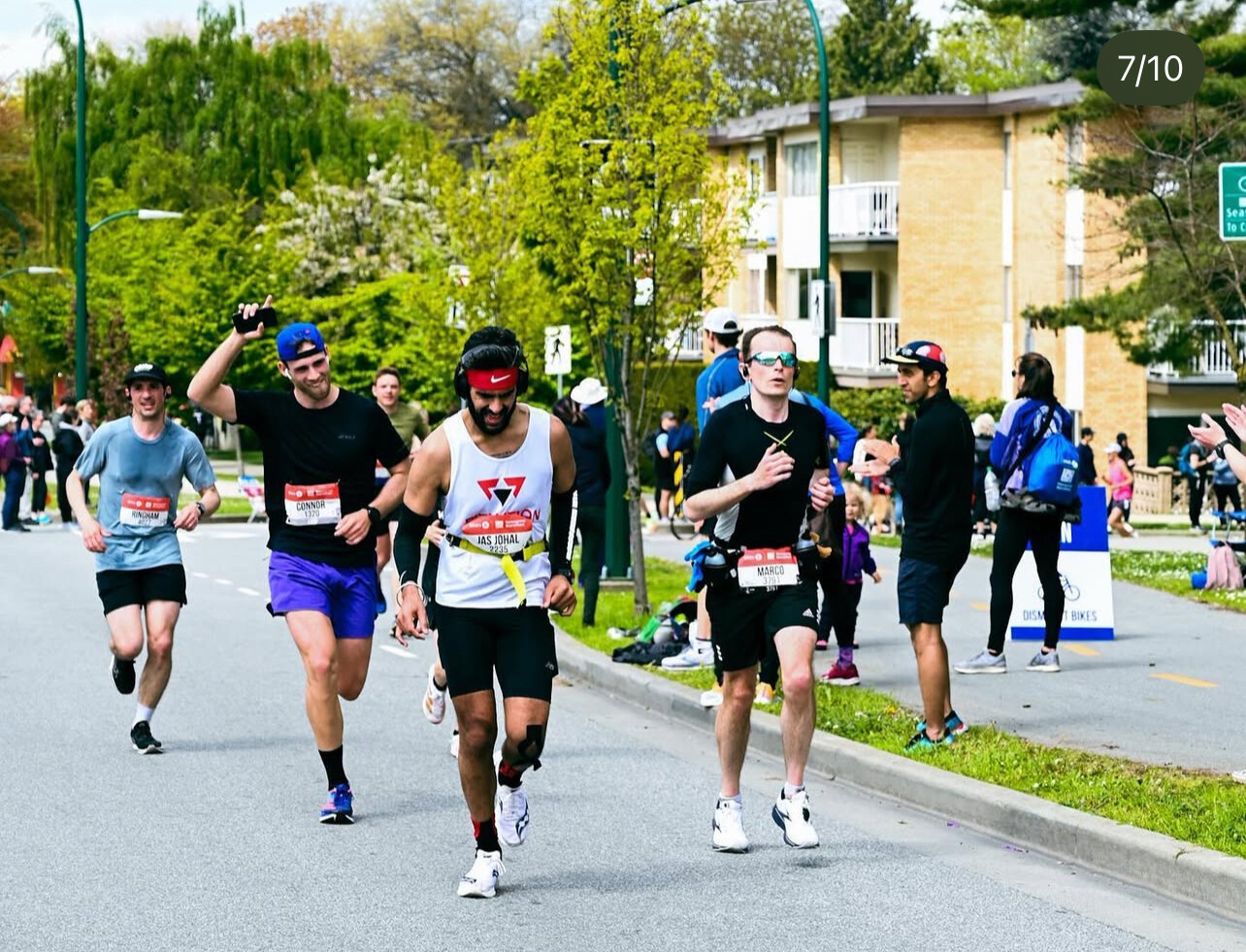
But the season isn’t quite over yet. The Eugene Marathon, Vancouver Marathon, Pittsburgh Marathon, and other early May events are giving runners one more shot to test their fitness—and many are taking full advantage.
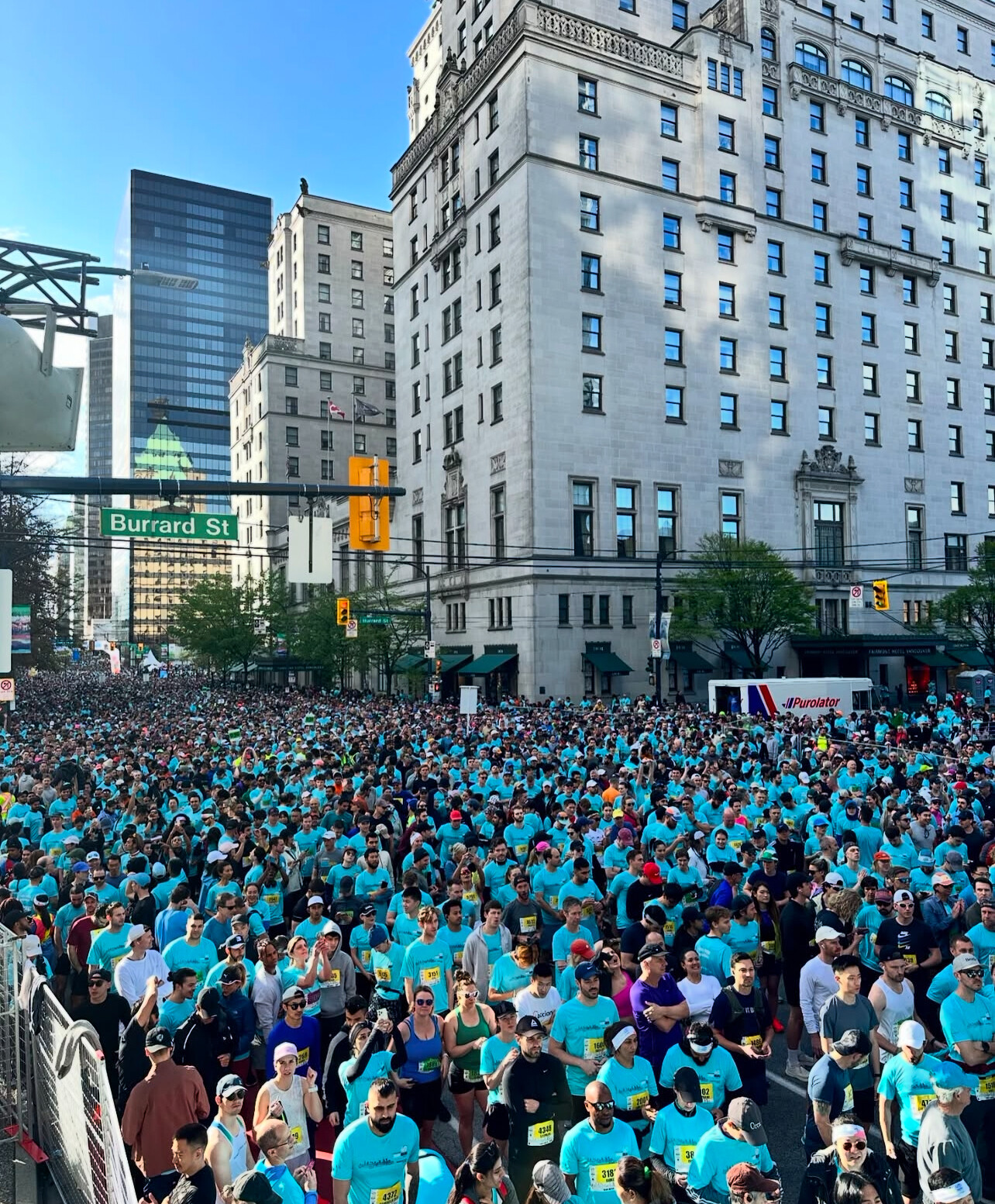
A Critical Window for Speed and Strategy

“This is one of the best times of year to be fit,” says Coach Dennis from KATA Portugal. “Runners who stayed healthy through the winter and peaked for April races are now sharper than ever. If you can handle one more race effort, this is the time to go for it.”
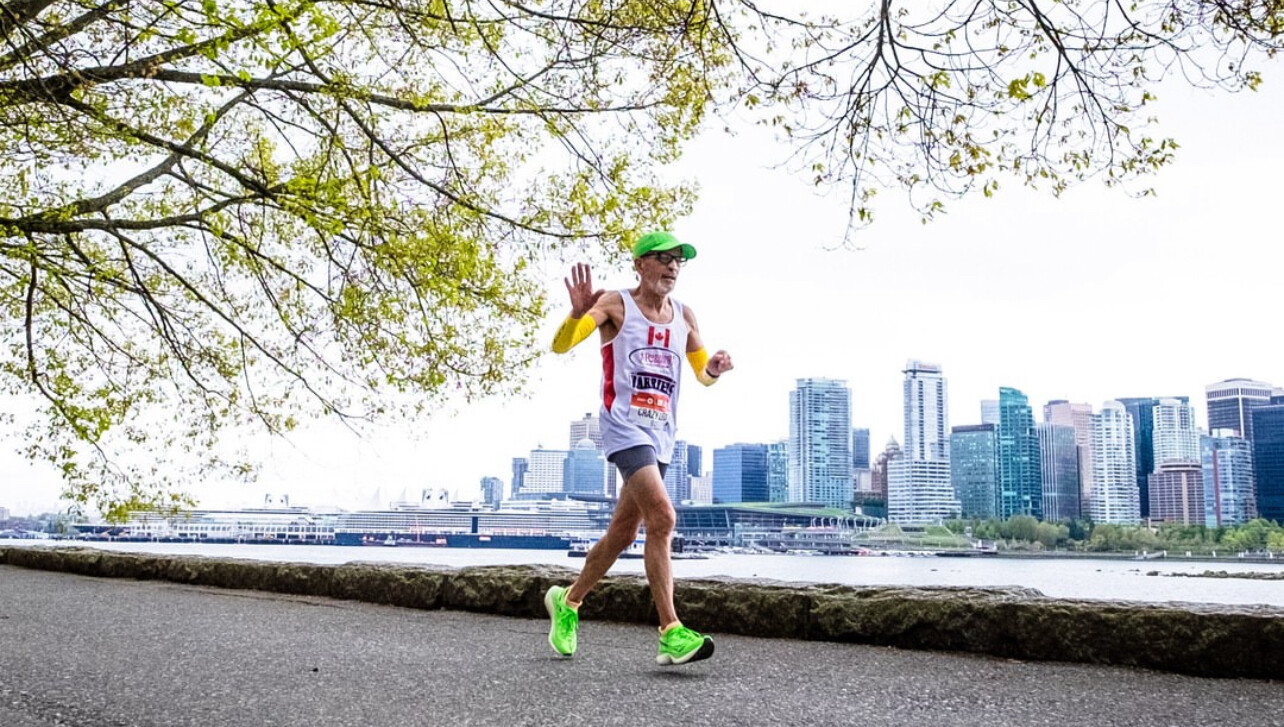
Late April and early May offer ideal racing weather in much of the Northern Hemisphere. Cool mornings and calm conditions are perfect for PRs, BQ attempts, or one last tune-up before switching into base-building mode.
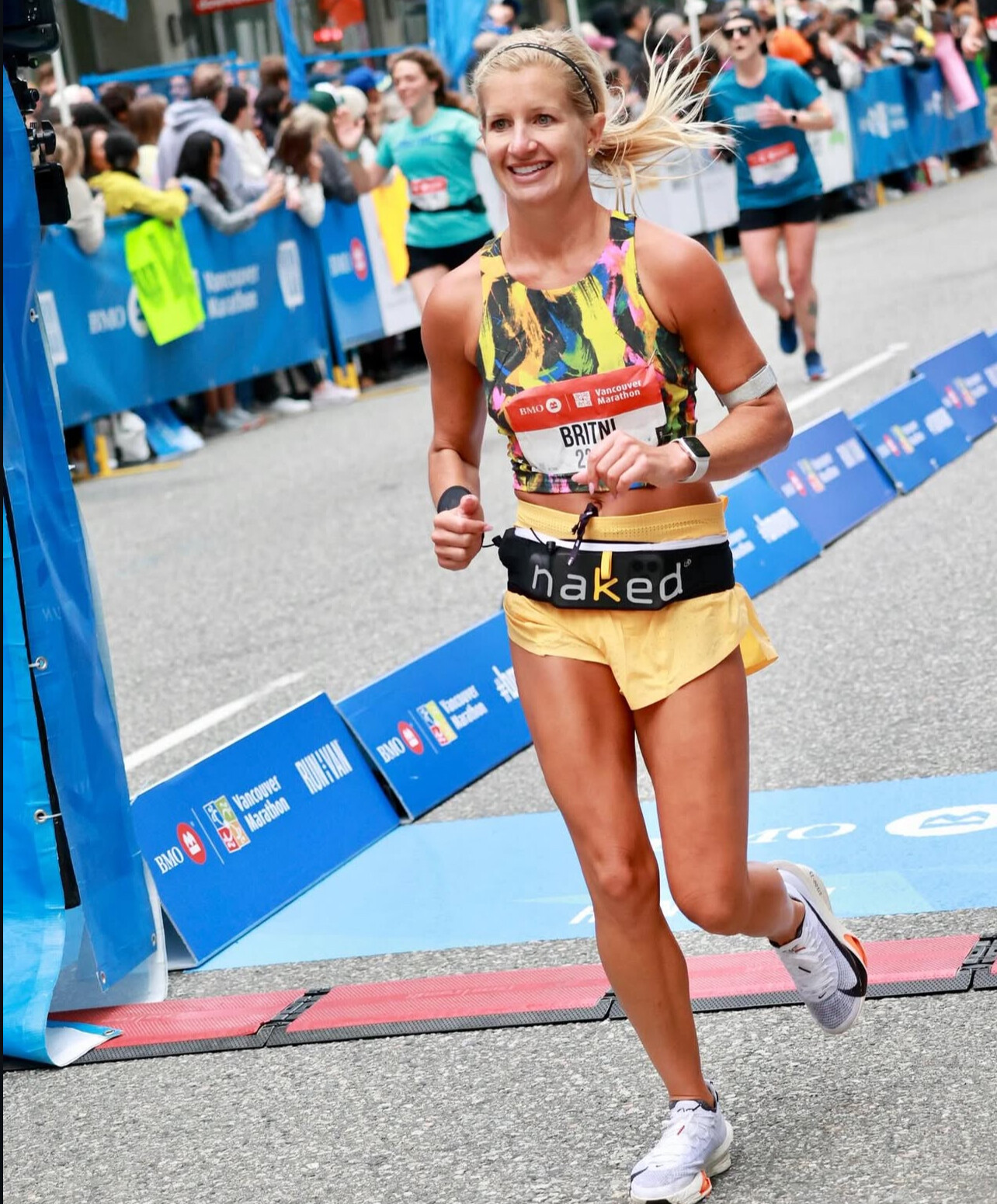
The Spring Surge Continues
The Eugene Marathon (April 27) and BMO Vancouver Marathon (May 4) are both known for fast, scenic courses and well-organized race weekends. They attract everyone from local club runners to elites trying to salvage a qualifying time or simply end the spring on a high note.
“My goal race is Berlin this fall, but Eugene gives me a mid-year checkpoint,” says California-based runner Mallory James. “If I’m not racing now, I’m falling behind.”
Time to Recover—or to Launch
Some runners will use May for recovery after a hard season. Others—especially those gearing up for summer trail and mountain races—are just now hitting their peak mileage. Events like the Dipsea, Mt. Washington Road Race, and Western States 100 are fast approaching.
Coach’s Tip: Plan Your Summer Wisely
According to KATA coach and 2:07 marathoner Jimmy Muindi, spring is where momentum is built—but summer is where runners evolve. “If you raced well this spring, great. Now shift the focus to long-term strength. Summer is for building, not burning out.”
Whether you’re racing this weekend or logging miles toward your fall marathon, this is your moment to finish strong—and set the tone for everything that comes next. As the calendar turns toward May, runners across the globe are entering a crucial phase in their annual training cycles: the final opportunity to race hard and fast before summer heat shifts the strategy.
by Boris Baron
Login to leave a comment
The Rise of the “Mini Marathon”: Why More Runners Are Embracing the 10K Challenge
In a running world where the marathon gets all the glory, a quieter revolution is happening at 6.2 miles. The 10K — a classic but often underappreciated race distance — is now gaining real momentum. Whether you’re a beginner, a competitive age-grouper, or a marathoner in maintenance mode, the 10K is becoming the go-to challenge for modern runners looking to push themselves without burning out.
Rethinking the “Mini Marathon”
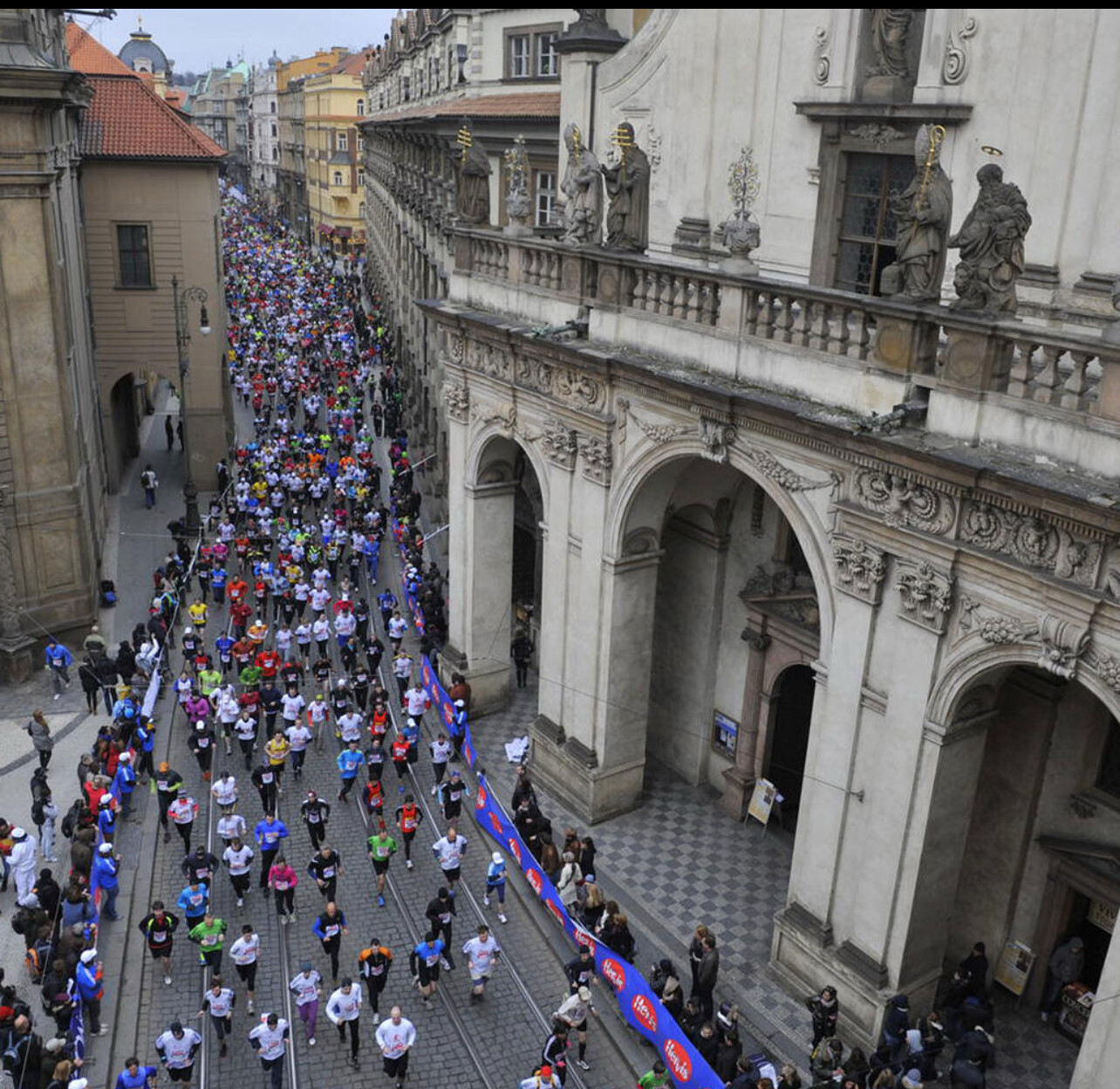
For years, the term mini marathon has been used to describe the half marathon. And sure, 13.1 miles is a major accomplishment. But in today’s running climate — where time is tight, training windows are short, and recovery matters — why not redefine the term and give the 10K its due?
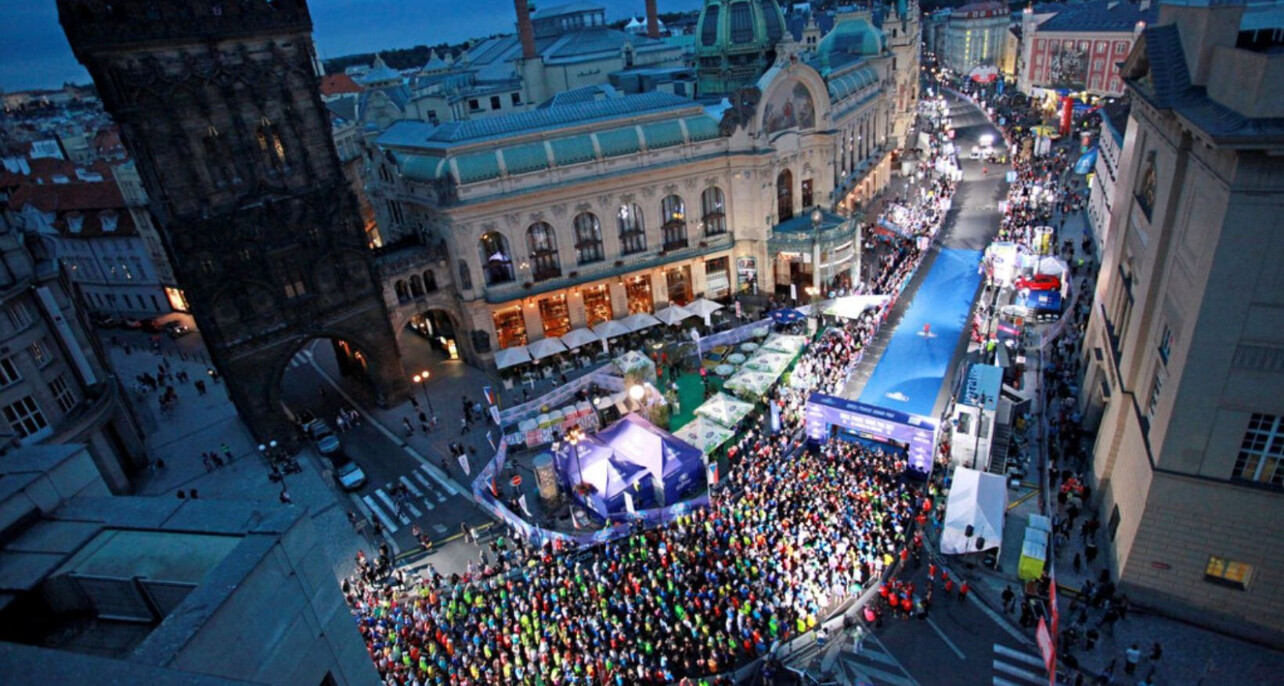
At 6.2 miles, the 10K is long enough to demand real endurance and strategy, yet short enough to train for consistently and recover from quickly. It sits at the sweet spot between the speed of a 5K and the grind of a half marathon. It’s a race where pacing, power, and mental toughness intersect.
Let’s be clear — nothing shorter than a 10K deserves to be called a “mini marathon.” The 10K is the starting point of true endurance racing — and it just might be the smartest distance of them all.
The Perfect Balance
For today’s runners, balance is everything. The 10K allows athletes to stay competitive without the risks that come with higher mileage. Many runners who shifted away from long races during the pandemic have returned to racing — but with a different mindset. Rather than chasing medals for marathon finishes, they’re chasing PRs, consistency, and longevity.
“It’s a thinking person’s race,” says Coach Jimmy Muindi, six-time Honolulu Marathon champion and now a key coach at KATA Portugal. “You can run it all-out, use it for speedwork, or fit it into a bigger training block. It fits almost any plan.”
Fast, Fun, and Growing
Race directors around the world are seeing this shift. While many events still offer marathons and half marathons, it’s often the 10K that fills up first. It appeals to first-timers, comeback runners, and seasoned competitors alike.
Here are a few 10K events making a major impact:
BOLDERBoulder 10K (USA): A Memorial Day tradition drawing over 50,000 runners, complete with costumes, slip-and-slides, and a stadium finish.
Prague 10K Grand Prix (Czech Republic): Fast, flat, and lit by city lights — one of Europe’s most scenic and electric night races.
Palo Alto 10K (USA): A runner’s favorite in Silicon Valley — fast, friendly, and focused on the joy of racing.
Smarter Training, Safer Recovery
Many runners in their 40s, 50s, and beyond are embracing the 10K as their new sweet spot. The lower training volume reduces injury risk, and recovery is swift. In a time when people are running not just for medals, but for health and happiness, the 10K makes sense.
“I like the 10K because it is still long enough for a challenge and short enough where the recovery only takes a day or so,” says lifetime runner Bob Anderson, founder of My Best Runs and Runner’s World magazine. “It fits perfectly into a balanced, healthy running lifestyle.”
It’s not just about going long — it’s about going strong.
Final Stride
The 10K is no longer just a warm-up for a half or a fitness test before a marathon. It’s standing tall as a race in its own right — a distance that respects your time, challenges your limits, and fits into real life.
So maybe it’s time to redefine what a mini marathon really means. For a growing number of runners, 6.2 miles is just right.
by Boris Baron
Login to leave a comment
Recovery After the Marathon: Coach Jimmy Muindi’s Guide to Coming Back Strong
Coach Jimmy Muindi knows what it takes to go fast—and what it takes to recover. A world-class marathoner with a personal best of 2:07:50 (run in 2005), Muindi has competed at the highest level and now coaches runners at KATA Portugal (photo three and four). His approach to recovery is based on decades of elite training, racing, and learning what truly allows the body to rebuild.
According to Muindi, recovery is just as important as the buildup to a marathon. “If you don’t give your muscles and systems time to heal, you’re only going to dig yourself into a hole,” he says.
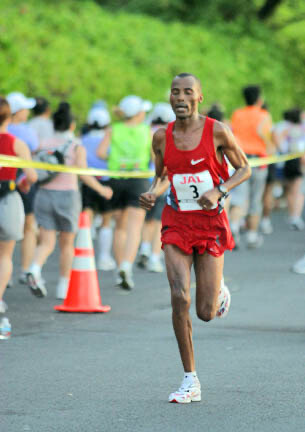
The 3-Week Elite Recovery Plan
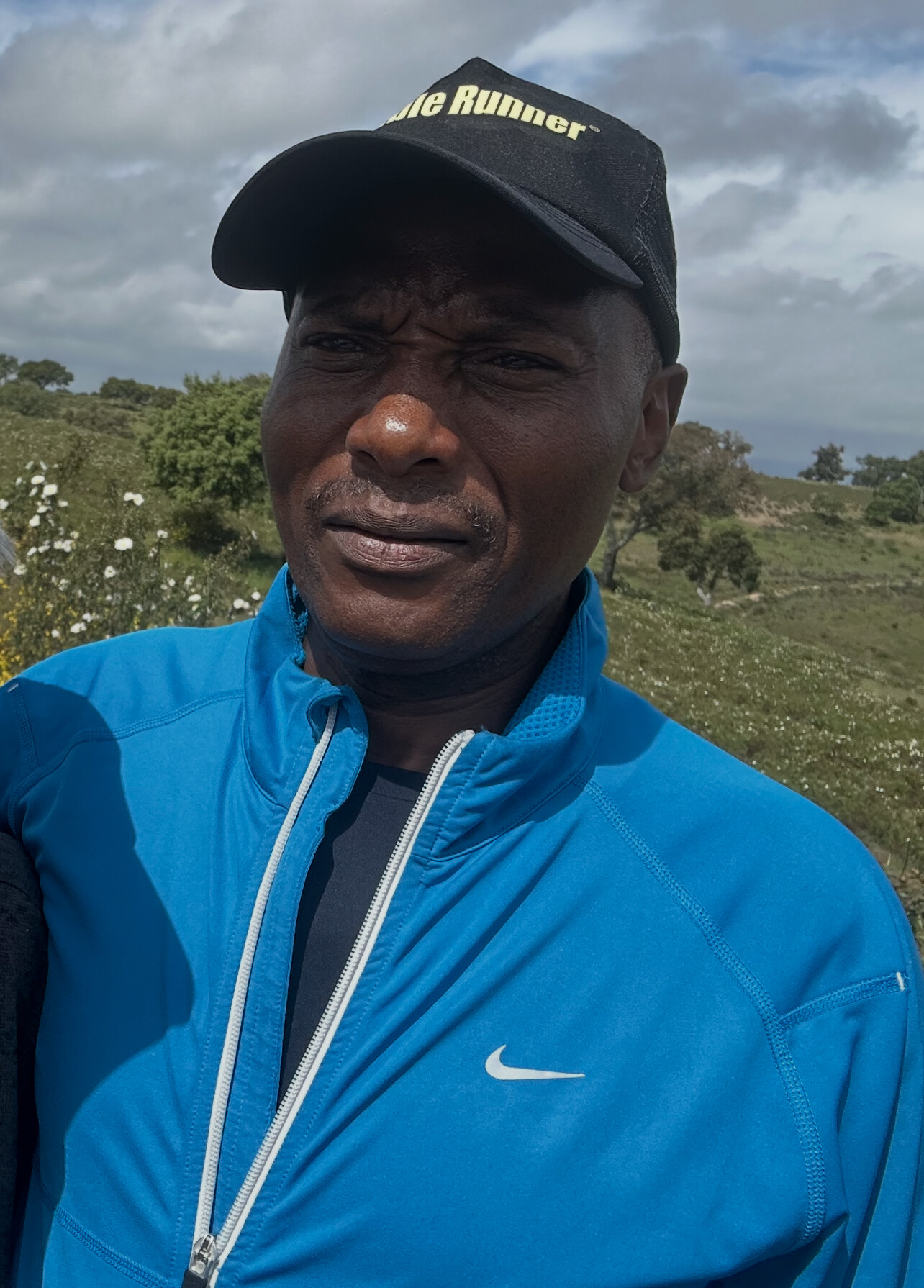
For elite runners—or anyone chasing their best possible performance—Muindi recommends a minimum of three weeks of focused recovery after a full marathon.

Week 1: Gentle Jogging
• Run 10K per day, very easy pace
• One run per day, no double sessions
• Take Sunday completely off
• No workouts, no long runs—just movement and blood flow
Week 2: Slight Build
• Run 10K to 15K per day, still easy and relaxed
• Continue listening to the body—no intensity yet
• Goal is to feel normal again, not to train
Nutrition Focus (Week 1 and Beyond):
• Bone marrow broth for joint and tissue recovery
• Plenty of fruit, including avocados, for healthy fats and micronutrients
• Complex carbs like bread and ugali (a Kenyan staple) to replenish energy stores
Week 3: Resume Light Training
• Start to reintroduce your normal training schedule, gradually
• No sharp intervals yet, but strides and rhythm-based runs are okay if body feels ready
Don’t Race Too Soon
Coach Muindi believes that your next serious marathon effort should be no sooner than four months after your last, especially if you gave a maximum effort.
“You can’t rush the process. You might feel good after a few weeks, but deep recovery takes time,” he explains.
Advice for the Average Runner
While most runners aren’t chasing sub-2:10 finishes, the principles still apply. Even recreational and club runners need at least one month of recovery after a marathon before considering hard training or racing again.
“Some people love to race often, and that’s okay if the goal is just to finish,” Muindi says. “But if you’re pushing for time, you’ve got to respect the distance—and your body.”
Read Your Body
Above all, Muindi emphasizes the importance of self-awareness:
“The bottom line is this: the body does have limits. You must listen to your body before you race again—at any distance. Just because someone else is racing doesn’t mean you should. Know yourself.”
Coach Muindi’s approach is grounded in experience, not just theory. He’s walked the path, and now he’s helping others walk—and run—it wisely.
by Boris Baron
Login to leave a comment
The Global Sub-60 Chase: Why Breaking 60 Minutes in the Half Marathon Is the New Benchmark
In the world of distance running, certain time barriers carry iconic weight: the four-minute mile, the two-hour marathon, and now, perhaps more than ever before, the sub-60-minute half marathon.
Running 13.1 miles at an average pace of under 4:35 per mile (approximately 2:50 per kilometer) was once a feat reserved for only a handful of legends. Today, more than 100 men have accomplished the mark—transforming what was once historic into a new global benchmark. From the streets of Valencia to the avenues of Houston, the sub-60 chase has reshaped the competitive landscape.

At the heart of this movement is Uganda’s Jacob Kiplimo, arguably the most exciting half marathoner on the planet. In 2021, Kiplimo smashed the world record by clocking 57:31 in Lisbon, Portugal—a performance that combined raw power, impeccable pacing, and near-perfect weather. His fluid stride and ability to surge at will have made him the gold standard for half marathon excellence.
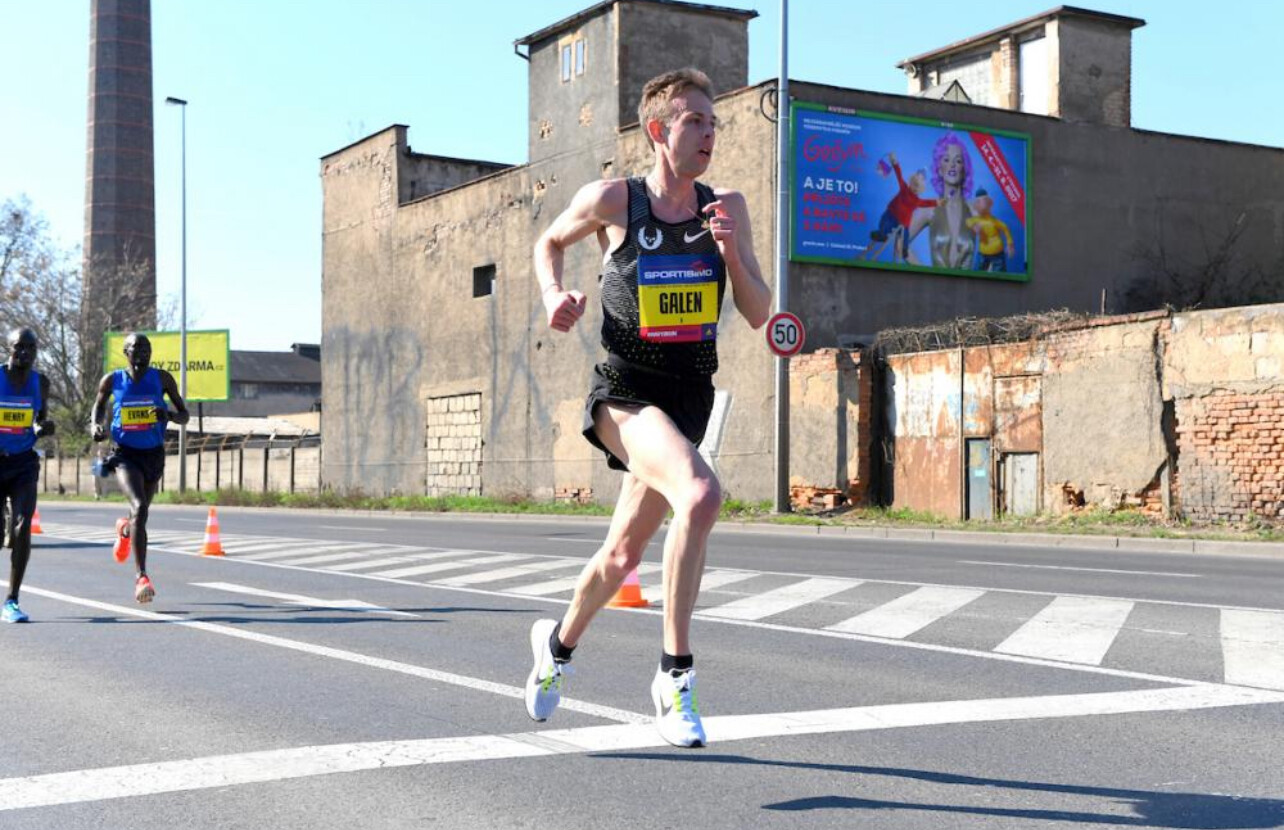
Kiplimo’s brilliance lies not just in his times, but in his consistency. He’s one of the few runners who can deliver near-world-record performances while battling the best in championship-style races, such as his victory at the 2020 World Half Marathon Championships in Gdynia, Poland.
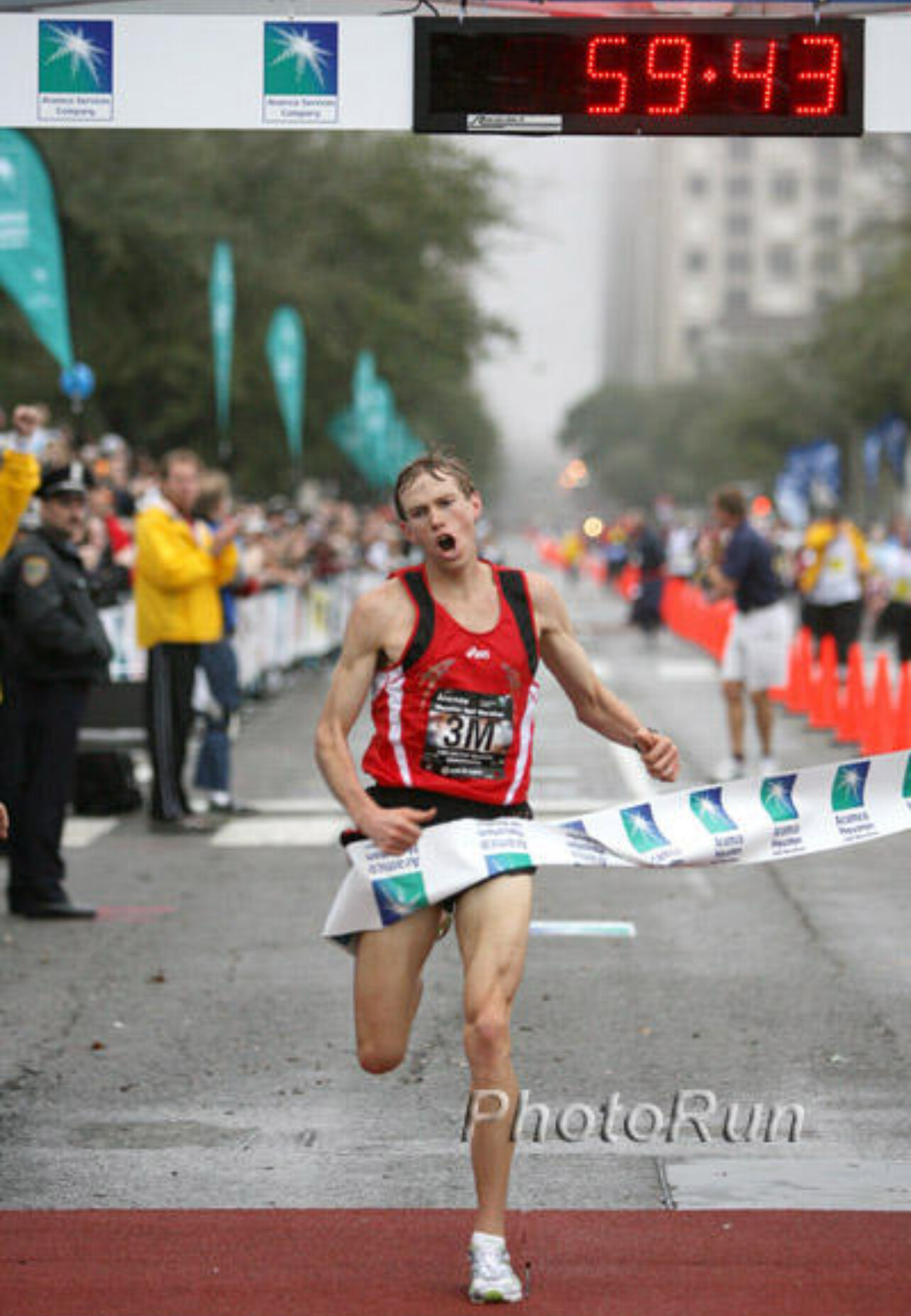
So, what does it take to go sub-60? It’s more than just genetic talent. Athletes training at the Kenyan Athletics Training Academy (KATA) in Thika and at the KATA Retreat in Portugal are learning that going under an hour requires a perfect storm of speed, endurance, tactical racing, and recovery. Former 2:07 marathoner Jimmy Muindi, now coaching at KATA Portugal, emphasizes the importance of training specificity: “It’s not just about the miles—it’s about the right workouts, at the right time, and the right rest.”
Technology has also played its part. Super shoes, optimized pacing, and faster courses have contributed to faster times, but the core remains the same: the athlete. And sub-60 remains a sacred number—an invisible finish line that continues to pull the best out of the world’s elite.
American Runners Breaking the Sub-60 Barrier
For years, American distance running lagged behind East African dominance in the half marathon. However, significant breakthroughs have occurred over the past two decades:
• Ryan Hall made history in 2007 by becoming the first American to break the one-hour barrier, finishing the Houston Half Marathon in 59:43. This performance stood as the American record for 18 years.
• Galen Rupp, a two-time Olympic medalist, joined the sub-60 club in 2018 with a time of 59:47 at the Roma-Ostia Half Marathon, showcasing his versatility across distances.
• Conner Mantz recently set a new American record by completing the Houston Half Marathon in 59:17, demonstrating the rising talent in U.S. distance running.
These achievements signify a new era for American distance runners, who are now competing at the highest levels on the global stage.
“The new super shoes have helped runners from at least 10 countries achieve a sub-60-minute half marathon,” says MBR editor Bob Anderson.
This surge in international performances underscores the evolving landscape of elite distance running, where advancements in technology and training are enabling athletes worldwide to reach new milestones.
With the 2025 racing calendar heating up, all eyes will be on the next generation of half marathoners. Who will be the next to join Kiplimo in the sub-58 club? And how long until sub-59 becomes the norm?
As the sport evolves, one thing is clear: the chase for sub-60 isn’t just about times—it’s about what’s possible.
by Bob Anderson with Boris Baron
Login to leave a comment
Why Strides Still Matter: The Overlooked Secret to Race Day Speed
When it comes to serious training, most runners focus on mileage, tempo runs, intervals, and long runs. But one of the most effective tools for sharpening speed, improving form, and building race-day confidence takes just a few minutes and requires no extra gear or recovery: strides.
Too often overlooked or treated as an afterthought, strides are short accelerations—usually about 20 to 30 seconds—that are done at roughly 85–95% of maximum effort. They’re not sprints, but smooth, fast, controlled efforts designed to reinforce good mechanics and quick leg turnover.
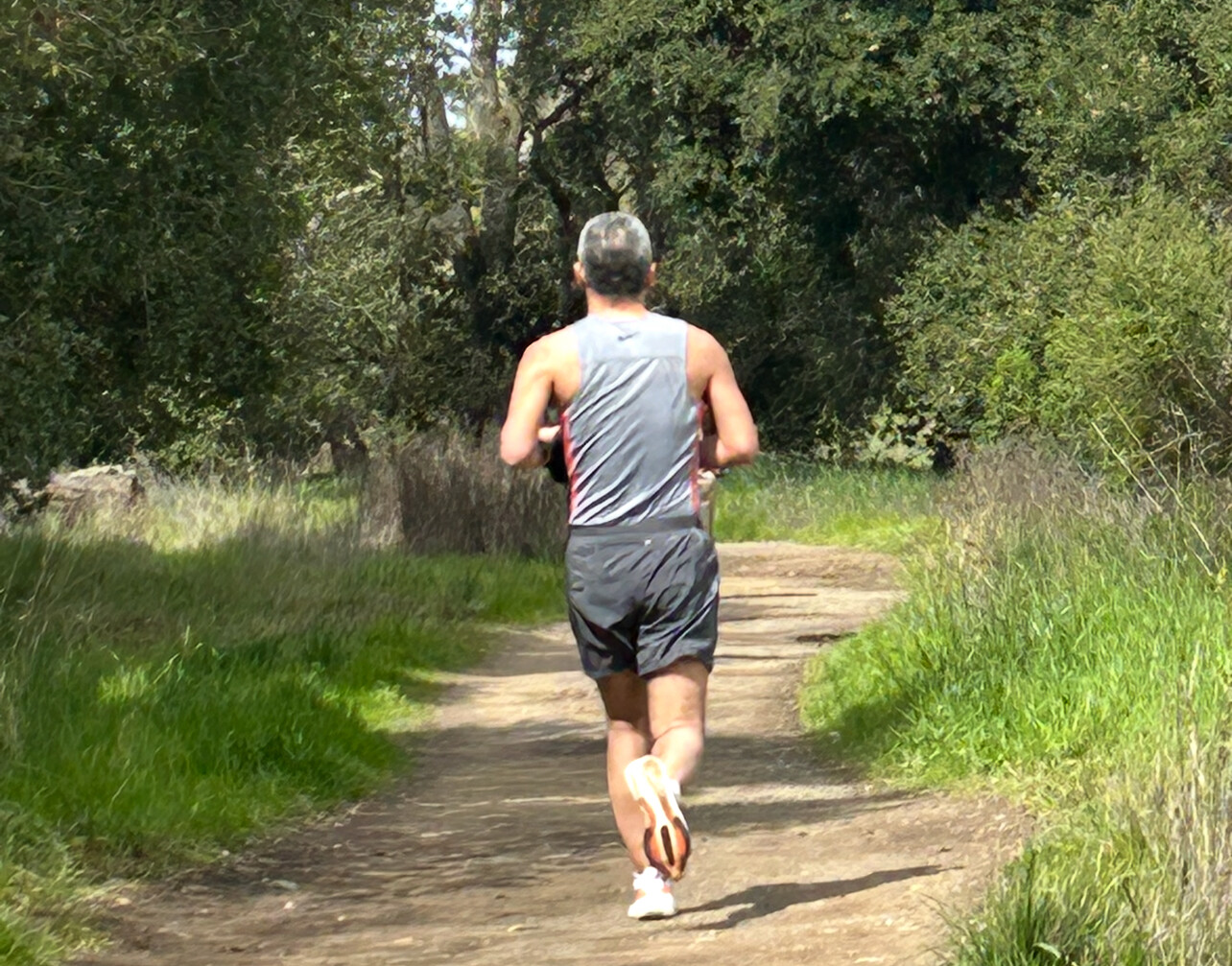
What Makes Strides So Effective?
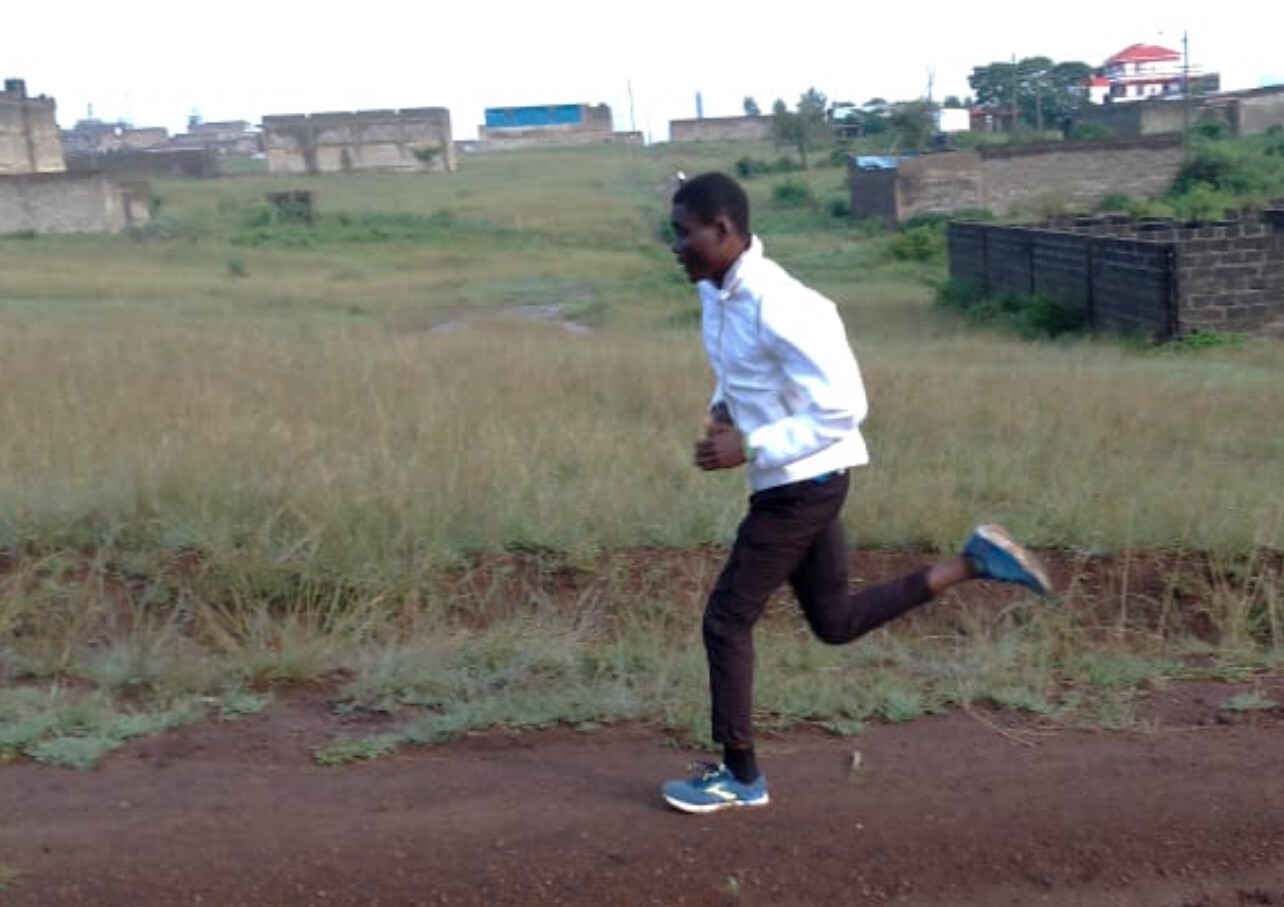
Strides activate fast-twitch muscle fibers, promote proper running form, and increase neuromuscular coordination. In short: they help your body remember how to run fast efficiently. For long-distance runners, this is especially important because most of your training is done at slower paces. Without strides, your body might forget how to shift gears.
Elite runners know this. You’ll rarely find a top athlete who doesn’t include strides several times per week. They may not log them in the training log as a “hard workout,” but they’re part of the secret sauce.
When and How to Do Strides
• After Easy Runs: Add 4–6 x 20–30 second strides at the end of an easy run, with full recovery (walk or jog) between.
• Before Workouts: A few strides can help prep your body and mind for faster work ahead.
• Before Races: Strides are a must before toeing the line. They help get your legs feeling sharp and ready to roll.
• Race Week: When tapering, strides are a great way to maintain speed without adding fatigue.
Tips for Making Strides Work for You
1. Focus on Form. Stay relaxed, upright, and quick off the ground.
2. Build, Don’t Blast. Ease into the stride, accelerating smoothly to 90% effort, then decelerate gradually.
3. Keep it Short. 80–100 meters or about 20–30 seconds is perfect.
4. Stay Consistent. Even twice a week can make a difference.
Real-World Example: KATA Portugal
At the KATA Portugal Retreat, Kenyan coach Jimmy Muindi builds strides into every runner’s week, whether they’re training for a 5K or a marathon. “You don’t need to hammer every session to get faster,” he says. “You just need to teach your body how to move fast with rhythm and flow.”
Coach Dennis adds, “Strides keep your engine ready. Especially as you taper or come off base training, they reintroduce speed without stress.”
Final Thought
Strides are simple, quick, and deceptively powerful. If you’re serious about running your best, whether you’re chasing a new 5K PR or lining up for Boston, don’t skip the strides. They might just be the missing link to your next breakthrough.
by Bob Anderson
Login to leave a comment
Why the Second Half of 2025 Could Be the Fastest Yet: Races, Records, and Rising Stars to Watch
The energy from the 2024 Paris Olympics hasn’t faded—if anything, it has fueled a fire that’s burning brighter than ever. As we move into the second half of 2025, the global running community is gearing up for one of the most exciting stretches in recent road racing history. From world record attempts to rising stars chasing breakthrough performances, the stage is set for something special.
The Fall Racing Boom

Major marathons like Berlin, Chicago, New York City, and Valencia are stacked with elite fields, deeper than we’ve seen in years. Berlin, known as the flattest and fastest, has quietly become a go-to course for record-chasers. Rumors are already swirling about a possible sub-2:00 marathon attempt under officially ratified conditions.
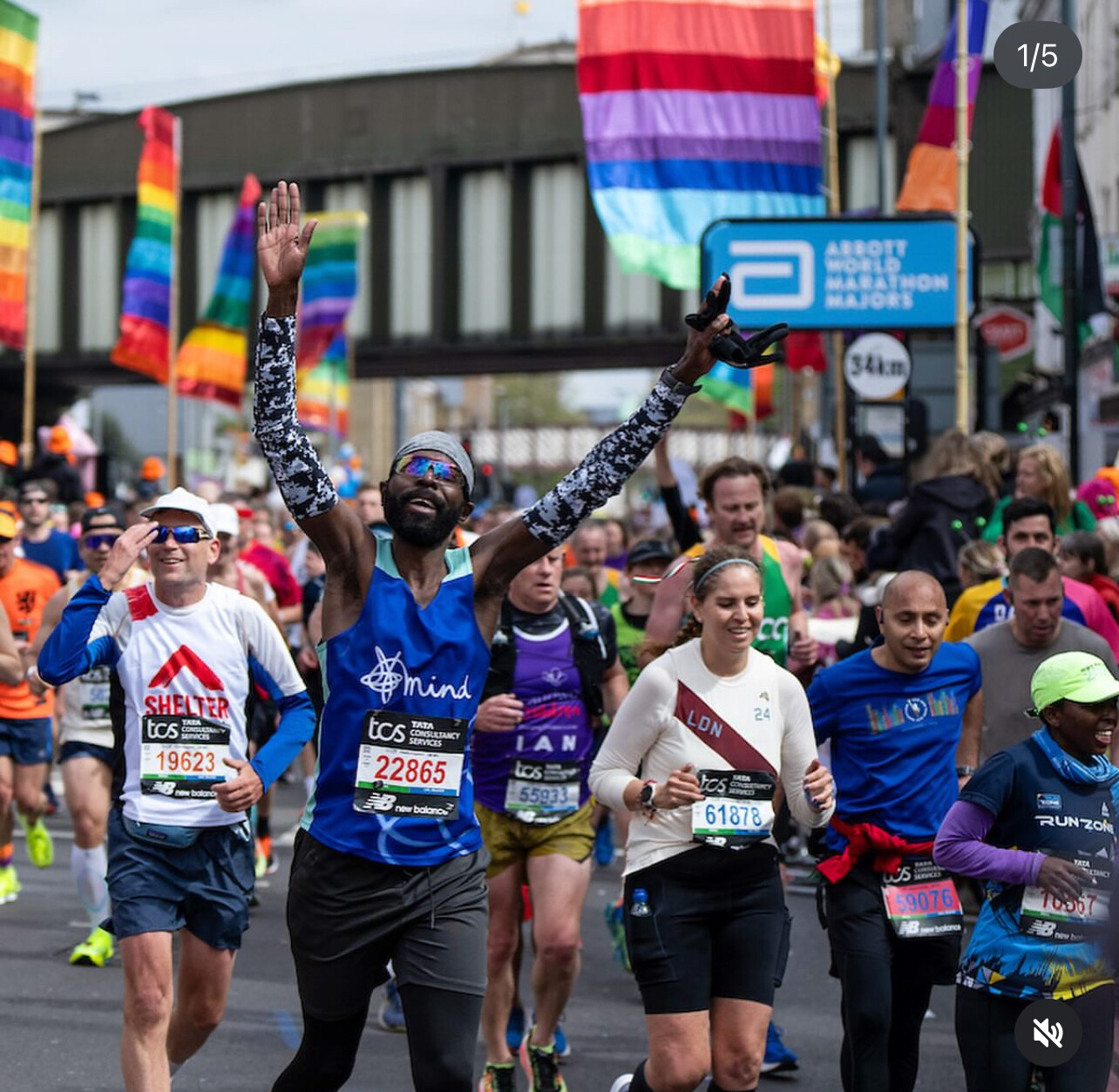
Valencia, with its blazing-fast course and near-perfect weather, is also primed for records—not just among elites but also among age-groupers and masters. If you’re looking to break your personal best, this fall might offer the best shot in years.
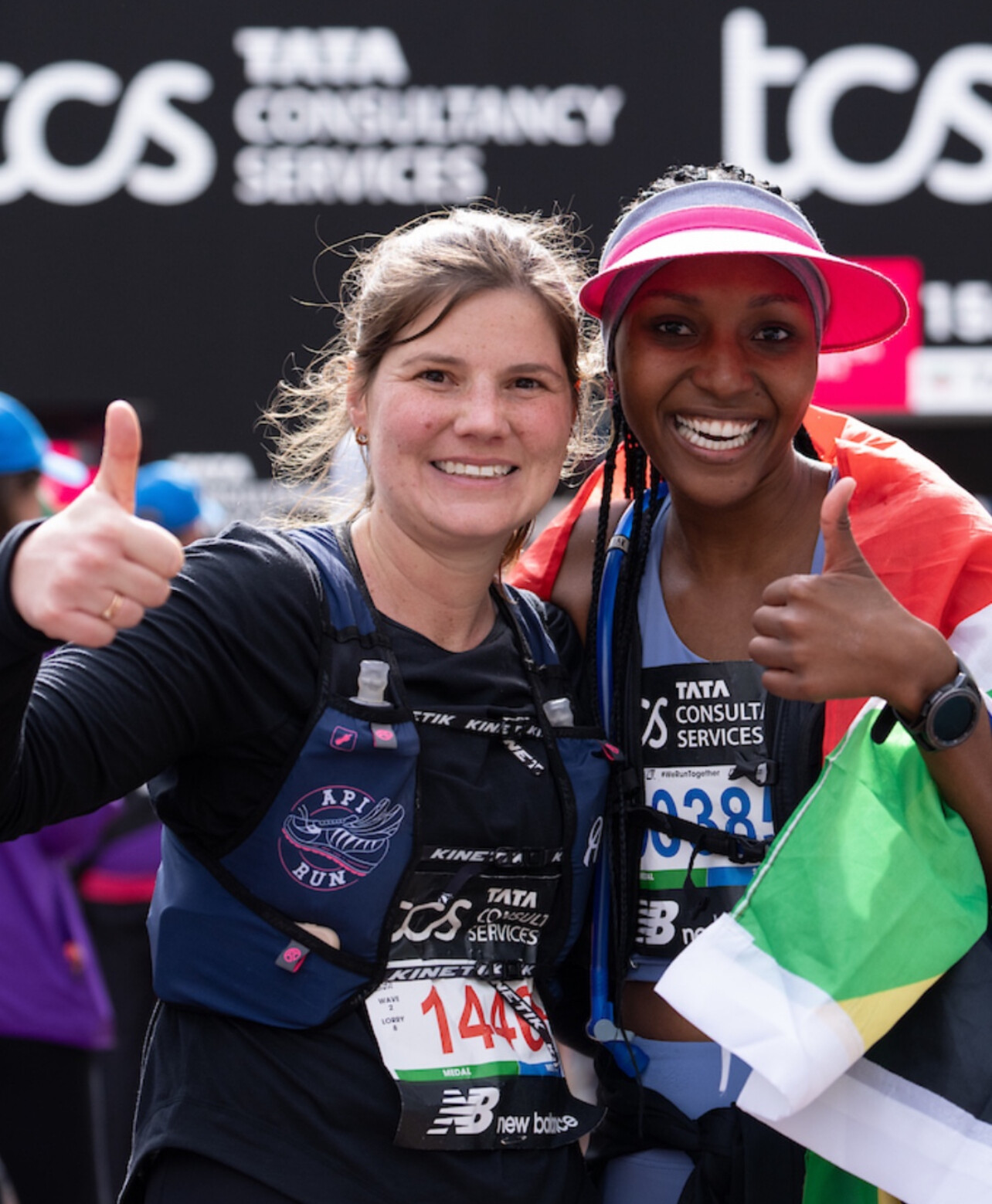
Rising Stars to Watch
Several names are emerging from training camps in Kenya and Ethiopia, and young runners from the U.S., Japan, and Europe are closing the gap quickly.
Cynthia Kiprotich (KEN), just 22 years old, finished 4th in Tokyo earlier this year and is targeting Chicago as her major breakthrough. Her stride and pacing discipline are reminiscent of a young Brigid Kosgei.
Eli Navarro (ESP) has quietly put together a string of 1:01 half marathons and recently clocked 27:45 for 10K on the roads. He’ll toe the line in Valencia with serious sub-2:05 intentions.
Katie Hensley (USA), a former NCAA standout, just won the Grandma’s Half in 1:08:30 and will debut in Berlin. Her aggressive style and fearless racing could make headlines.
Training to Peak This Fall
We spoke with Jimmy Muindi, 2:05 marathoner and head coach at KATA Portugal, about what it takes to time your peak for October or November.
“You’ve got to build strength now, not speed. July and August are about grinding, getting strong through hills and longer tempos,” Muindi advises. “In September, you sharpen. That’s how the Kenyans do it. We build the engine, then polish it.”
For those training through the heat of summer, Jimmy suggests early morning runs, easy doubles, and one hard workout per week to keep fitness progressing without overheating.
Age-Groupers on the Rise
It’s not just the elites aiming big this fall. Many age-group runners are setting ambitious goals, inspired by Olympic performances and the ever-growing community of masters athletes breaking new ground.
At My Best Runs, we’re tracking dozens of 40+, 50+, and 60+ runners targeting Berlin, Chicago, and Valencia as their “A” race. We’ve seen 55-year-olds run sub-3:00, 70-year-olds crack 3:30, and 77-year-olds (like myself) still pushing to go sub-53 for the 10K.
If you’re consistent, focused, and smart with your training, there’s no reason your next personal best can’t be set this year.
10 Fastest Fall Courses Left in 2025
1. Berlin Marathon (Germany)
2. Valencia Marathon (Spain)
3. Amsterdam Marathon (Netherlands)
4. Chicago Marathon (USA)
5. Frankfurt Marathon (Germany)
6. Lisbon Half Marathon (Portugal)
7. Toronto Waterfront Marathon (Canada)
8. Istanbul Half Marathon (Turkey)
9. New York City Marathon (USA) – challenging but iconic
10. Monterey Bay Half Marathon (USA) – for the scenery and cool temps
Final Thoughts
Whether you’re chasing a world record or your own best time, the second half of 2025 offers a golden window. With smart training and the right race, you just might run faster than you ever thought possible.
by Boris Baron
Login to leave a comment
The Fueling Strategy of a Champion—Jimmy Muindi’s Approach to Nutrition and Race Preparation - Part three
In Parts One and Two, we explored Jimmy Muindi’s remarkable journey from a young barefoot runner to an elite marathoner, and his transition into coaching at the Kenyan Athletics Training Academy (KATA) in Portugal (all photos taken at KATA located at Anderson Manor Retreat in Monforte da Beira Portugal). Now, in Part Three, we delve into a critical element of running success—nutrition and hydration.
Training alone isn’t enough to maximize performance. Proper fueling and strategic race preparation play a major role in an athlete’s ability to perform at their best. Muindi has learned firsthand, through years of competing at the highest level, that what and when you eat can make or break a race.
At KATA Portugal, Muindi applies these same principles to his coaching, ensuring that runners understand not just how to train, but also how to eat and hydrate for peak performance.
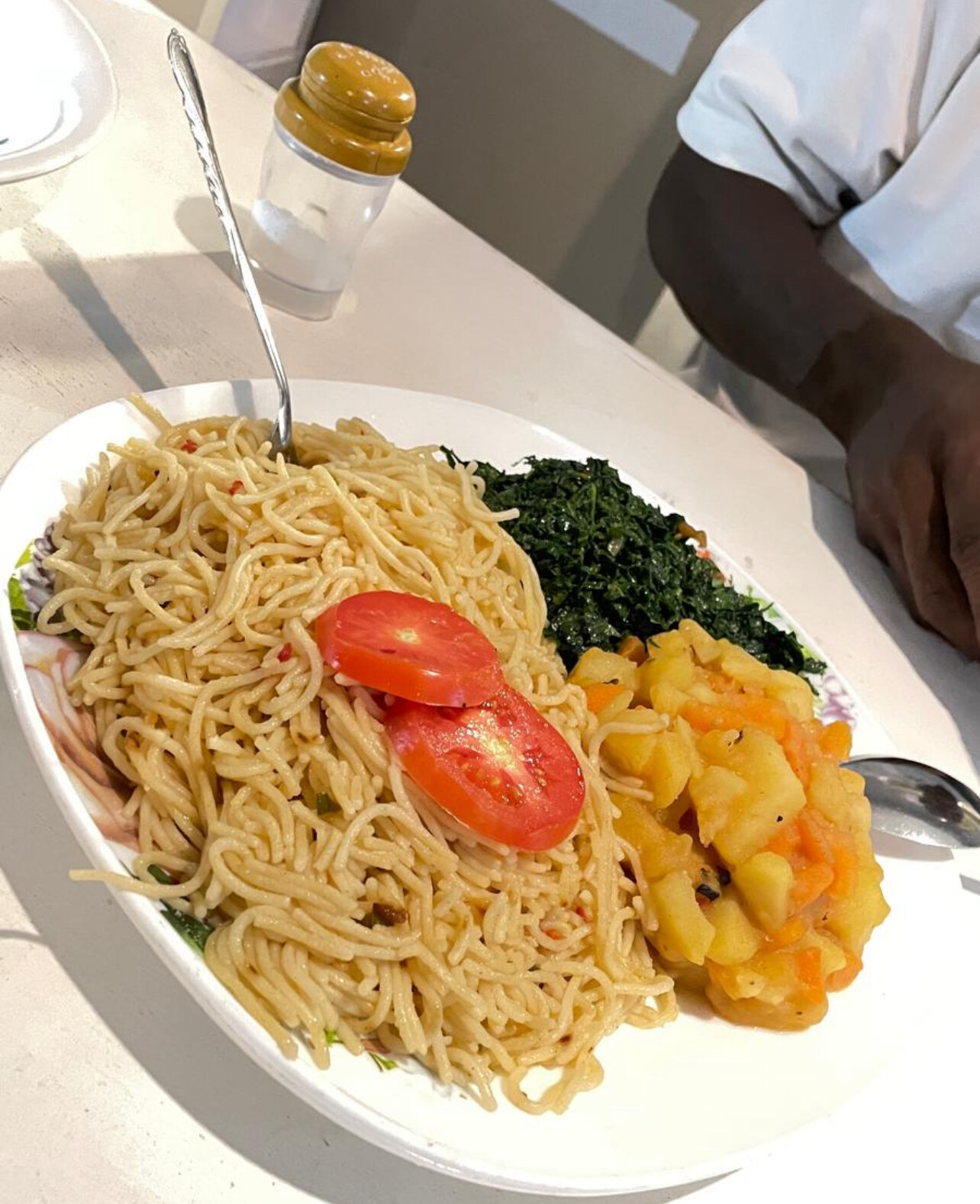
The Key to Fueling: Why Two Nights Before the Race Matters Most
Many runners focus on carb-loading the night before a race, but Muindi emphasizes that the most important meal happens two nights before the race.

“If you eat too much the night before, your body doesn’t have enough time to fully process and store the energy properly,” Muindi explains. “Instead, it’s two nights before when you need to eat your biggest meal. That’s when your body is in the best position to absorb the nutrients and store glycogen for race day.”
This strategy is a hallmark of elite Kenyan runners. While they do eat a balanced meal the night before, it’s more about maintaining energy stores rather than overloading.
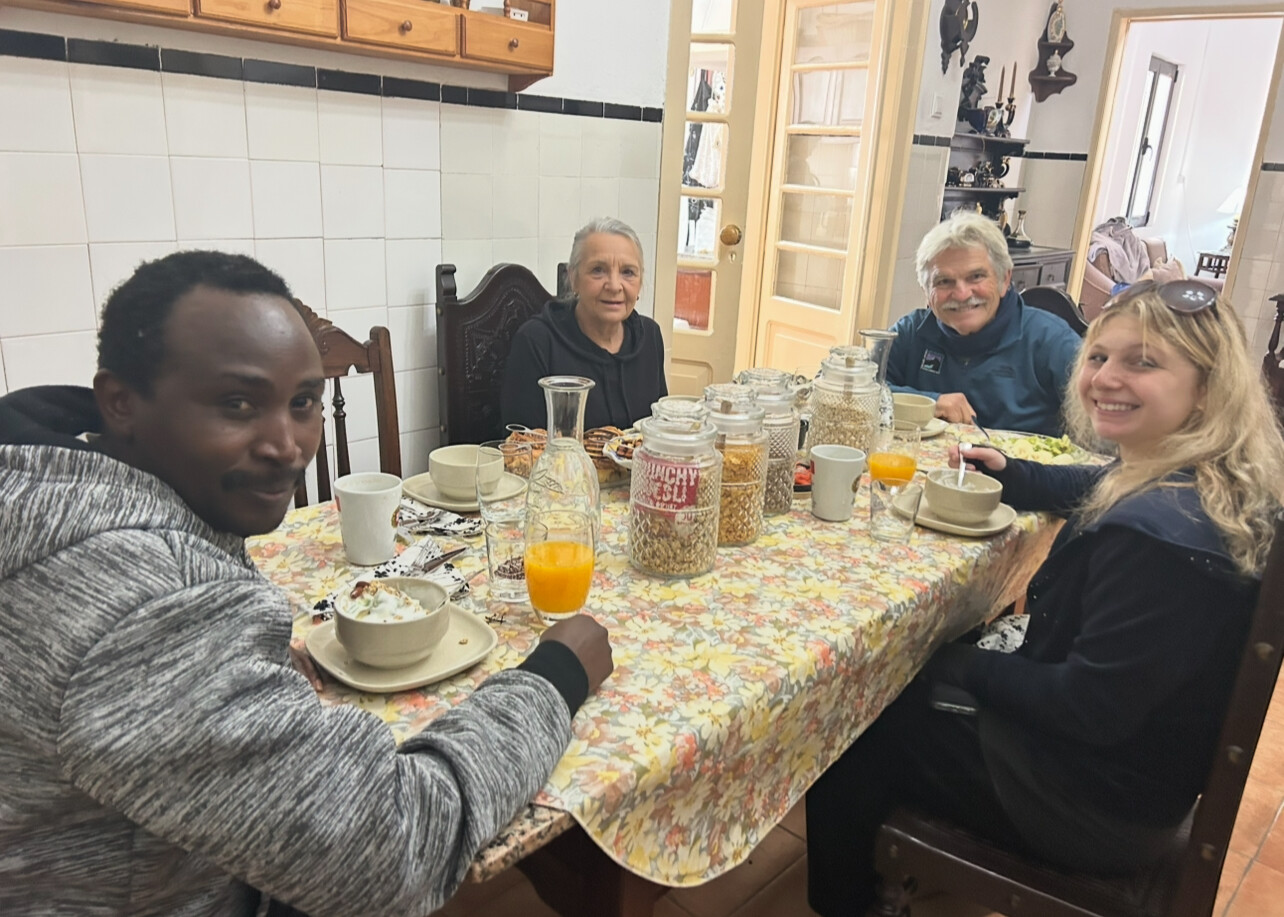
The Kenyan Runner’s Diet: Simple, Natural, and Effective
For decades, Kenyan distance runners have followed a diet that is both simple and highly effective. Muindi is no exception.

At the core of this diet are:
• Carbohydrates (about 75-80% of daily intake)– Ugali (a maize-based staple), rice, and potatoes provide the primary energy sources.
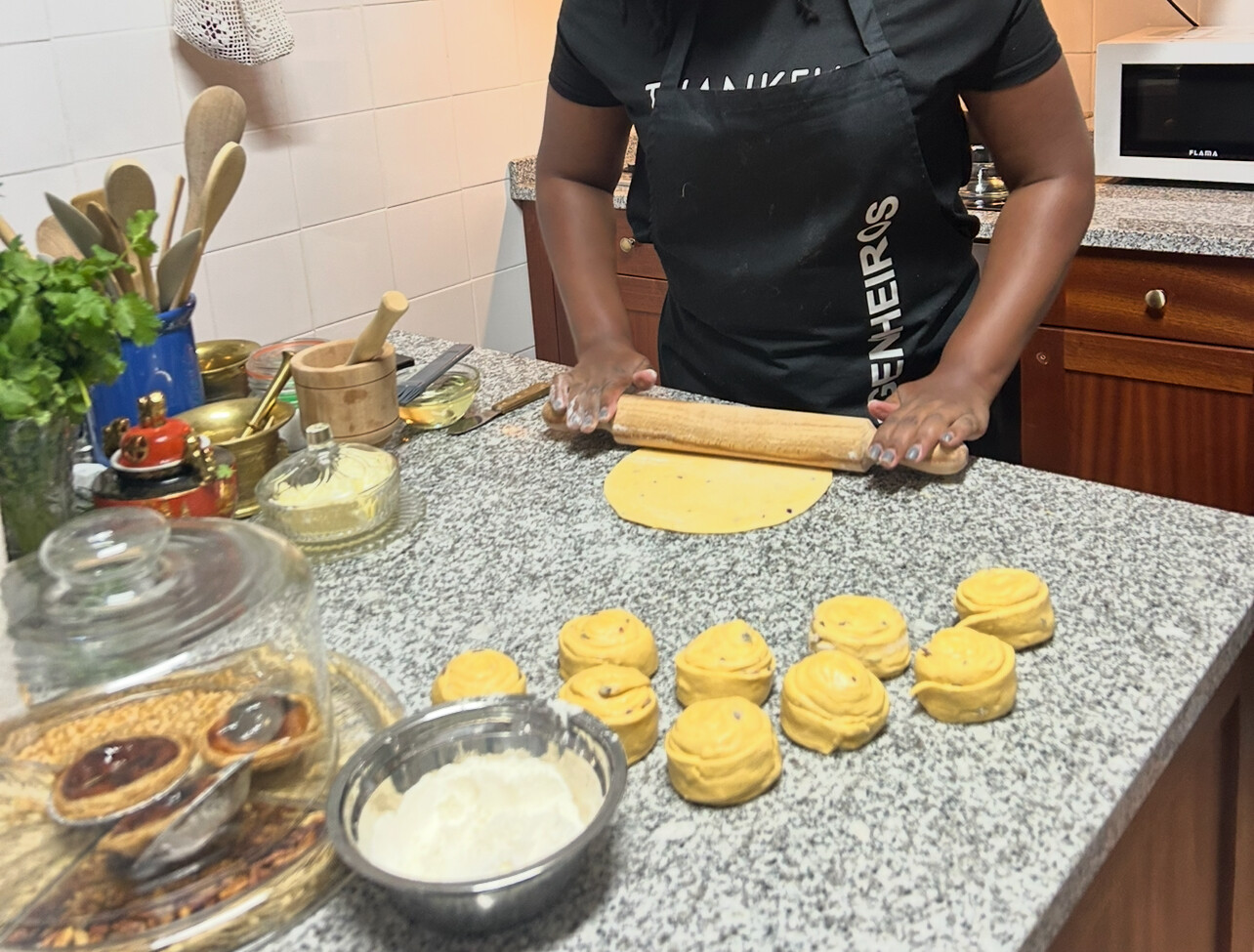
• Vegetables– Greens such as sukuma wiki (collard greens), spinach, and cabbage are common.
• Proteins (about 10-15%)– Beans, lentils, eggs, and occasionally meat (usually chicken, goat, or beef, but not in excess).

• Healthy fats– Avocados, nuts, and milk from cows or goats.
• Tea with milk and sugar– This is an important part of a Kenyan runner’s daily routine. Tea is consumed multiple times a day, often before and after training sessions. The combination of milk and sugar provides quick energy while keeping hydration levels up.
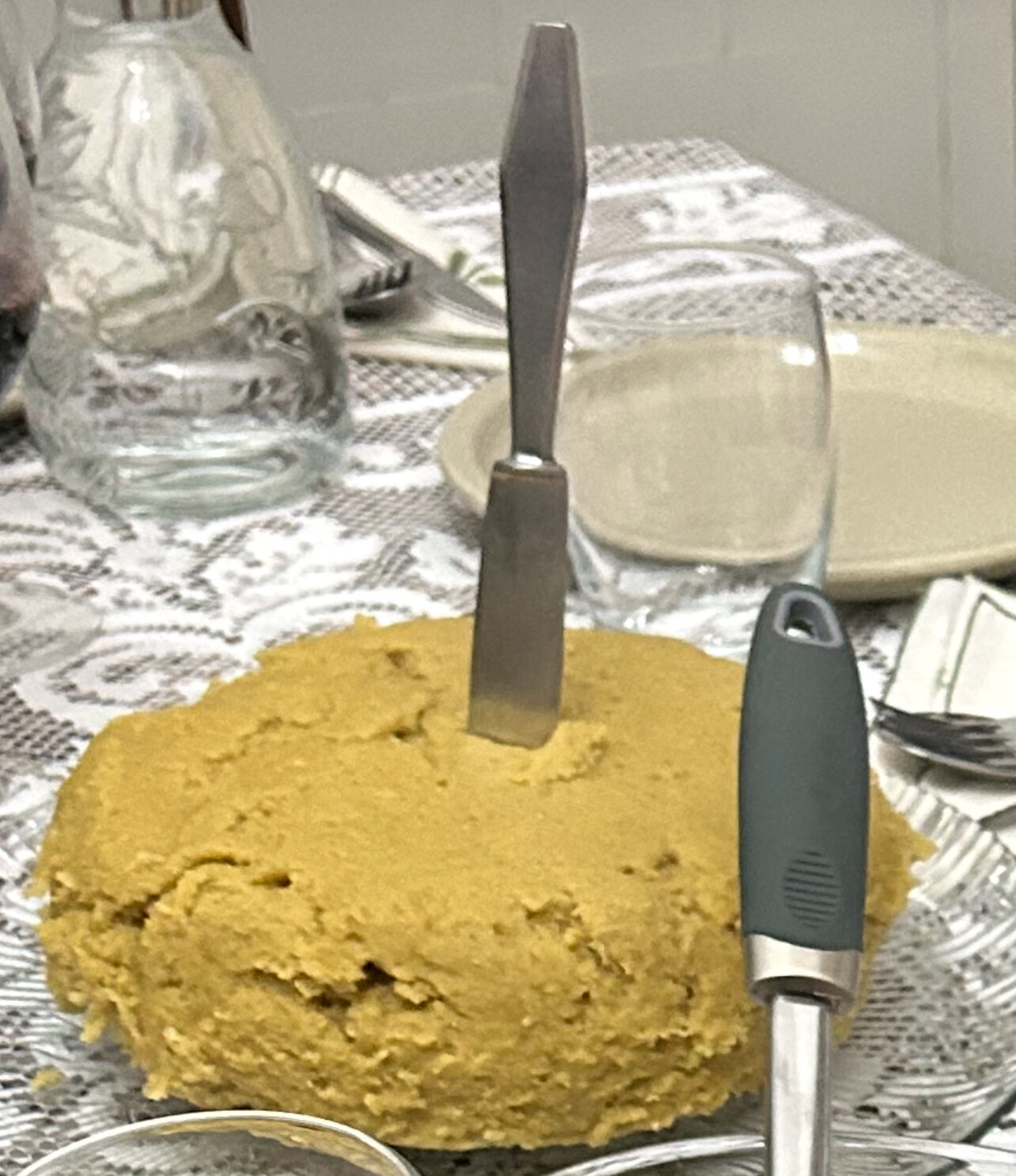
What’s notably absent from the traditional Kenyan diet is excessive processed foods. While sugar is used in tea, highly refined snacks and artificial ingredients are avoided. Instead, the focus is on whole, home-cooked meals with natural ingredients.
Pre-Race Nutrition Strategy
Muindi breaks his pre-race nutrition plan into three key phases:
1. Two Nights Before the Race – The Most Important Meal
• Large serving of ugali or rice for carbohydrates
• Protein source (beans, lentils, or chicken)
• Cooked greens for vitamins and minerals
• Hydration: Water and tea with milk and sugar
2. The Night Before the Race – Keeping It Light
• A smaller portion of carbohydrates (usually rice)
• Light vegetables
• Minimal protein (to avoid digestion issues the next morning)
• Hydration: Water, tea with milk and sugar, no heavy or fatty foods
3. Race Day Morning – Quick, Easily Digestible Energy
• A slice of bread with honey
• A banana for quick energy
• Black tea or tea with milk and sugar
• No heavy meals—just enough to keep energy levels stable without causing stomach discomfort
Hydration Strategy: Timing Matters
Muindi's approach to hydration during a marathon is disciplined and strategic. Unlike recreational runners who may sip water frequently, he does not take any water until after the 5K mark. From that point onward, he drinks water every 5K, adjusting based on weather conditions.
“For me, being out there for just over two hours, I don’t need to drink too much,” Muindi explains. “I know my body, and I hydrate well before the race, so I only take small amounts of water every 5K.”
However, Muindi acknowledges that this approach isn’t suitable for everyone.
“If you are running at a four-hour pace or longer, your hydration needs change. For runners expecting to be on the course for four, six, or even eight hours, regular hydration is critical. In these cases, you need to take in more fluids and also consume calories—things like bananas or energy gels—to maintain energy levels.”
Muindi emphasizes that each runner should plan their hydration strategy according to their race pace, experience, and the race-day conditions.
At KATA Portugal, Muindi teaches runners how to fine-tune their hydration plans so they don’t overhydrate but also don’t risk dehydration. He helps runners determine when and how much to drink based on their training intensity and expected race time, ensuring they develop an optimal balance of water intake, electrolyte replenishment, and fuel consumption.
Collaborative Coaching at KATA Portugal
Muindi works closely with Bob Anderson, a lifetime runner and the founder of KATA. Anderson, who started Runner’s World magazine in 1966 at the age of 17, has dedicated his life to the sport of running. His passion led him to establish KATA in Kenya in 2019, and subsequently, KATA Portugal in 2024. Anderson and his wife, Catherine, spend approximately 45% of their time at KATA, actively engaging with the running community and supporting the academy’s mission.
The academy ensures that there is always a certified Kenyan coach available, providing authentic training experiences rooted in Kenyan running culture. This collaborative environment fosters a holistic approach to training, combining Muindi’s expertise with the rich traditions of Kenyan athletics.
Beyond Running: A Retreat for All
KATA offers more than just a running camp. It also caters to hikers, walkers, and individuals seeking relaxation and a respite from the hectic world. Nestled in the village of Monforte da Beira in central Portugal, with a population of just 310 people, KATA provides the quiet environment that many people seek. This tranquil setting allows guests to unwind, explore scenic trails, and immerse themselves in the local culture, making it an ideal destination for both active and leisure pursuits.
How Muindi Teaches Nutrition at KATA Portugal
At KATA Portugal, Muindi ensures that guests learn by doing. The training program isn’t just about running—it’s also about understanding how to fuel like a champion.
• Meals at KATA Portugal follow the same principles as the Kenyan elite training camps. Guests experience a diet that emphasizes complex carbohydrates, natural proteins, and proper hydration.
• Workshops and discussions provides insight into meal timing, nutrient absorption, and the importance of eating for recovery.
• Pre-race meal planning helps runners adjust their own routines based on what has worked for world-class marathoners.
One of the most valuable lessons Muindi imparts is that nutrition is about consistency, not last-minute changes. Runners at KATA Portugal learn how to eat for performance long before race week, making proper fueling a habit rather than a stress factor.
by Boris Baron
Login to leave a comment
Part Two: Training the Kenyan Way—Jimmy Muindi’s Coaching Success and Impact at KATA Portugal
In Part One, we explored Jimmy Muindi’s remarkable journey from a young barefoot runner to an elite marathoner, winning the Honolulu Marathon six times and running a personal best of 2:05:24. Now, in Part Two, we dive into his success as a coach, both in Kenya and now at KATA Portugal.
Muindi has been deeply involved in training athletes back home for many years. After his own marathon wins, he set up a youth training camp in Ngong, on the outskirts of Nairobi, where he began mentoring promising runners. One of his most famous protégés is Patrick Makau.
Around 2005, Muindi—then fresh off his Rotterdam Marathon victory—heard about a talented young runner from his home area. He sought out Makau, offered guidance and encouragement, and after Makau finished high school, Muindi brought him into his camp in Ngong and trained him for two years.
Under Muindi’s tutelage, Makau developed from a schoolboy star into a world-class road racer, even winning a 25K race in Berlin as his first international competition. The pinnacle of their mentor-student relationship came in 2011, when Patrick Makau broke the marathon world record in Berlin, a testament to the solid foundation and focus Muindi helped instill early on. This example highlights Muindi’s overall impact—he has a keen eye for talent and the ability to nurture it to the highest level.
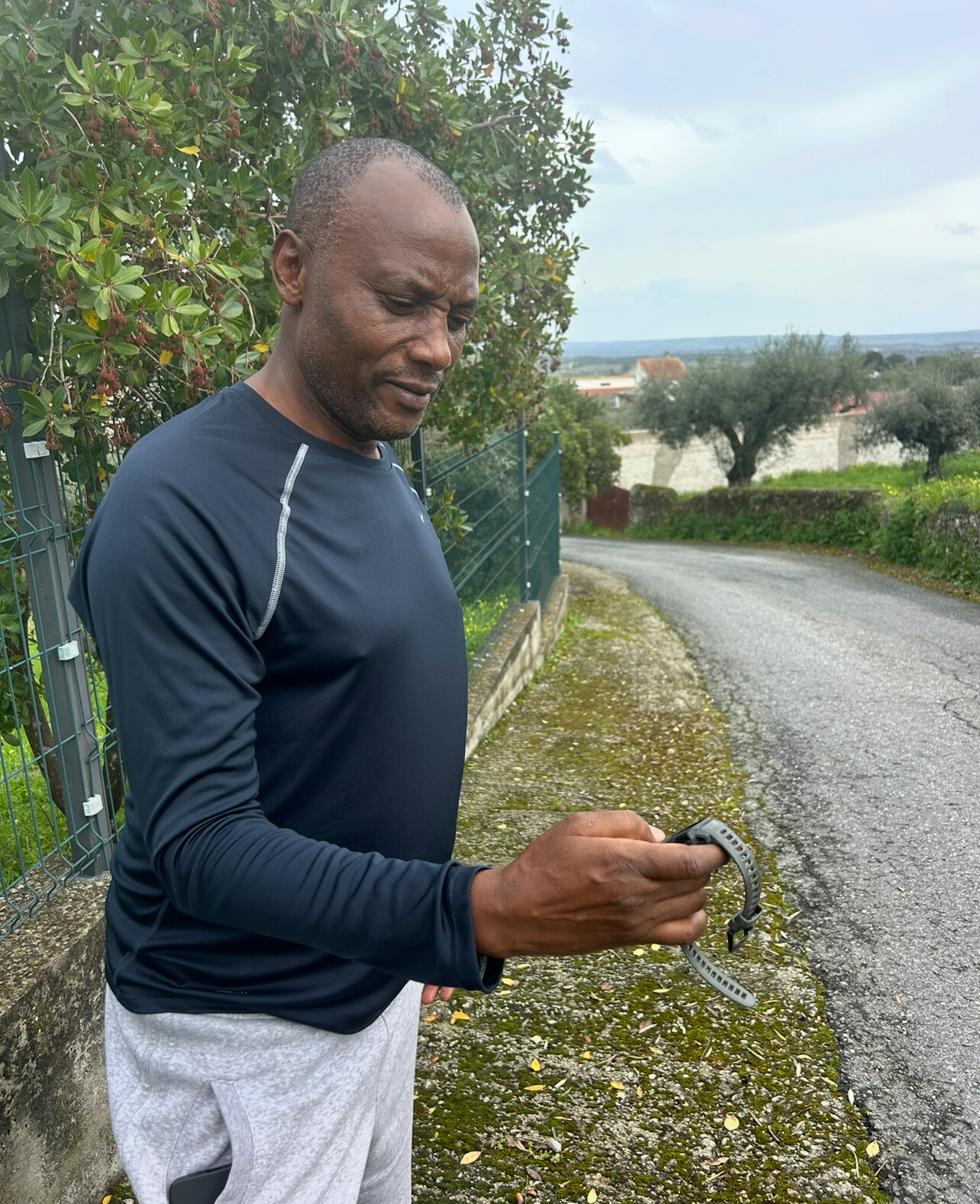
Muindi’s coaching reach doesn’t stop with Makau. Over the years, he has worked with and inspired many Kenyan athletes, as well as athletes from South Africa and Zimbabwe. He even coached and paced his younger brother, Nicholas Muindi, who himself became a 2:15 marathon runner. Training side by side with Jimmy, Nicholas and others like teammate Eric Nzioki benefited from Jimmy’s experience and training methods.
In Kenya’s running culture, group training and mentorship are key, and Muindi has been at the heart of such groups—whether informally bringing up younger runners in his home region or mentoring elite athletes at training camps. Dozens of runners have shown marked improvement under his guidance.
It’s common to hear of a runner joining a group with modest personal bests and, after months of hard training, cutting down their times significantly. This kind of progress speaks to Muindi’s effective coaching style and the training environment he helps cultivate. His approach is very much about training the Kenyan way, a philosophy he exemplifies.
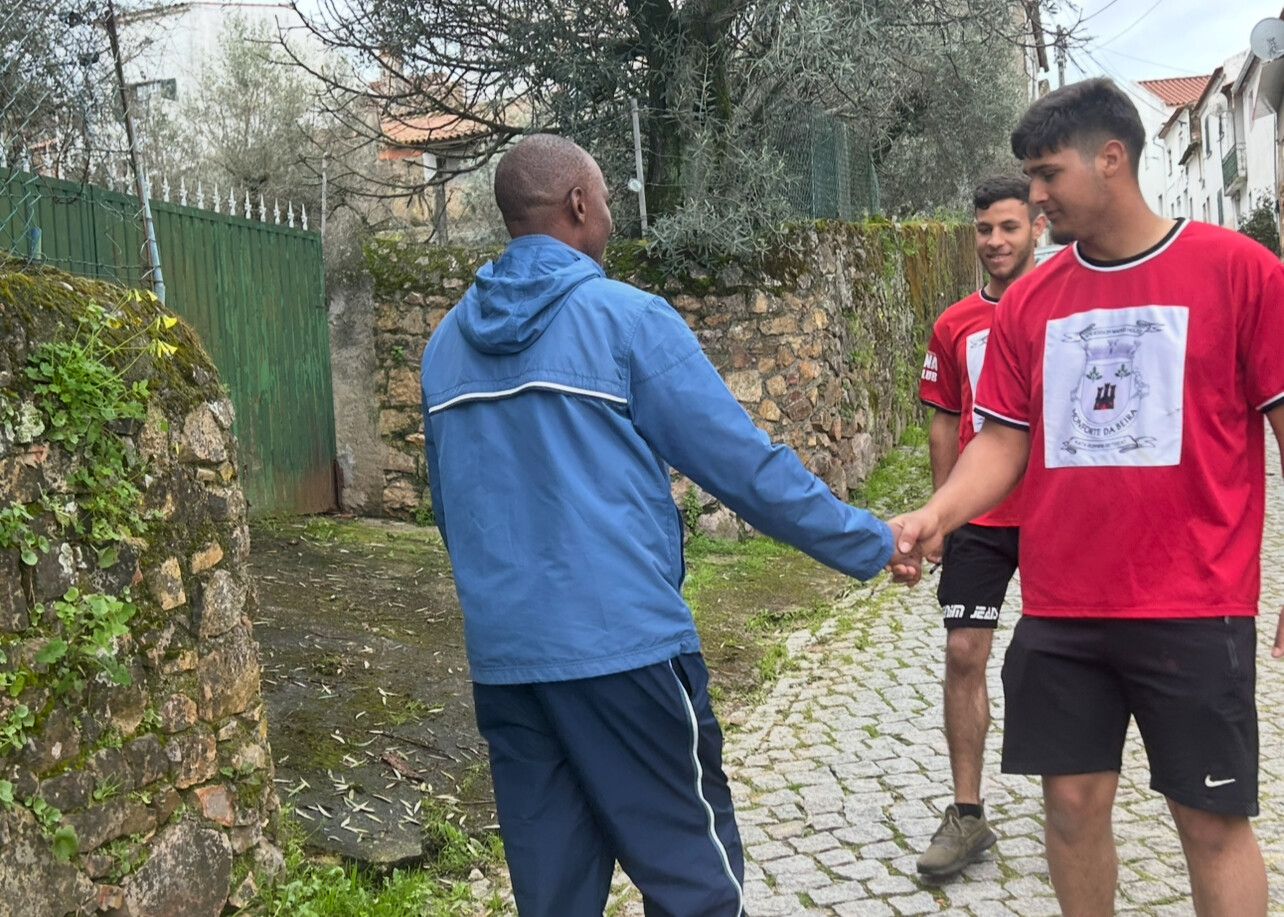
The Muindi Coaching Method: Training the Kenyan Way
What is Muindi’s coaching philosophy and method? In large part, it mirrors the proven Kenyan training principles that brought him success in his own career.
Muindi emphasizes high-mileage, high-quality training weeks. His athletes run twice a day, six days a week—a harder workout in the morning and an easy run in the evening—allowing for both intensity and active recovery.
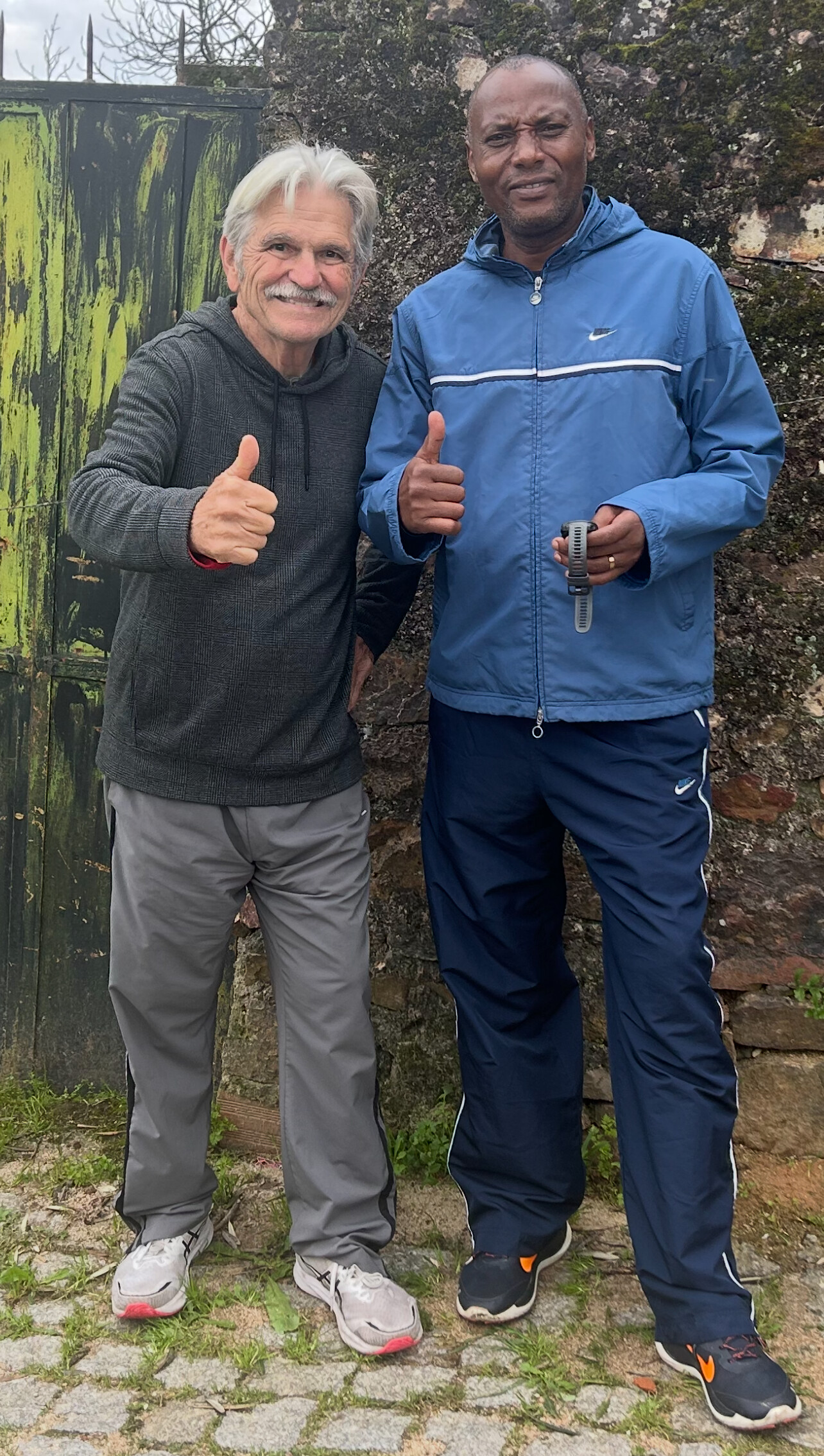
His training follows a simple but effective structure: one hard day followed by an easy day. The hard days vary and can include:
• Fartlek training—alternating between hard efforts and recovery paces over various distances
• Interval training on the track—structured repetitions such as 6 × 1,000m, 10 × 400m, or 4 × 2K at race pace
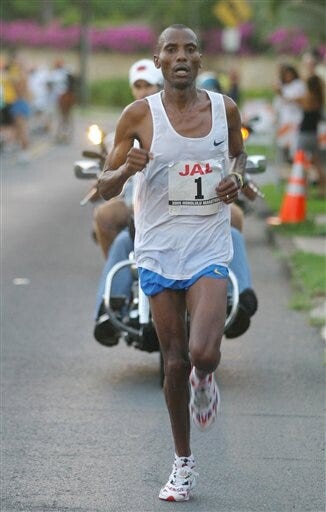
• Hill work—shorter, explosive hill sprints or longer sustained uphill efforts
• Tempo runs—steady-state efforts at or slightly above lactate threshold
On easy days, Muindi ensures that his runners focus on recovery, maintaining a relaxed effort to allow the body to adapt and rebuild.

He also incorporates a mix of workouts that have long been secrets of Kenyan distance running, including:
• Strength and form drills to improve efficiency and prevent injuries
• Diagonal runs—a drill that involves running across a grass field or from one corner of a track to the opposite corner. The effort is 100 to 120 meters, followed by a jog, then repeated ten times or more. This is often done after a long run or a few days before a major race to reinforce good form and maintain leg turnover without overstressing the body.
This structured approach has allowed many of his athletes to break through to the next level.
Bringing Kenyan Training to Portugal
Now, Muindi is bringing this train the Kenyan way experience to international guests at KATA Portugal, the academy’s new European location. Opened in 2024 at the historic Anderson Manor Retreat in central Portugal, KATA Portugal offers runners from around the world a chance to train under Kenyan coaches like Muindi without traveling all the way to East Africa.
As one of the lead coaches for KATA Portugal, Muindi provides the same level of world-class guidance that he has applied in his previous coaching experiences. Visitors can expect an immersive training week that closely models a Kenyan training camp—right down to the daily schedule and philosophy.
Runners joining KATA Portugal can look forward to personalized coaching from Muindi. He begins by evaluating each guest’s fitness and goals, then tailors the training accordingly. A day might start at dawn with an endurance run through the scenic trails around Monforte de Beira, where the retreat is located. Muindi will lead or cycle alongside, monitoring paces and offering tips on form. The morning session could be a long run or a hard workout, depending on the plan—for example, interval repeats on a nearby all-weather track or a fartlek on the rolling country roads.
His approach to guests is hands-on and encouraging. He runs some easy miles with less experienced runners, challenges the faster ones with appropriate paces, and creates an atmosphere where everyone, regardless of level, feels like part of the team.
In the afternoons, he conducts a second, lighter session—this could be an easy shakeout jog, mobility drills, or even a fun group run to explore the area.
Muindi also integrates supplemental training into the program:
• Core strength exercises
• Stretching routines
• Yoga sessions (the Portugal retreat has yoga and massage amenities on site)
All of this mirrors the components of training he used as an elite.
The Kenyan Approach to Recovery and Nutrition
Guests at KATA Portugal will quickly notice Muindi’s attention to recovery. Between runs, he stresses rest, proper hydration, and nutrition. In line with the Kenyan tradition, the meals at KATA Portugal are inspired by the Kenyan runner’s diet—simple, hearty, and rich in carbohydrates. Muindi often dines with the participants, informally sharing stories from his racing days and advice on topics like race strategy or injury prevention.
This personal touch is a huge part of what he brings to the table: you’re not just following a training schedule—you’re learning directly from someone who competed at the highest level.
Why Train with Muindi? A Champion’s Perspective
What truly sets Muindi apart as a coach at KATA Portugal is how his professional background shapes his philosophy in training others.
Having been a world-class marathoner, Muindi understands the dedication required to reach one’s potential. He approaches each runner as an individual, cognizant that everyone has their own journey.
Because he’s been through the highs and lows of competitive running—from winning major races to the grind of daily training—he can relate to the struggles his trainees face. This empathy makes him a patient and motivating coach.
Muindi’s own career was marked by consistency and longevity (he remained competitive for over two decades), and he emphasizes the same long-term approach to his trainees, preaching that improvement comes through gradual progress and consistent effort.
Under his guidance, runners at KATA Portugal gain a rare window into the mindset of a champion. Muindi teaches them to plan their races, listen to their bodies, and cultivate the confidence that comes from thorough preparation.
Coming Next in Part Three
Training is only part of the equation when it comes to running success. Nutrition and strategic race fueling play a major role in performance.
In Part Three, we will explore Muindi’s approach to diet, emphasizing why the most important meal happens two nights before a big race. His personal experience and insights will reveal how proper fueling can make or break a performance.
Stay tuned for the next installment as we dive into the nutrition strategies of elite Kenyan runners and how Muindi applies them to his coaching at KATA Portugal.
by Boris Baron
Login to leave a comment
Besides being a world class runner and now coach Coach Jimmy is a great guy with lots to say. We are happy to have him as part of our KATA team. - Bob Anderson 3/8 8:20 am |
From Barefoot Champion to Marathon Legend: The Journey of KATA Coach Jimmy Muindi
Jimmy Muindi’s journey from a young barefoot runner in Kenya to an elite marathoner is a testament to perseverance, adaptability, and the drive to push beyond limitations. His incredible career includes winning the Honolulu Marathon six times, running a 2:05:24 marathon, and playing a key role in pacing Paul Tergat to a world record 2:04:55 at the 2003 Berlin Marathon.
Now, Muindi is bringing his experience to KATA Portugal as a coach, offering training, insights, and mentorship to runners of all levels. His coaching philosophy is deeply rooted in his own experience as a professional runner, ensuring that guests at KATA Portugal will learn from someone who has lived the life of a world-class athlete.
This three-part series will explore Muindi’s remarkable career and his transition to coaching:

• Part One: His journey from humble beginnings to becoming an elite marathoner and record-setting athlete.
• Part Two: His coaching success in Kenya and what he brings to guests at KATA Portugal.
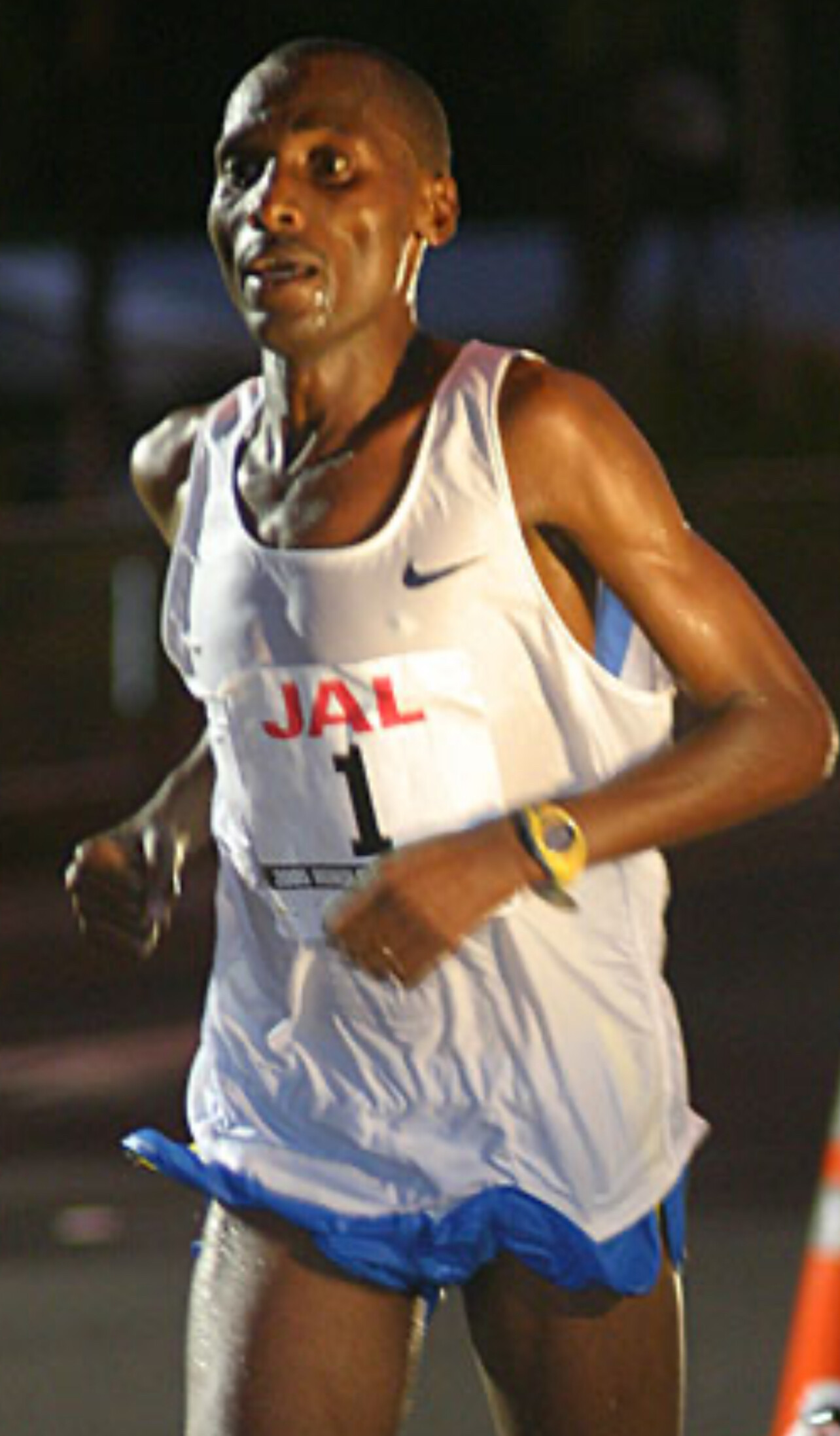
• Part Three: Nutrition and race preparation—why the most important meal for a big race happens two nights before and how Muindi’s personal approach to fueling has helped him perform at the highest level.
Humble Beginnings and Early Inspiration
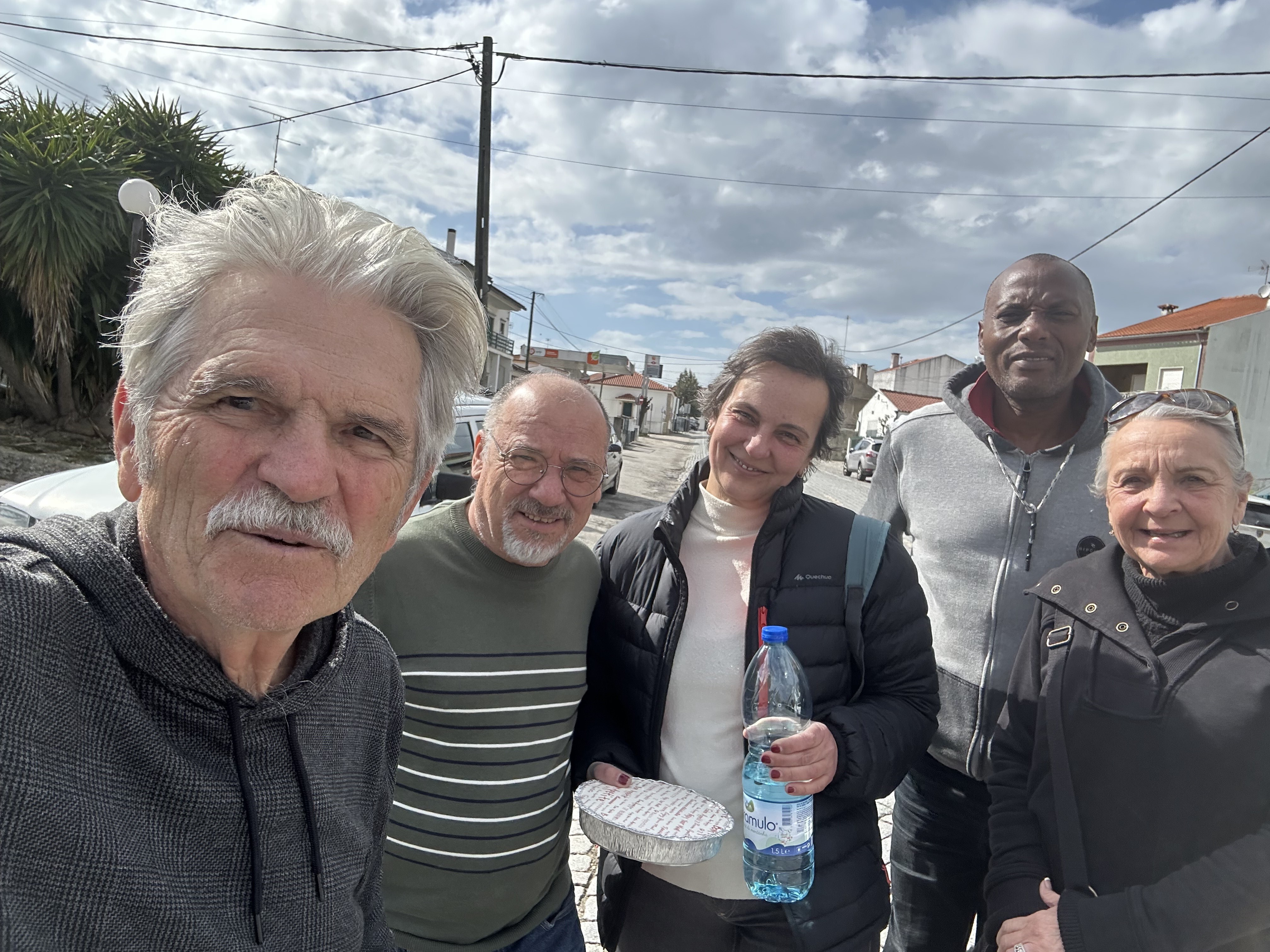
Born into a family of eight children, Muindi was the firstborn and grew up in modest conditions. Food was scarce, and life was challenging, but his mother, was a runner who competed only in school-level races, became his first source of inspiration. At age 15, his mother encouraged him to start running, recognizing his potential.
Then, in 1988, Muindi’s cousin qualified for the World Junior Cross Country Championships. Seeing someone from his own family reach the international stage ignited his dream. Despite his family’s simple way of life, Muindi was determined to see what he could achieve.
High School Breakthrough and First Steps to Elite Running
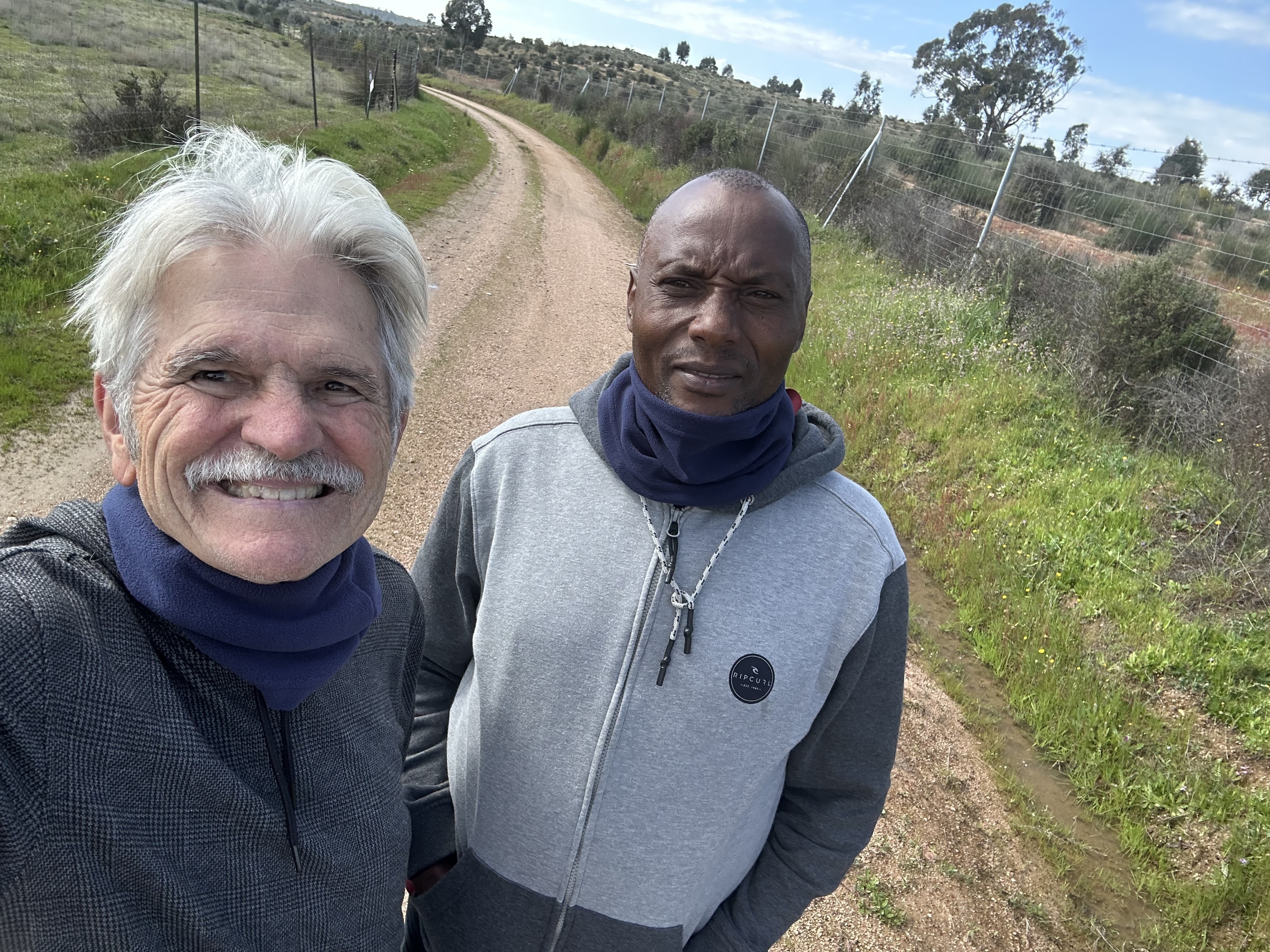
Even without structured coaching, Muindi trained on his own and quickly became the best runner in his school. He performed exceptionally well in long-distance events, often lapping other runners in the 10,000 meters. His talent caught the attention of a national coach, who invited him to a training camp—a turning point that would take his career to the next level.
The training camp was six kilometers from Muindi’s home, and without access to transportation or proper gear, he ran there barefoot to train with the coach who recognized his talent. The camp had about 15 to 20 athletes, and when he joined, he could beat everyone except for two runners—both of whom had running shoes and proper training gear.
Determined to improve, Muindi trained at the camp twice per week under the coach’s guidance. On the other days, he trained on his own four times per week, but because he lacked proper training knowledge, he simply ran miles and miles barefoot, unknowingly building his endurance and toughness.
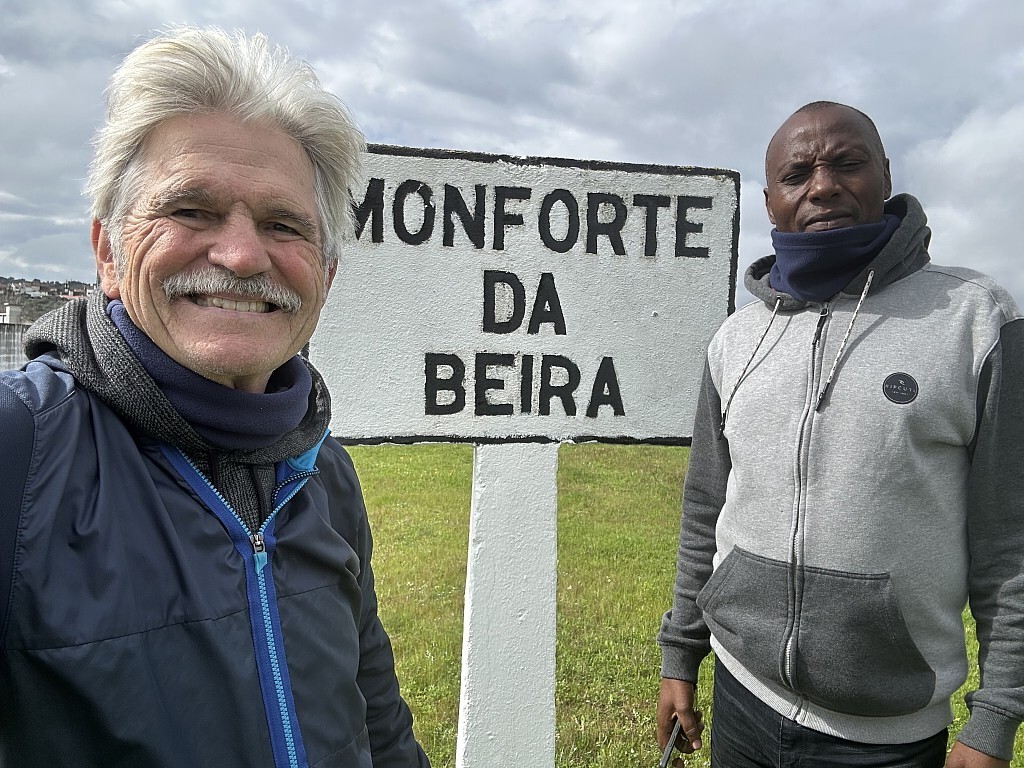
Rapid Improvement and a Life-Changing Connection
The training at the camp was intense. After running six kilometers as a warm-up just to get there, Muindi and the group would do a 6K to 10K hard effort, often running at a 4:00 to 4:30 per kilometer pace at 2,400 feet elevation.
In addition to tempo efforts, they incorporated hill training and track workouts on alternate days. A typical track session included: 4x800 followed by 6x400 and finishing with 4x200.
Muindi made rapid progress. Within two months, he became the best runner in the group, surpassing even those who had more experience and better gear. Recognizing his potential, his coach reached out to Cosmas Ndeti, a rising Kenyan marathoner who was competing internationally, particularly in Japan.
Breakthrough on the World Stage
After meeting Cosmas Ndeti, Muindi’s career took off. Within two months, he became the top junior athlete in Kenya for the 3000m steeplechase and qualified for the World Junior Athletics Championship in South Korea. His rapid rise earned him his first pair of training shoes, a reward that symbolized his status as an emerging talent.
However, when Muindi arrived in South Korea for the World Junior Championships, he faced an unexpected challenge. He was given racing spikes for the first time in his life, but having never worn them before, he struggled to run in them. Instead of risking discomfort or injury, he made the bold decision to compete barefoot, just as he had trained back home.
Against all odds, Muindi won the gold medal, officially launching his international running career.
"So here I was—my first time on an airplane, traveling to South Korea, and winning the gold,” Muindi recalls. “But as a junior, there was no financial benefit. I arrived back home to the same place I left.”
Unlike today, where young athletes receive government incentives for international success, Muindi returned home without financial support. “In today’s world, the government would have given me 1 million KES ($7,700 USD) for that gold medal,” he says. But back then, he had to continue training, hoping his talent would eventually open doors.
A New Opportunity in Yugoslavia
Because of his gold medal, Muindi received a lot of exposure, and just six months later, he was invited to run a half marathon in Yugoslavia. He made the most of the opportunity, finishing second with a time of 1:02:42.
This was not just a breakthrough in racing—it was also Muindi’s first real financial reward from running. “I won $800 USD. Wow, I was excited and had never seen that much money before!” he remembers. This prize money gave him a glimpse of what running could do for his future, motivating him to keep pushing forward.
Honolulu Domination and Marathon Success
Muindi launched his marathon career with a runner-up finish at the 1997 Honolulu Marathon. He quickly made the Honolulu race his race in the years to follow. In an era when Kenyan athletes were dominating distance running, Muindi became a legend in Honolulu – he went on to win the Honolulu Marathon an astonishing six times (1999, 2000, 2003, 2004, 2005, 2007) . In 2004, he set a course record of 2:11:12, a mark that remained unbroken for four years . This string of victories, including three straight from 2003 to 2005, made him inseparable from Honolulu’s running lore. "The course has challenging hills and the weather is hot and humid," he remembers "but the race became part of my life and my family."
His success wasn’t confined to one event, either. Muindi proved his prowess on the global stage by capturing the Rotterdam Marathon title in 2005 with a personal best time of 2:07:50 . He also earned podium and top-five finishes at other major marathons – for instance, placing 3rd at the 2006 Chicago Marathon and 5th at Berlin in 2002 . These achievements against world-class fields reaffirmed his status among the elite marathoners of his era.
Such professional success afforded Muindi not only international experience but also a platform for the next phase of his life. After years of training alongside and against some of the world’s best, Muindi had accumulated a wealth of knowledge about endurance training, strategy, and the “Kenyan way” of running.
Now in his fifties, he has transitioned into coaching, eager to share that hard-earned expertise. He joined KATA in Thika, Kenya – a running academy founded in 2019 by Runner’s World founder Bob Anderson – as one of its expert coaches. In this role, Muindi’s daily lifestyle still revolves around running, from sunrise training runs to mentoring athletes, very much a continuation of the regimen he followed as a pro.
The difference is that today he channels his energy into developing others. His success as a professional runner paved the way for this career: it gave him credibility and a passion he now imparts to up-and-coming runners. In essence, Muindi has parlayed his storied racing career into a thriving vocation as a coach – and his identity as an athlete-turned-coach is a direct product of the triumphs and lessons of his competitive years.
Giving Back: Family and Coaching
Muindi always believed in taking care of his family first. In 1996, using prize money, he bought 10 acres of farmland for his father. Two years later, he built a house for his parents, ensuring their long-term stability. With his family secure, he focused on his own future, purchasing five acres of prime land and building his own house. Today, he uses his land to grow green vegetables, avocados, and raise chickens.
Now, Muindi is giving back to the next generation of runners. He has joined KATA Portugal as a KATA coach, where he shares his expertise and experience, helping others chase their own dreams. His lifestyle today is a direct result of his success as a professional runner, and now he is using that knowledge to guide others.
Coming Next in Part Two
Jimmy Muindi’s success as a professional runner has shaped his coaching philosophy, and now, as a KATA Portugal coach, he is offering world-class training to runners from all backgrounds.
In Part Two, we will explore his coaching success in Kenya and what he brings to guests at KATA Portugal. We’ll take a closer look at the training programs he has developed, the athletes he has worked with, and what runners can expect when training under his guidance.
Stay tuned for the next installment as we dive into Muindi’s transition from elite marathoner to an elite coach and how he is bringing the Kenyan way of training to Portugal.
(photos: 1. Muindi setting the course record in 2004. 2. At KATA with Bob Anderson. 3. Racing in Honolulu 4. Muindi with some of KATA Portugal staff with Bob and Catherine Anderson.
Login to leave a comment


